PSYCHEDELIC/SPACE ROCK
A Progressive Rock Sub-genre
From Progarchives.com, the ultimate progressive rock music website
Psychedelic/Space Rock definition
Psychedelic Progressive RockProgressive rock music has its roots in the mid 1960's psychedelic cultural phenomena. During that time the British Invasion and folk-rock bands began to expand the sonic possibilities of their music. These groups slowly started to abandon the concise verse-chorus-verse patterns of rock & roll, and moved towards fluid, free-form oriented song structures. Just as important was the incorporation of elements from Indian and Eastern music. Along them the principles of free-form jazz were included to the psychedelic sound, emphasising spontaneous emotions over calculated and estimated compositional constructions. Experimenting with new studio technology, electronically altering instruments and voices, was a part of this altered approach as well. Acid rock groups like THE JIMI HENDRIX EXPERIENCE and CREAM stand as descriptive and popular examples of the path from psychedelic sunshine pop towards a more aggressive and distinct rock expression, in particular showcased in their improvised live performances.
The boundary dividing the "Experimental" and "Progressive" classification is a thin and at times contested one for this era. The pioneering psychedelic progressive rock bands to be found at www.progarchives.com will in most cases be found in the Proto-Prog section of the site. Amongst these pioneering outfits are acts like THE BEATLES, JEFFERSON AIRPLANE AND VANILLA FUDGE. Artists such as PINK FLOYD will not be found there though, as their career extended well beyond these first, formative years.
Psychedelic progressive rock music may contain the elements previously described in varying combinations, but the artistic perspective of progressive rock is another factor. Some psychedelic rock bands stuck to the mid 1960's beat rock style in purist form, not partaking in the experimental development of the impressionistic possibilities of psychedelic rock music others spearheaded. The evolution of the psychedelic depth within a progressive context could be seen for instance in the 1960's recordings of ARCADIUM and BABY GRANDMOTHERS. One good example of early 70's Continental European progressive psychedelic rock is the album by AHORA MAZDA, and from Britain JADE WARRIOR's early efforts fuse psychedelic rock and ethnic music. Current artists exploring the vintage 60's/70's style and sound are acts like THE SPACIOUS MINDS and ACID MOTHER'S TEMPLE.
The entire Western pop culture scene was influenced by the psychedelic culture to some extent, including other prog genres such as Prog Folk. In Germany, artists influenced by the British psychedelic movement formed their own genre called KRAUTROCK. The pioneering early 70's bands in this genre represent the progressive acid rock sound of Germany, experimenting with long instrumental improvisations, emphasizing the use of psychedelic effects and weird electronic sounds. Some examples are artists like AMON D��L, ASH RA TEMPEL, CAN, G�A, NECRONOMICON and YATHA SIDHRA. The PROGRESSIVE ELECTRONIC style emerged from Krautrock. Some of the most influential artists of this genre, such as TANGERINE DREAM and KLAUS SCHULZE, explored a distinct psychedelic musical style at first, which was influential for the development of the "space rock" sound:
Progressive Space Rock
The late 1960's psychedelic rock scene also spawned the birth of the space rock genre. The pioneering acts of this genre assimilated krautrock elements like repetitive hypnotic beats and electronic/ambient soundscapes as they moved away from the common musical and compositional approach. The synthesizer with its bubbling tones and spacey patterns, provoking a gliding flow, is a typical instrument of this genre. Guitars are by preference played with glissando technique and delay/echo effects are heavily used, and elements originating from reggae/dub are fairly common. Several bands combine their live performances with trippy lightshows using random fractals. Albums in this genre will often include at least one long meandering jam based on a main theme, where loops and wavelike fluctuations provides slight variations to this structural foundation.
Stories, images, song titles and album names referring to cosmic themes are fairly common features of the genre. HAWKWIND's live album "Space Ritual" is said to be the ultimate space rock album due to the collaboration with sci-fi author Michael Moorcock. His lyrics are performed by a narrator and underlaid with synth elements. PINK FLOYD can be regarded as pioneers of spacey music during the band's early phase, as exemplified by certain tracks from "The Piper At The Gates Of Dawn" or the stirring live performance of "Careful With That Axe Eugene" from "Ummagumma". GROBSCHNITT provides another fine example of classic space rock with their epic effort "Solar Music". Other bands explored the space rock sound for a limited time period only. GONG released groundbreaking albums in the genre at the start of their career, while British hard rock band UFO released the extraordinary album "Flying - One Hour Space Rock" as their sole contribution to the genre in 1971.
A space rock scene can be found in most countries sporting artists producing music with a western-oriented or influenced sound. Swedish bands are known for a brisk exchange of musicians among each other. The "Strange Daze" festivals from 1997-2000 showcased the American space rock scene. Japan is an inexhaustible reservoir of artists exploring both psychedelic progressivce rock and progressive space rock. Representative examples of the style are bands such as ORESUND SPACE COLLECTIVE with their focus on long grooving improvisations, QUARKSPACE and OZRIC TENTACLES with their stronger emphasis on electronic elements and VESPERO and HIDRIA SPACEFOLK with their inclusion of ethnic-originating musical components. Other groups like ESCAPADE and THE LEGENDARY PINK DOTS represent an avantgarde approach to the genre, whereas SUBARACHNOID SPACE and KINSKI are examples of artists that provide transitions to the post rock genre.
The boundaries of Psychedelic Progressive Rock connected with Stoner Rock and Acid Folk
The 1960's and 70's were a time of liberation, a time of rebellion against rigid rules and strict moral boundaries. In those "freedom of expression" days, an artist would typically herald their liberal attitudes as a mind-expanding trip on stage together with the audience in two ways. One was to realize audio/visually the visual and auditory hallucination as it was, and another was to play their repertoire spiritually and improvisationally under the trip. As for the latter approach, they devoted themselves solely to slow-to-mid tempo playing with low-tuned guitars in a heavy and expansive manner for playing steadily under this twilight condition. In the same time period, this approach to the musical trip was also taken on by some artists especially in the hard rock and heavy metal scene. This new style, drenched in heavy and downer psychedelia, was called "Stoner Rock". The name originates from the expression "stoned", referring to people in altered states of mind while under the influence of psychedelic substances. The Stoner Rock genre was universalized "as a strict musical style only" by the Industrial Grunge Rock genre that gained worldwide popularity in the early 1990s. The common denominator of all the artists mentioned is the representation of their personal cultural and political backgrounds, whilst playing slow-paced depressive songs with heavy guitars and echoic rumbling drums as the dominating features. Most of current outfits claiming to be the so-called Psychedelic Heavy Progressive Rock ones should be much influenced by the traditional Stoner or Grunge Rock as well as the early Psychedelic Progressive Rock. They can be considered as a borderline case between Psychedelic Progressive, Heavy Progressive, and Progressive Metal.
"Acid Folk" can be mentioned as another musical style with hallucinogenic approach. Psych Folk or Psychedelic Folk are other names for this genre, and is vaguely defined as a rock subgenre due to the mixture of folk rock and psychedelic rock. This is a style lacking in strict definitions, and it is contested whether or not the term was actually used at what is deemed the dawn of the genre. It's an undeniable fact that the Acid Folk scene gained some popularity by the efforts of artists in "The Folk Revivalism", but it's important to remember that there were two distinctly different approaches taken by those who helped shape the genre in the mid 1960's. Some folk singers approached a psychedelic rock structure as was popular at that time, while some psychedelic rock outfits tried to absorb and incorporate techniques and elements from folk rock. Both have great importance in the development of Acid Folk, and this may be the reason that strict definitions of the genre cannot be given. In view of the history, it's no exaggeration to claim that TYRANNOSAURUS REX, SYD BARRETT or THE INCREDIBLE STRING BAND in UK rock scene seasoned the "traditional" Acid Folk with a more progressive spice. They, as eccentric or heretical rock outfits, accepted and incorporated Middle-Eastern and Oriental elements or instruments, and the result was the foundation for the current progressive Acid Folk movement. And in the Eastern parts of the world, different acid streams was provided by artists such as TAJ MAHAL TRAVELLERS or MAGICAL POWER MAKO who exerted a great influence on younger progressive bands. Their amazing achievements resides in the twilight zone between the Prog Folk and Psychedelic Prog subgenres.
A path that never ends
In addition of the styles described, psychedelic elements can be found in many other genres of progressive rock. The psychedelic cultural explosion had an immense influence on the western popular culture, and traces of it can still be heard also outside of progressive rock circles. The collective techno rave parties carry on the legacy of the audiovisual attack from the PINK FLOYD concerts in 1968, to cite one example. As the psychedelic movement was a large cultural phenomenon, it is difficult (and maybe unnecessary) to fence it to a clear category. Psychedelic progressive rock has been developing towards several different directions over time, and the task of classifying them as distinct genres and sub-genres is an ever ongoing process, often loaded with strong opinions. The psychedelic rock artists which are not considered as progressive in style are not listed in the databse of www.Progarchives.com. This in order to maintain the site's scope to be a progressive rock reference.
The aim of this description is to be a tool of reference for potential and existing fans of the genre, and we hope that this will aid those who read it to a better understanding of the genre as well as to enjoy and discuss the subject at hand both in the forums of the Progarchives website as well as in other places online and offline both.
Psychedelic Rock / Space Rock team April 2010
Space rock definition by Rivertree
The boundaries of psychedelic progressive rock chapter by DamoXt7942
Other text by Eetu Pellonp��
with kind guidance and support by Windhawk
The responsibility for the psych/space, indo/raga, krautrock and prog electronic subgenres is taken by the PSIKE team,
currently consisting of
Mike (siLLy puPPy)
Andrew (Gordy)
Dan (earlyprog)
Brendan (Necrotica)
Psychedelic/Space Rock Top Albums
Showing only studios | Based on members ratings & PA algorithm* | Show Top 100 Psychedelic/Space Rock
 | More Top Prog lists and filters
| More Top Prog lists and filters
Psychedelic/Space Rock overlooked and obscure gems albums 
Random 3 (reload page for new list) | As selected by the Psychedelic/Space Rock experts team
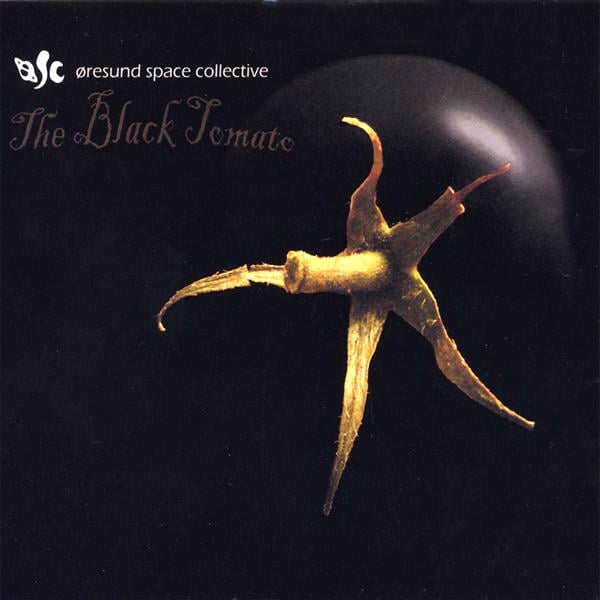 THE BLACK TOMATO
THE BLACK TOMATOØresund Space Collective |
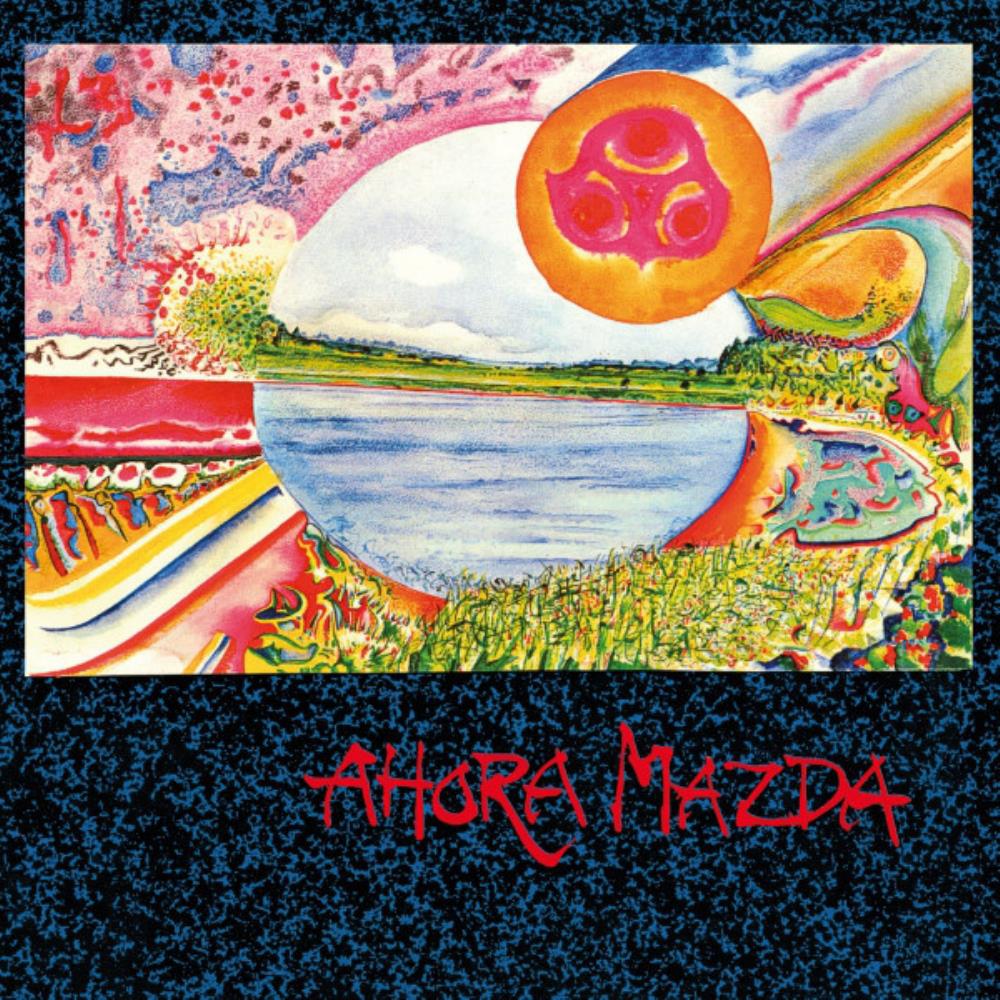 AHORA MAZDA
AHORA MAZDAAhora Mazda |
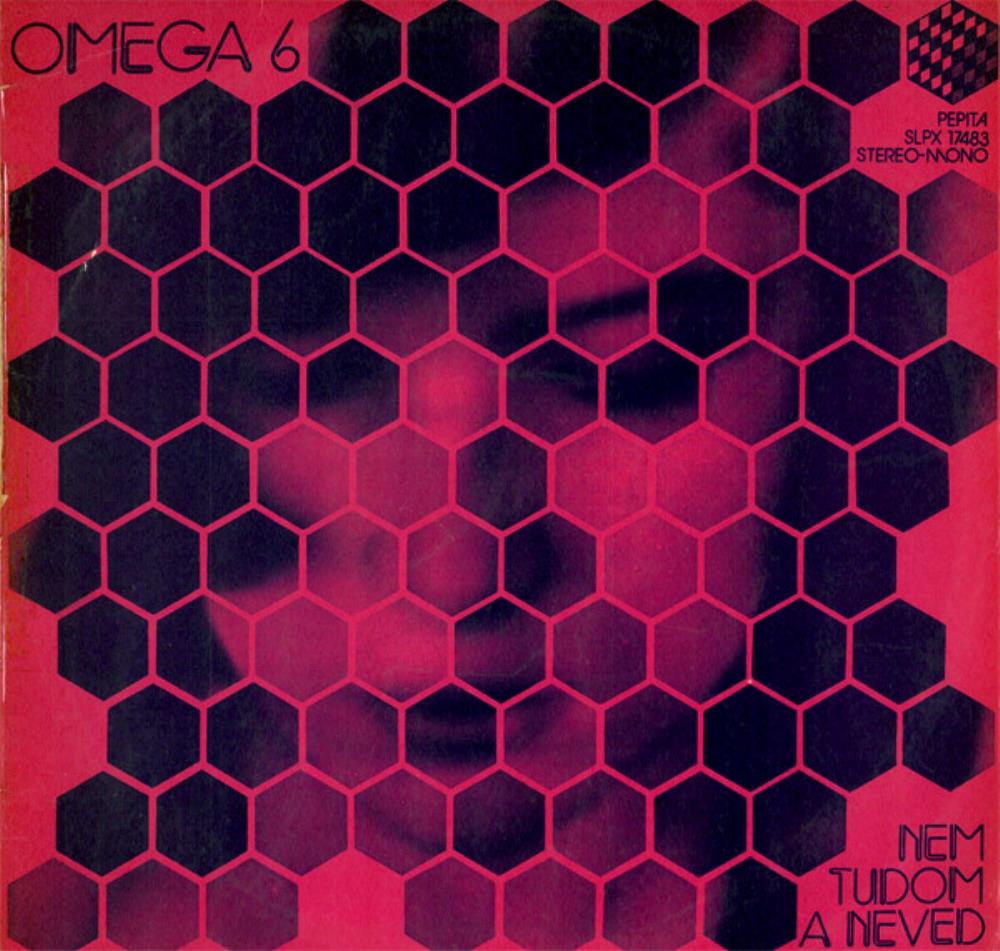 OMEGA 6 - NEM TUDOM A NEVED [AKA: TűZVIHAR/STORMY FIRE]
OMEGA 6 - NEM TUDOM A NEVED [AKA: TűZVIHAR/STORMY FIRE]Omega |
Latest Psychedelic/Space Rock Music Reviews
Hawkwind Psychedelic/Space Rock
Review by Condor7
 This album follows in similar vein to the recent output and that is no bad thing. You could almost call this an
instrumental album, although in actual fact only a very few tracks are totally instrumental. However vocals are in
general brief and occasional and perhaps slightly too far in the mix although that seems to be their style these days.
The closing song A Long Long Way From Home is the gentlest track on the album leaving us in a more calm mood
and you could be fooled into thinking it is an instrumental when in fact the song title is just sung once right at the
end. Space Continues (Lifeform) is totally instrumental over its 8 minute journey and my favourite track on the
album, play it loud and try and tell me there is not a hint of Pink Floyd's One Of These Days.
This album follows in similar vein to the recent output and that is no bad thing. You could almost call this an
instrumental album, although in actual fact only a very few tracks are totally instrumental. However vocals are in
general brief and occasional and perhaps slightly too far in the mix although that seems to be their style these days.
The closing song A Long Long Way From Home is the gentlest track on the album leaving us in a more calm mood
and you could be fooled into thinking it is an instrumental when in fact the song title is just sung once right at the
end. Space Continues (Lifeform) is totally instrumental over its 8 minute journey and my favourite track on the
album, play it loud and try and tell me there is not a hint of Pink Floyd's One Of These Days.
Magick Brother & Mystic Sister Psychedelic/Space Rock
Review by
Mellotron Storm
Prog Reviewer
 3.5 stars. MAGICK BROTHER & MYSTIC SISTER are from Spain and released their debut in 2020 as a four piece. In 2024
they returned with a vengeance as a trio, releasing two studio albums, and both based on Tarot cards. And just for
your information Walter Wegmuller released an album called "Tarot" back in 1973, with a who's who of Krautrock
musicians.
3.5 stars. MAGICK BROTHER & MYSTIC SISTER are from Spain and released their debut in 2020 as a four piece. In 2024
they returned with a vengeance as a trio, releasing two studio albums, and both based on Tarot cards. And just for
your information Walter Wegmuller released an album called "Tarot" back in 1973, with a who's who of Krautrock
musicians.I have to admit that this album isn't sticking to my little brain. It's bizarre that other than one track, I feel like this is a lot of spacey soundscape music. Mellotron and synths rule. "Part II was released 7 or 8 months after "Part I" and this latest comes across as being the left overs from the "Part I" sessions. I don't know this, I'm just saying what it sounds like. The guest flute is missing from "Part I" as well, but essentially this is the same trio with the same guests.
In the liner notes they show track 1 "Strength" as being track 11, so a continuation from "Part I". Except that there were eleven tracks on "Part I" so "Strength" should be track 12. Regardless, this "Part II" just feels mailed in to me, or the left overs. I like it, and I'm not sure why I am just not connecting to it at all. Keep in mind I know several fans who prefer "Part II" by a wide margin. I feel the exact opposite. The one song that did standout was "Sun". It feels energetic even though it's mid-paced, because the music on here really does feel like soundscapes that just don't move much.
I'll keep this review short as I'm just not absorbing the music enough. "Part I" is in my top 10 for 2024, while this one I will remember as being a disappointment.
Øresund Space Collective Psychedelic/Space Rock
Review by alainPP
 1. Skin Walker drums by Innuendo, right at the start; 23 minutes later, we wake up from the OSC trance, time has
moved, but our limbs haven't, they're stiff, proof that this music affects time and space; in short, simply captivating.
2. Enos Donut for the tinkering around close encounters of the third kind, before and after the famous encounter
and the mountain climb; A sound that spins, that comes and goes
3. Orgone Unicorn for its atmospheres combining oriental sounds, reverberating bells with the typical sounds of
TANGERINE DREAM, captivating and heady
4. Kraut Toe Trip for its typical OSC signature, indecipherable with dark, cursed guitar sounds, from the era of the
Mandarin dream of the early 70s
5. Omnia Magnifico for its syncopal musical impulses, its electronic drums, its violin, in short, OSC jamming with,
again and again, the oriental atmosphere in the distance
6. Red Panda in Rhodes for the adjustment of the different keyboards or the short interlude, for the bathroom
break?
7. David Graham's Wormhole Ride for this sound reminding me of the metronomic tunes of PIL, yes, PUBLIC IMAGE
LIMITED also knew how to be repetitive; after that, TANGERINE DREAM returns at a gallop, radically changing the
atmosphere; After 5G acceleration into hyperspace!
In short, 130 minutes strapped to the seat for a free round trip into space?amazing! (3.5)
1. Skin Walker drums by Innuendo, right at the start; 23 minutes later, we wake up from the OSC trance, time has
moved, but our limbs haven't, they're stiff, proof that this music affects time and space; in short, simply captivating.
2. Enos Donut for the tinkering around close encounters of the third kind, before and after the famous encounter
and the mountain climb; A sound that spins, that comes and goes
3. Orgone Unicorn for its atmospheres combining oriental sounds, reverberating bells with the typical sounds of
TANGERINE DREAM, captivating and heady
4. Kraut Toe Trip for its typical OSC signature, indecipherable with dark, cursed guitar sounds, from the era of the
Mandarin dream of the early 70s
5. Omnia Magnifico for its syncopal musical impulses, its electronic drums, its violin, in short, OSC jamming with,
again and again, the oriental atmosphere in the distance
6. Red Panda in Rhodes for the adjustment of the different keyboards or the short interlude, for the bathroom
break?
7. David Graham's Wormhole Ride for this sound reminding me of the metronomic tunes of PIL, yes, PUBLIC IMAGE
LIMITED also knew how to be repetitive; after that, TANGERINE DREAM returns at a gallop, radically changing the
atmosphere; After 5G acceleration into hyperspace!
In short, 130 minutes strapped to the seat for a free round trip into space?amazing! (3.5)
Chroma Key Psychedelic/Space Rock
Review by
A Crimson Mellotron
Prog Reviewer
 'You Go Now' is the second solo studio album released by Dream Theater founding member and original keyboard player Kevin Moore, under his Chroma Key moniker. It is well-known that Moore had left DT to pursue his personal musical interests, which unlike the branch of progressive metal developed by the US-based band, had inclined much more towards the world of electronic music, and this 2000 release is precisely about Moore's exploration of this style, blending elements of ambient, lo-fi, lounge music, rock and psychedelia, the fascinating underground prog pioneer brings a collection of finely-tuned and mellow pieces, with half of the album being instrumental, and another half focusing on the vocal tracks. 'You Go Now' is quite similar to what Moore had done previously on the first Chroma Key album, although this time there is a greater focus on programming, effects, and production, while his first album was more piano-based and song-oriented.
'You Go Now' is the second solo studio album released by Dream Theater founding member and original keyboard player Kevin Moore, under his Chroma Key moniker. It is well-known that Moore had left DT to pursue his personal musical interests, which unlike the branch of progressive metal developed by the US-based band, had inclined much more towards the world of electronic music, and this 2000 release is precisely about Moore's exploration of this style, blending elements of ambient, lo-fi, lounge music, rock and psychedelia, the fascinating underground prog pioneer brings a collection of finely-tuned and mellow pieces, with half of the album being instrumental, and another half focusing on the vocal tracks. 'You Go Now' is quite similar to what Moore had done previously on the first Chroma Key album, although this time there is a greater focus on programming, effects, and production, while his first album was more piano-based and song-oriented.The music is incredibly moody and mellow, kind of like a contemporary electronic rock rendition of Alan Parsons, but significantly more elegiac and occasionally desperate. Moore proves to be a master of feel and texture as he explores both of these elements in depth on 'You Go Now', as the album offers some of his most memorable songs (the opening track 'Get Back in the Car', 'Another Permanent Address', and 'Astronaut Down', all of which have an incredibly elusive ambient texture to them, yet manage to remain faithful to the structure and expressive force of rock music, with Moore punctuating the atmosphere with bits of psychedelia). On the other hand, this record also goes into some instrumental ventures, and these turn out to be rather enjoyable more often than not - 'Lunar' is quite laid back, while 'When You Drive' introduces some lounge soundscapes. 'Subway' and the title track seem to be a bit muddy, but this does not undermine the quality of an album that is rather unusual. Kevin Moore can be sufficiently eclectic to keep you interested in what comes next and his emotive approach to composing music is what renders his work so potent and evocative.
Magick Brother & Mystic Sister Psychedelic/Space Rock
Review by Stoneburner
 Spain give us another gift in music Magick Brother & Mystic Sister formed in Barcelona in 2013, and its
members have participated in multiple musical projects, among which I'd like to highlight Akron, a Magic
Pop favorite. The original project was called Fungus Mungus, where they set the Tarot to music. The band is
made up of Eva Muntada (vocals, piano, organ, synthesizers, and mellotron), Xavi Sandoval (guitar, sitar,
and bass, as well as mixing), Maya Fernández (flute), and Marc Tena (vocals and drums). The project began
to take shape in the early 2000s when the first two met Daevid Allen at the Canterbury Festival. They even
released a DVD of the documentary about Gong's performance in Montserrat, entitled "Gong Montserrat
1973 and Other Stories." Maya and Marc joined the project in 2013, forming the band. They began
performing live covers of Soft Machine, Skin Alley, and Jethro Tull, before later focusing on their own
creations.
There's also Krautrock influence?think Guru Guru, early Eloy, or Can?and the Canterbury sound of Gong.
You can also hear early Hawkwind and the psych side of Pink Floyd's first records.
Right from the first track, "The Fool," you know you're stepping into something special. The band doesn't
rush anything. The music unfolds slowly, naturally?like incense smoke swirling in a candlelit room. This is
pure, analog-feeling psychedelic prog with deep roots in late-'60s and early-'70s sounds, but it never comes
off as copycat. Think early Gong, some Amon Düül II, or even the quieter parts of Pink Floyd's Obscured by
Clouds?but more colorful, more melodic.
Spain give us another gift in music Magick Brother & Mystic Sister formed in Barcelona in 2013, and its
members have participated in multiple musical projects, among which I'd like to highlight Akron, a Magic
Pop favorite. The original project was called Fungus Mungus, where they set the Tarot to music. The band is
made up of Eva Muntada (vocals, piano, organ, synthesizers, and mellotron), Xavi Sandoval (guitar, sitar,
and bass, as well as mixing), Maya Fernández (flute), and Marc Tena (vocals and drums). The project began
to take shape in the early 2000s when the first two met Daevid Allen at the Canterbury Festival. They even
released a DVD of the documentary about Gong's performance in Montserrat, entitled "Gong Montserrat
1973 and Other Stories." Maya and Marc joined the project in 2013, forming the band. They began
performing live covers of Soft Machine, Skin Alley, and Jethro Tull, before later focusing on their own
creations.
There's also Krautrock influence?think Guru Guru, early Eloy, or Can?and the Canterbury sound of Gong.
You can also hear early Hawkwind and the psych side of Pink Floyd's first records.
Right from the first track, "The Fool," you know you're stepping into something special. The band doesn't
rush anything. The music unfolds slowly, naturally?like incense smoke swirling in a candlelit room. This is
pure, analog-feeling psychedelic prog with deep roots in late-'60s and early-'70s sounds, but it never comes
off as copycat. Think early Gong, some Amon Düül II, or even the quieter parts of Pink Floyd's Obscured by
Clouds?but more colorful, more melodic.The instrumentation is full of vintage keyboards (mellotron, organ, Moog), hypnotic basslines, soft female vocals that drift in and out like a ghost in a dream, and guitars that shimmer rather than shred. There's no rush to get anywhere, and that's the beauty of it. The songs feel like Tarot cards being turned one by one? each one opening a new scene, a new feeling.
1. The Fool The perfect opening. Light, mysterious, and playful?just like the Tarot card itself. The melody feels like a character stepping into the unknown, wide-eyed and curious. The drums are soft, the organ dreamy. It's a gentle invitation into the band's world, with that hazy, late-'60s vibe already in full effect.
2. The Magician More grounded than the opener, this one brings a subtle groove and more focused arrangements. You can feel the intention behind the music?like something's being conjured. The synth lines swirl around like smoke, and the bassline really drives the spell forward. You start to sense that this album is not just a collection of moods?it's telling a story.
3. The High Priestess Mysterious and slow-burning. A standout. The vocals are ethereal, almost whispered, and the keys paint this misty, sacred space. The atmosphere is everything here?beautifully restrained, but layered with meaning. You don't just hear this track, you feel it on your skin.
4. The Empress Here things start to bloom. There's a warm, almost pastoral energy?like walking through a garden at sunrise. Flutes and soft guitar lines give it a folky touch, very early Gong or maybe even something out of the Italian prog scene. The rhythm flows naturally, almost womb-like. A nurturing, enveloping piece.
5. The Emperor The contrast to "The Empress" is perfect. This one's more structured, heavier. There's a quiet authority in the rhythm section and more pronounced organ work. It's not aggressive?but it stands firm, grounded. You can feel the Tarot card in the music: power, presence, control.
6. The Hierophant One of the more esoteric pieces. Echoes of Krautrock here?slow, ritualistic pacing, lots of space between the notes. The textures are deep, almost meditative. If the Hierophant is about spiritual tradition, this track sounds like it's channeling some cosmic church service in another dimension.
7. The Lovers Probably the most melodic track on the album. It has a dreamy romanticism to it?tender vocals, gentle guitar arpeggios, and a real sense of connection between the instruments. There's no drama, no big climax. Just two musical forces intertwining. It's beautiful.
8. The Chariot More movement here. The drums pick up, the tempo shifts, and things start to push forward. It's not explosive, but it's clearly going somewhere. Feels like a cosmic road trip?lots of swirling keys and that classic '70s psych-prog momentum.
9. Strength A slower, deeper cut. It doesn't show off?just holds its own. The bass is heavy and grounding, while the organ creates a kind of floating contrast. There's emotional weight here, but no melodrama. It's subtle strength, just like the Tarot card.
10. The Hermit A quiet moment of reflection. Sparse arrangement, more ambient textures. You can hear the solitude in the music. It's not sad, though?it's thoughtful, inward-looking. Like watching the stars alone from a mountaintop.
11. Wheel of Fortune The closer ties it all together. It has ups and downs, changes in tempo, shifting dynamics?just like the ever- turning wheel. There's a sense of motion and resolution. It doesn't end with a bang, but with a kind of knowing exhale. The journey pauses here? until Part II.
Tracks like "The High Priestess" and "The Lovers" are standout moments?not because they try to blow you away, but because they invite you in. This is headphone music. Room-dark, incense-lit, eyes-closed kind of stuff. There's also a strong cinematic vibe?like a forgotten European film soundtrack from 1972.
As an album, Tarot Pt. I is a space to get lost in. It flows beautifully and builds a dream world that continues in Tarot Pt. II. But this first part stands solid on its own. It's patient, immersive, and incredibly well-crafted.
For lovers of cosmic prog, mellow psych, and vintage sound textures. Magick Brother & Mystic Sister aren't just looking backward?they're reaching across time, channeling something old and making it new again. This record is slightly better than their sequel Both are great
Magick Brother & Mystic Sister Psychedelic/Space Rock
Review by Stoneburner
 A Magick and Mystic Tarot
A Magick and Mystic Tarot I don't know how many times I've written this, but Spain is experiencing a rebirth, a revival, a new wave of great music?especially in the progressive scene. Just a few days ago, I was listening to a band that I swore was from the late '60s. But no?it's from the 2020s.
Magick Brother & Mystic Sister is a band from Barcelona, Spain, and they feel like a reincarnation of those great psychedelic bands from the late '60s to mid-'70s. There's Krautrock influence?think Guru Guru, early Eloy, or Can?and the Canterbury sound of Gong. You can also hear early Hawkwind and the psych side of Pink Floyd's first records. But what's amazing is that the band still sounds original. They don't just imitate their influences?they use them to create something fresh.
This is the band's third album, and it moves between different atmospheres and textures: layered keyboards, dreamy vocals, hypnotic drums and bass, and long, expressive guitar solos.
Tarot Part II is the counterpart to Tarot I. It's less adventurous than Part I, but it met my expectations as a continuation of the band's journey. It opens with "Strength," and from there the album flows like a long meditation?spacey, atmospheric, and textured. It breaks at times with voices, guitar solos, or delicate arpeggios. It's really beautiful. The music feels organic?it grows and retracts like a living thing.
It's almost impossible to do a track-by-track breakdown because the album feels like one cohesive whole that evolves as it goes. That said, track 9, "The Sun," stands out as something a little different?a kind of refreshing American bossa nova touch. In the end, Tarot Part II confirms that Magick Brother & Mystic Sister are not just another retro band. They've taken the spirit of an era and shaped it into something personal, sincere, and timeless. The album doesn't try to impress with technical showmanship or big climaxes?it pulls you in with atmosphere, feeling, and flow. It's the kind of record you sit with, close your eyes, and let it take you somewhere else.
Spain keeps giving us these hidden gems, and this band is right up there with the best of the new progressive wave. Highly recommended for anyone into psychedelic prog, cosmic vibes, and albums that feel like a journey rather than just a collection of tracks.
Magick Brother & Mystic Sister Psychedelic/Space Rock
Review by Pascaline.ha
 Chronique Magick Brother and Mystic
Sister.
Chronique Magick Brother and Mystic
Sister.Quelle belle découverte psychédélique ! De surcroît accessible. Je fus comme suspendue, devant cette effervescence sonore. D'où émerge une atmosphère spatiale aux concomitances "floydiennes". Mon ouïe fut embarquée par ces effluves vintage rappelant un tant soit peu les beaux jours du groupe GONG dans des sonorités en moins excentriques, plus somptueuses, et voluptueuses de la scène Canterbury's proche également de CARAVAN, plus précisément de l'époque "If I Could Do it all Over again?" Mais, dès le début du répertoire des saccades enivrantes, combinées avec une basse envoûtante, hypnotique, convergent vers des notes radieuses, virevoltantes à souhait. L'ambiance y est "psyché", surréaliste, tribale. À cela, j'ajoute des couches électros pour parfaire l'aspect cosmique. Ça.."vocode" à tout va ! si je puis m'exprimer ainsi. En veux-tu en voilà ! Le combo accentue la prosodie en juxtaposant des réverbérations de voix féminine. Sans être pour autant prosaïque ni cartomancienne, le mystique a certains attraits qui me sied. J'en conclus là, inopinément, pour la première carte du tarot de Marseille " The Fool" l'une des vingt-deux arcanes majeurs du tarot divinatoire. Voilà, à brûle pourpoint, un petit cliché éphémère de la thématique de l'album. Si, je vous ai donné l'eau à la bouche, j'en serais fort aise ! Toutefois, il serait opportun désormais d'apporter de l'eau au moulin concernant nos deux lascars catalans tout droit venus de Barcelone, si j'en crois les infos recueillies. Une anecdote aurait été rendue publique par le duo. Elle évoque l'épisode impliquant DAEVID ALLEN (cofondateur de Soft Machine et créateur de Gong). Cela remonte en 2000 lorsque EVA MUNTADA (piano, synthé, orgue, Mellotron, vocals) et XAVI SANDOVAL(basse, guitares, mandoline, voix , sitar, backing vocals basse/ guitare) l'ont rencontré lors d'un festival à Canterbury où se produisaient GONG, CARAVAN et ARTHUR BROWN. Quelques décennies plus tard, le binôme se lance avec brio dans leur premier projet créatif. Ils choisissent, comme nom du groupe " Magick Brother & Mystic Sister ", en référence au premier titre du premier album de GONG. Cet événement fut source d'inspiration pour le combo puisqu'il s'enrichit de MARC TENA (batterie et chant) et de MAYA FERNÀNDEZ (flûte). Afin de donner vie au projet, Ils publient en 2020 leur premier album éponyme. Le quatuor sort de l'ombre, à la lumière d'une presse dithyrambique. Il aura fallu néanmoins quatre années de gestation pour que les espagnols de "MB&MS" accouchent d'un nouveau projet. Il a vu le jour sous le label grec "Sound Effect Record" le 29 mars 2024 titré "Tarot Part 1". Ce sera le premier volet d'une série en deux parties. Ils s'inspirent notamment des cartes du tarot divinatoire des arcanes majeurs. Pour cette première partie onze cartes seront tirées. Auxquels sont associés onze morceaux plutôt ramassés représentant les cartes du tarot. Mais, avant de me lancer dans la narration des divines cartes. Je souhaite vous faire partager une sensation controversée qui m'amène à cette réflexion. Certes, via ces quelques lignes vous y avez sûrement décelé un élan d'enthousiasme et d'euphorie. Une sensation tout à fait justifiée à l'égard de cette formation. Cependant, que ce fut difficile d'y plonger sans décrocher puis, d'en extraire matière à écrire. Pataugeant dans mon marasme linguistique, il a fallu être assidu, concentré. Il m'aura fallu énormément d'écoute. Est-ce une aphasie, une sorte de catharsis liée à l'extase de ces notes radieuses, virevoltantes, aériennes, cosmiques, relaxantes, oniriques, qui ont traversé mon lob frontal ? Ainsi inoculé, je fus perplexe, confuse, divergente, sans pouvoir y aligner le moindre mot. Aurai-je été plongée dans un songe ? Bref, un autre point m'interpelle. Est-ce une coïncidence, l'alignement des étoiles, une intervention divine ? aurait-elle guidé mon choix pour cette nouvelle découverte ? Quelle qu'en soit la raison, je suis heureuse d'avoir fait ce choix, ô combien judicieux. Cela m'a permis de me délecter d'un kaléidoscope sonore en tout point remarquable de la formation sis Catalogne. Un son rétro futuriste, folk, avec des accointances néo Canterbury psychédélique. Estampillé rock psychédélique/ Space Rock. Avec autant de marqueurs seventies, j'espère sincèrement que vous n'imaginez pas que nos loustics seraient une pâle copie, un prog rétrograde de GONG ? Il n'en est rien, je vous en conjure ! Seul le nom du groupe est un indicatif et un hommage à leur aîné. Ils ont su au travers leurs influences musicales, leurs appétences, trouver leurs propres identités. Et qui plus est, leur empreinte sonore ne laissera personne indifférent. Mais, voyons les cartes que nos hôtes ont tirées pour les convives. La première carte " The Fool" il faut se l'avouer, les jalons avait bien été posés dès l'album éponyme. On retrouve ici, ces sonorités psychédéliques moins déjantées certes, que leur aîné avec une touche cosmique, hypnotique, envoûtante, une orchestration conçue aux petits oignons de derrière les fagots. Wouah ! ça titille les esgourdes vers un voyage onirique. La seconde carte montre le magicien "The Wizard". S'ouvre alors, un narratif et, à l'instar de "The Fool" emporte l'auditeur au pays des songes. La magie opère, l'ambiance psychédélique demeure. Subrepticement se dévoile à l'ouïe des phases éphémères, évanescentes, au piano, à la guitare, au mellotron trois minutes de rêve instantané. Le rêve se poursuit à l'écoute du troisième tirage "The High Priestess" Les réverbérations des voix féminines se superposent sur des séquences folk/médiévales de toute beauté. S'ensuit la quatrième carte "The Empress" les envoûtantes vocalises féminines se déclinent dans l'apaisement et la sérénité. Un moment de nostalgie captivant. S'enchaînent allègrement "The Emperor" trois minutes Canterbury's , cinématographique aux réminiscences de CARAVAN. Quant à "The Hierophant" , les notes mystiques du sitar transcendées par les accords magiques de TONY JAGWAR dans un rythme effréné, apportent l'orient à portée de l'ouïe. "The Lover", les douces harmonies de la sitar évoquent à nouveau les sonorités sino -orientales. "The Chariot", une fioriture de sonorités prog psyché, émerge le long de mon lob auditif. Ne serait ce pas des réminiscences à "Sweet Smoke just a poke" combiné à la magie de la flûte de MAYA FERNÀNDEZ ? Une merveille d'exotisme. "The Justice" Un dream prog Canterbury associé aux harmonies de la flûte et de la voix d'Eva. Épique ! "The Hermit", l'immersion dans un espace sonore méditatif, obscur et futuriste. Intrigant ! L'opus se conclut avec : "The Wheel of Fortune". Un final qui mêle sons et pulsations charnelles. Les combinaisons sonores évoquent une impression d'apesanteur, les voix masculines y sont feutrées et se réverbèrent à l'unisson. Nous sommes dans un tempo plutôt lent, les saccades derrière les fûts fluctuent. L'alchimie agit. La beauté des notes s'enchevêtrent avec légèreté dans une atmosphère psyché cosmique. Une composition à la beauté formelle, comme le sont, l'ensemble des onze compositions merveilleusement orchestrées pour charmer vôtre ouïe et jouir de ses parements sensoriels. Puis, arrive le moment fatidique de la conclusion. Où demeurent sans réponse les sempiternelles supputations, interrogations ? Pourquoi n'ont-ils pas fait un double album part 1 et part 2 ? Est-ce le temps de digérer le premier ? Ou peut- être de faire grimper au rideau l'auditeur d'impatience ? Outre ces questions sans réponse, il me semble également avoir omis d'évoquer la virtuosité du combo, la symbiose qui en émane, condition sine qua none d'une bonne d'orchestration. Puis, le charme des vocalises d'Eva. J'en conclus là mes omissions. Enfin, pour l'avenir, sans l'ombre d'un doute, j'envisage un avenir prometteur pour les Catalans de MB&MS.
Ekzilo Psychedelic/Space Rock
Review by Stoneburner
 Another great spanish band
Another great spanish bandAs I've said before, this is a good era for Spanish progressive music. In recent years, we've heard great bands like Malabriega, Noah Histeria, Cielo Drive, Vientos Moderados del Este, Jordi Farreras, Joan Villalonga, and Javier Miranda. The Astronomy Records label has been steadily guiding the genre's train, along with Rafa from the Amarxe label?another Spanish imprint leaving a strong mark on the global prog scene.
Now we have Eksilo, a very interesting band that bursts through the front door with a strong debut. Quantum Phase Transition blends extreme metal with jazz fusion and neo-progressive touches. When I heard the opening track, "Patibulum," I was caught off guard?in a good way. It's a devastating, powerful start. But from there, the album slowly moves away from that intensity and drifts into something more predictable. Not bad, just less gripping. The band clearly has chops?these are skilled, creative musicians? but as the album progresses, the surprise factor fades and things start to drag. Some tracks left me wanting more; others just wore me out.
Eksilo is a great band with a promising future. They're still finding their voice, and that's okay. If the album had a more defined concept or theme, it might've held together better. As it stands, I'd stick with "Patibulum" and "Evolution" as highlights. The rest, while well played, didn't quite land for me and at times slipped into boredom. Despite that Eksilo is a great band that deserves more stars but for now on it has to improve those moments and evolve.
Ekzilo Psychedelic/Space Rock
Review by Circuito_Prog
 The particles shift their collective behavior.
The particles shift their collective behavior.'Quantum Phase Transition' is an album that confidently stands on that fine line where restraint is worth more than excess. This mostly instrumental work, with only two vocal tracks (the opener and the closer), dives into a state of carefully measured sonic contemplation.
I came into it without any prior knowledge of the band's earlier material, so I wasn't expecting that raspy voice in "Patibulum" It caught me off guard - in the best way. That intensity, that controlled frenzy, immediately brought Between the Buried and Me to mind, especially those sections where everything seems to break apart, yet never fully loses its shape. You're left wanting more vocals - there's a real curiosity about how that voice, somewhere between clean and shredded, might have blended into other moods across the album. Still, the decision to use it only at the beginning and ending has its own logic - and it works.
The interplay between the musicians feels intentional, but never stiff. There's a constant dialogue; they listen to each other, give space, push and pull. "Brujería" encapsulates that perfectly: tight rhythm, collective growth, and an outro with Spanish guitar that's not just for show or folklore - it closes with identity, with a sense of place.
What truly elevates this album above the average is the keyboard work. It's not background - it's foundation. It builds atmosphere without becoming dense, sustains tension without being predictable. There's a melodic sense always present, yet never obvious; piano, synthesizers, Rhodes, Hammonds... everything in its right place, delivered with impeccable taste. There are moments when a single texture or ambiance speaks louder than any virtuosic solo - and that's not easy to pull off.
This isn't an immediate album, and it doesn't need to be. It has layers, patience, intention. Once it pulls you in, there's no rush to leave - and when it's over, you feel the need to return, just to find something you missed the first time.
This band still has room to grow. Within their style, there are ideas and concepts that deserve deeper exploration. No doubt - their best record is still ahead.
Music: 4 stars
Lyrics: 3 stars
Execution: 5 stars
Emotion: 4 stars
Production: 4 stars
Artwork: 3 stars
Average: 3.83
Far East Family Band Psychedelic/Space Rock
Review by Lobster77
 While Germany or Britain are most known for being at the forefront of electronic psychedelic music, Japan certainly
had its share of cosmic travelers. One of the best of these groups was Far East Family Band, a band who would gain
some stature throughout the world during the latter part of the 1970s. These guys would frontier Japanese prog.
While Germany or Britain are most known for being at the forefront of electronic psychedelic music, Japan certainly
had its share of cosmic travelers. One of the best of these groups was Far East Family Band, a band who would gain
some stature throughout the world during the latter part of the 1970s. These guys would frontier Japanese prog.Klaus Schulze was one such luminary to be attracted by this six-piece Japanese ensemble. Helping produce their early albums (the first two albums are very similar, the latter of which was re-recorded and sung in English, and other slight variations), Schulze saw an opportunity to promote cosmic rock all over the globe. However, I always felt the debut album/successor tried too hard to be the next Dark Side of the Moon. The instrumental bits are great only to be ruined by sensitive pop ballads - not Far East Family Band's strong suit I'm afraid.
But it all came together on Parallel World. Focusing on their instrumental cosmic sound and pretty much foregoing the pop commercial-oriented songs, the six-piece Far East Family Band unleashed a gem that easily could have found itself on the Kosmische Kouriers label. In fact, the recording comes closest to sounding like the first Cosmic Jokers album with more focus given to the whooshing synthesizers than the guitars (Schulze's influence?). As one can guess, the two keyboard players are featured most prominently, and it's hard to imagine that Far East Family Band actually had two guitarists as well!
The album opens with 'Metempsychosis' which is a tribal drum and synthesizer atmospheric backdrop piece that sets the stage for 'Entering' which contains some intense fuzz bass and a ripping guitar sequence among the 12 minutes of keyboard ecstasy. Brilliant, and this is one of finest tracks Far East Family Band has ever recorded! 'Kokoro' is psychedelic ballad. This is the sort of piece their first albums featured, so one can get a whiff of this style, if not familiar. The side long closing title track sounds like a long-lost Galactic Supermarket recording and aptly finishes a masterwork of cosmic progressive space rock. 5.0


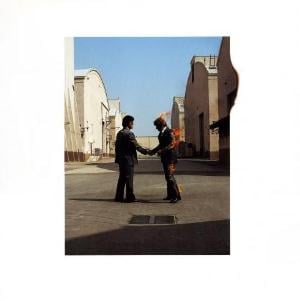
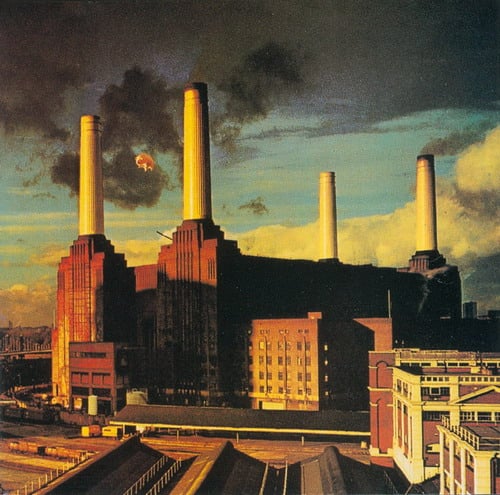
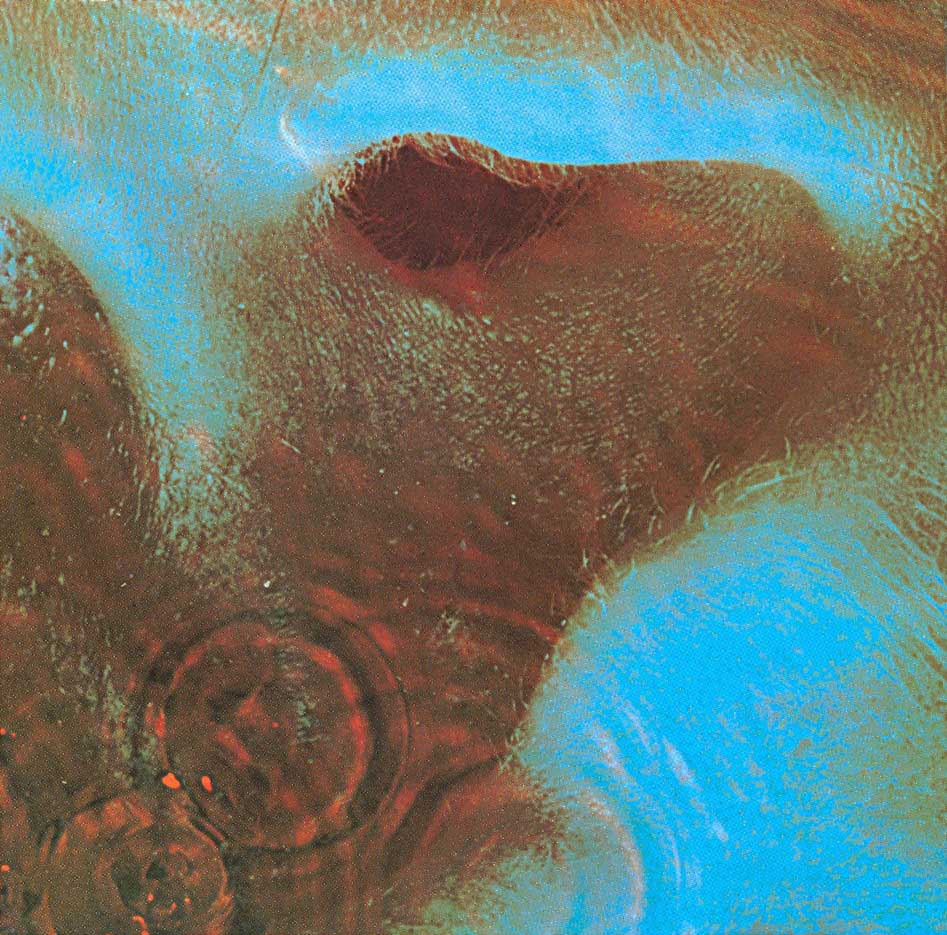
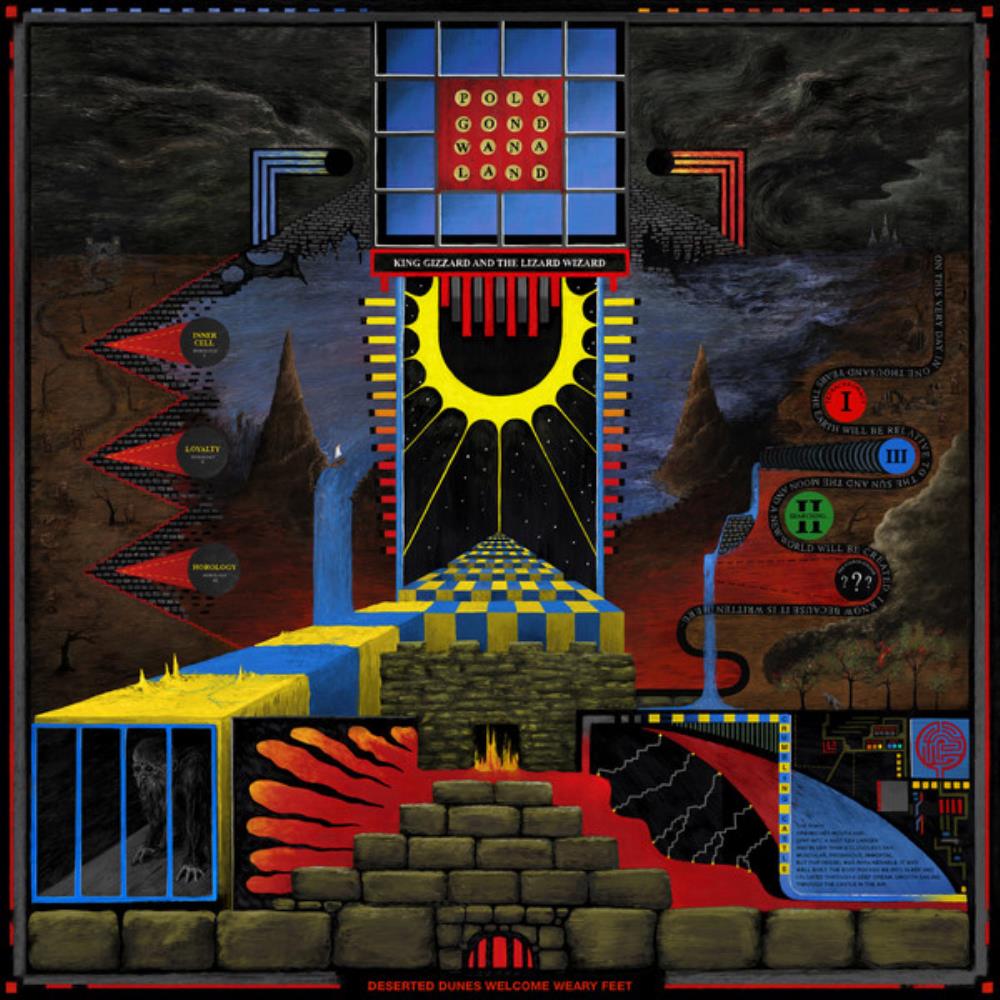
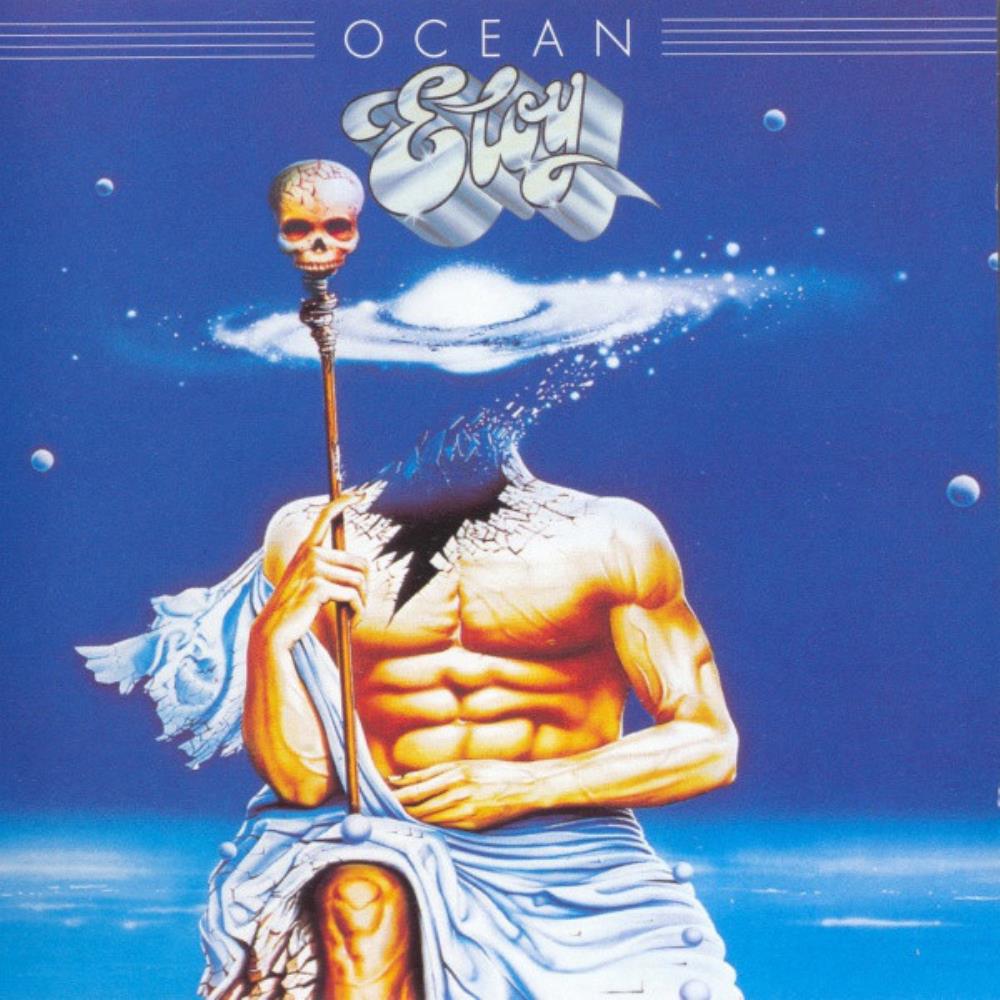
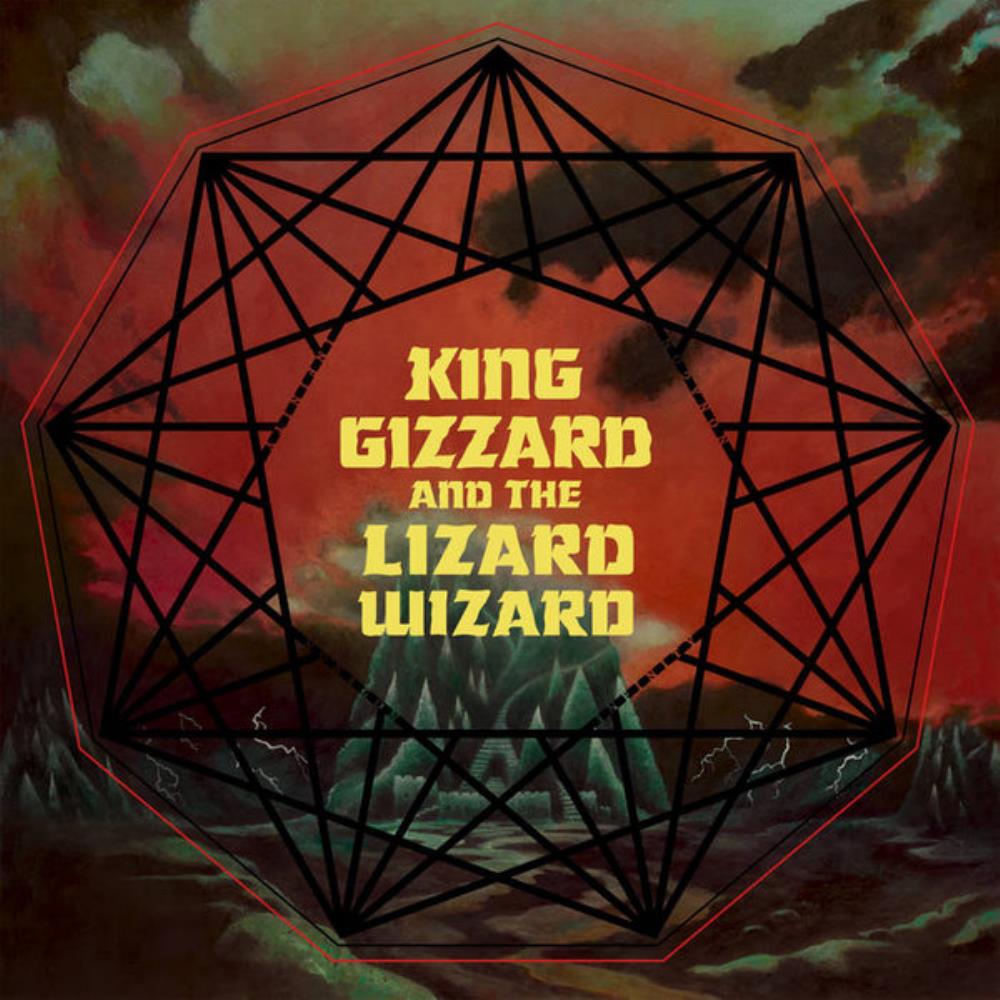
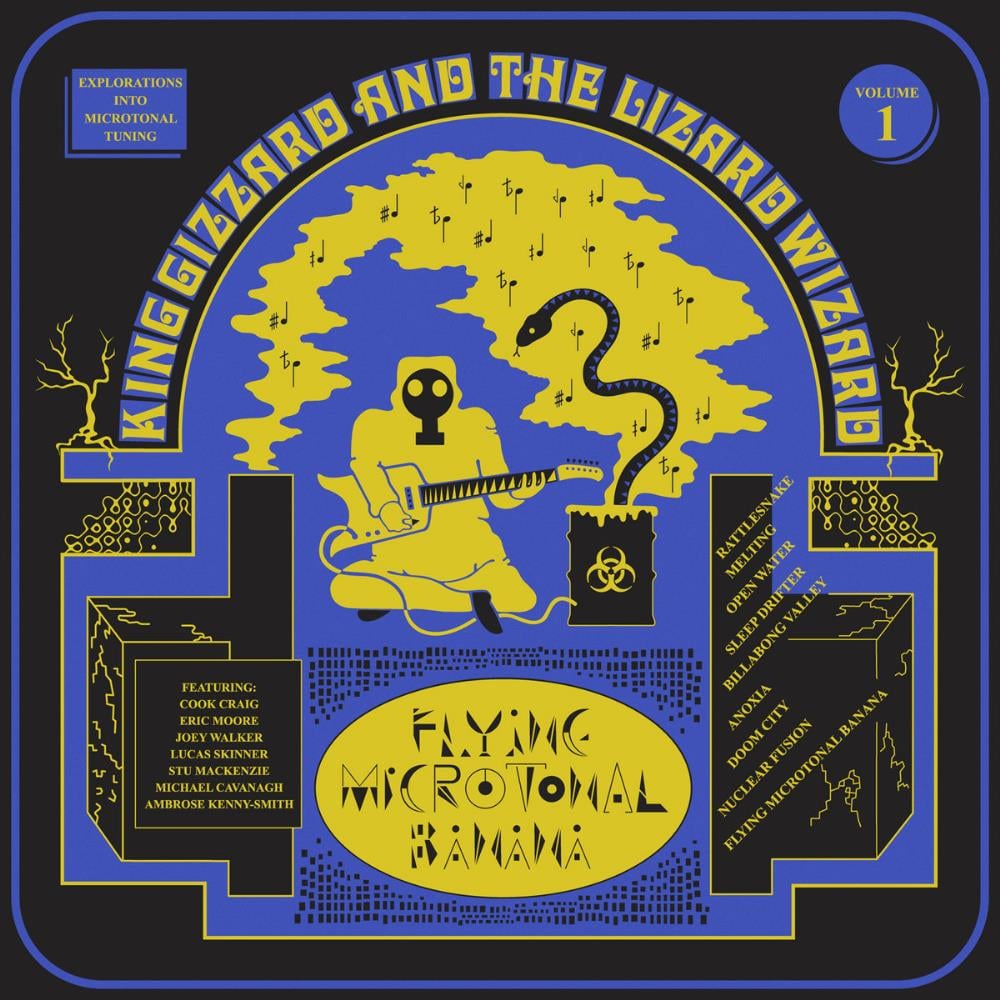
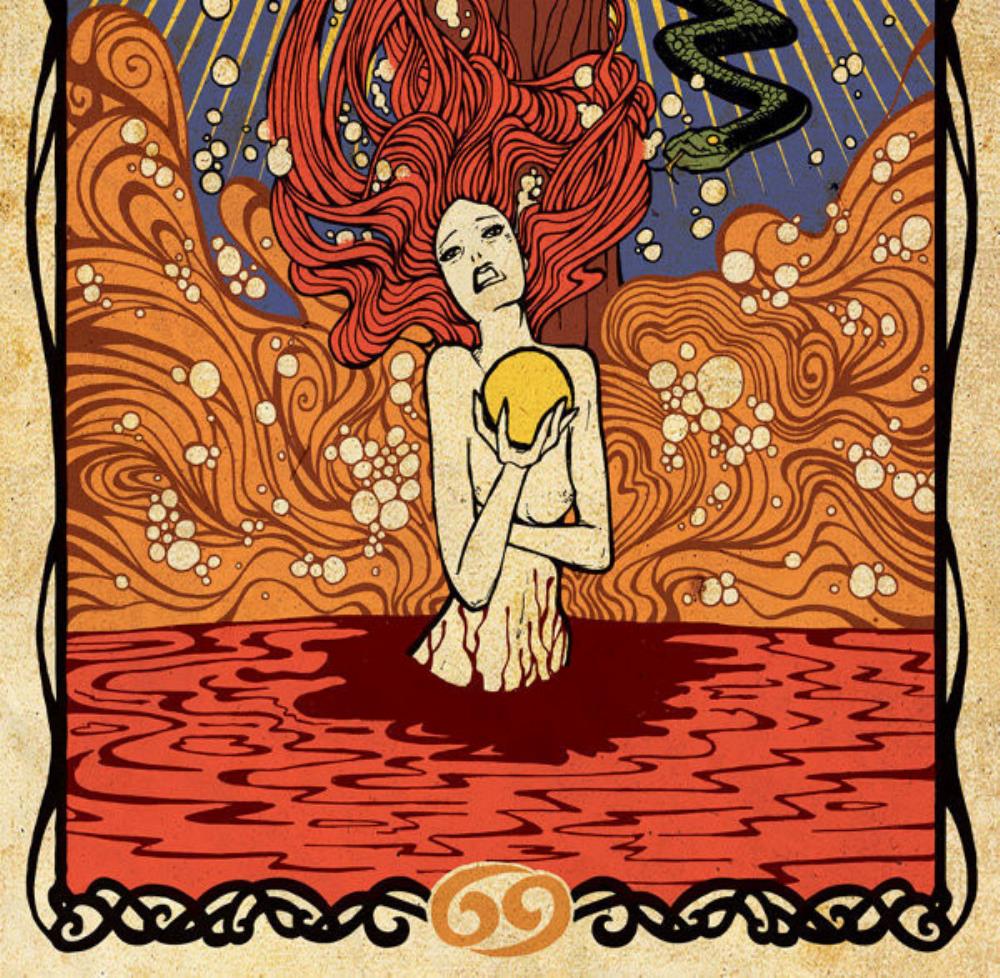
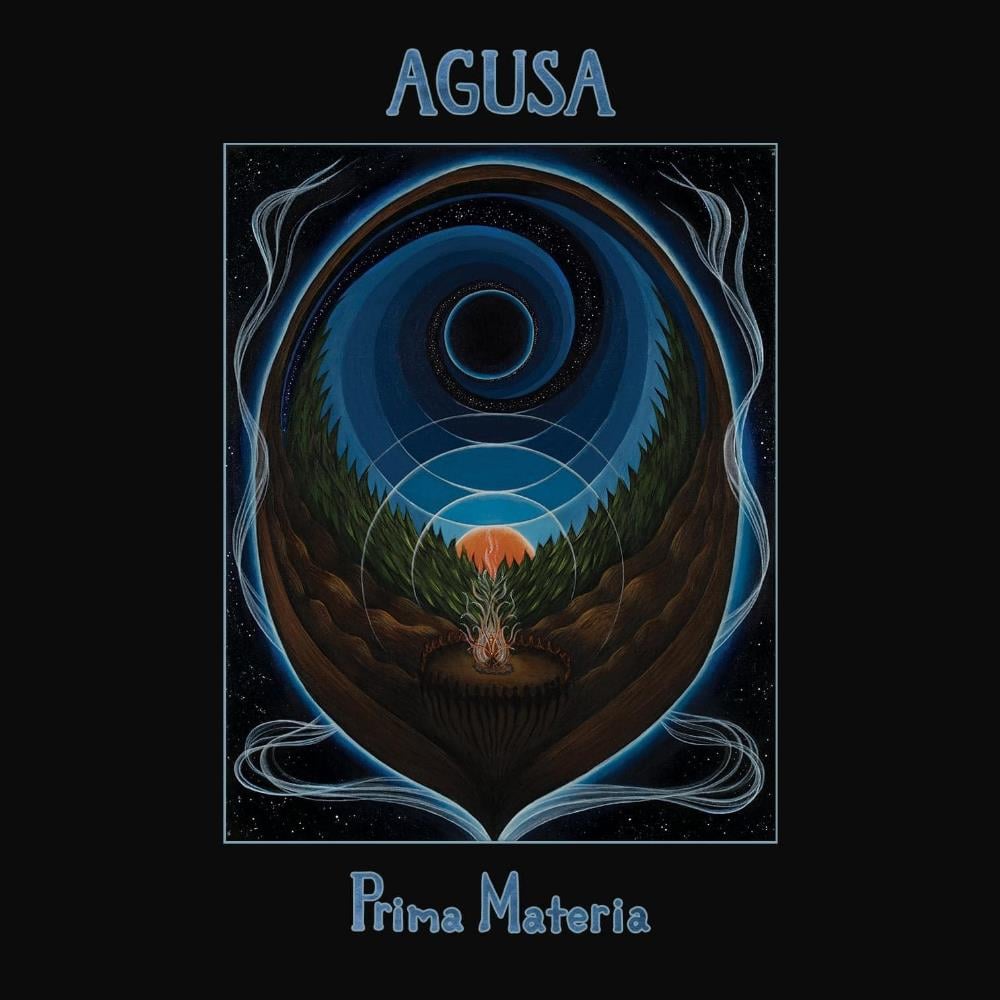
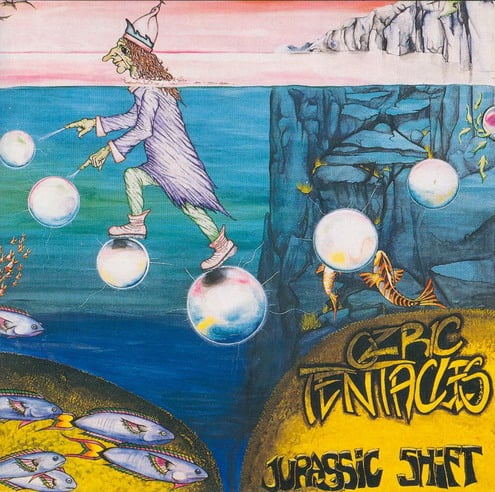
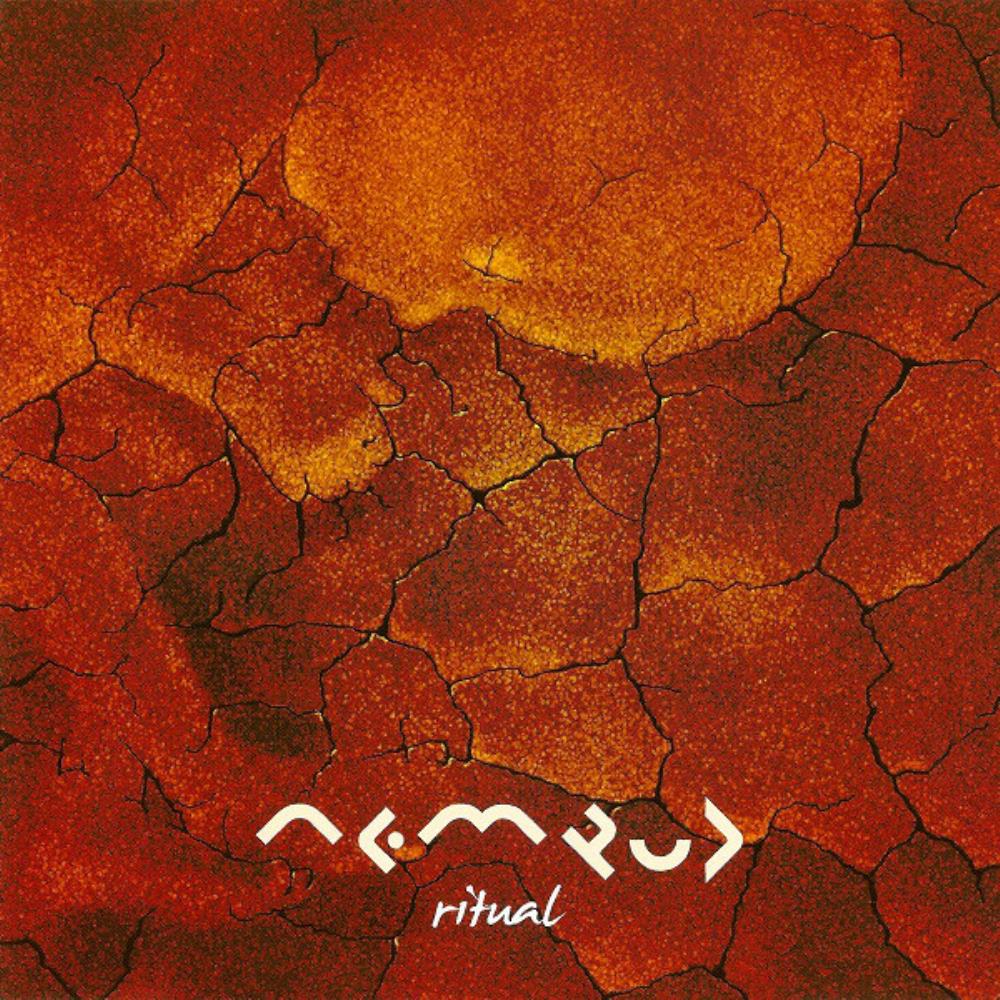
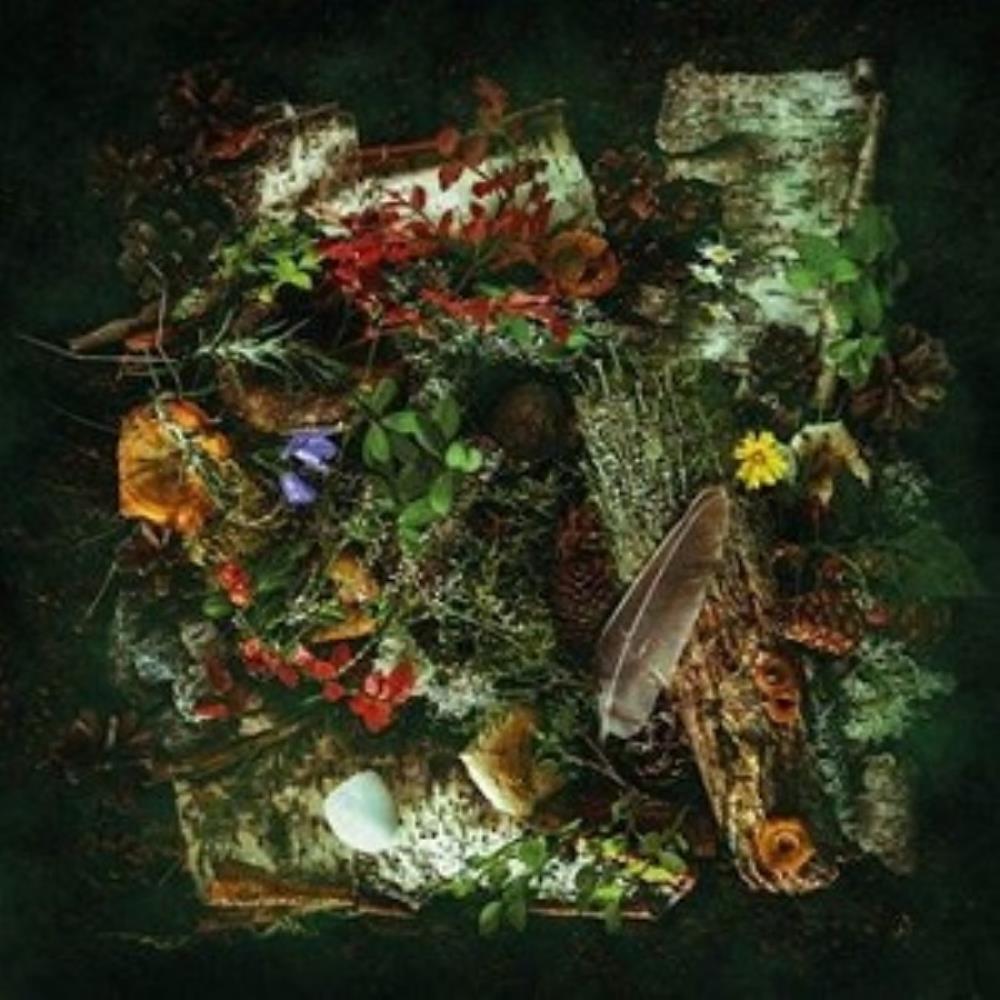
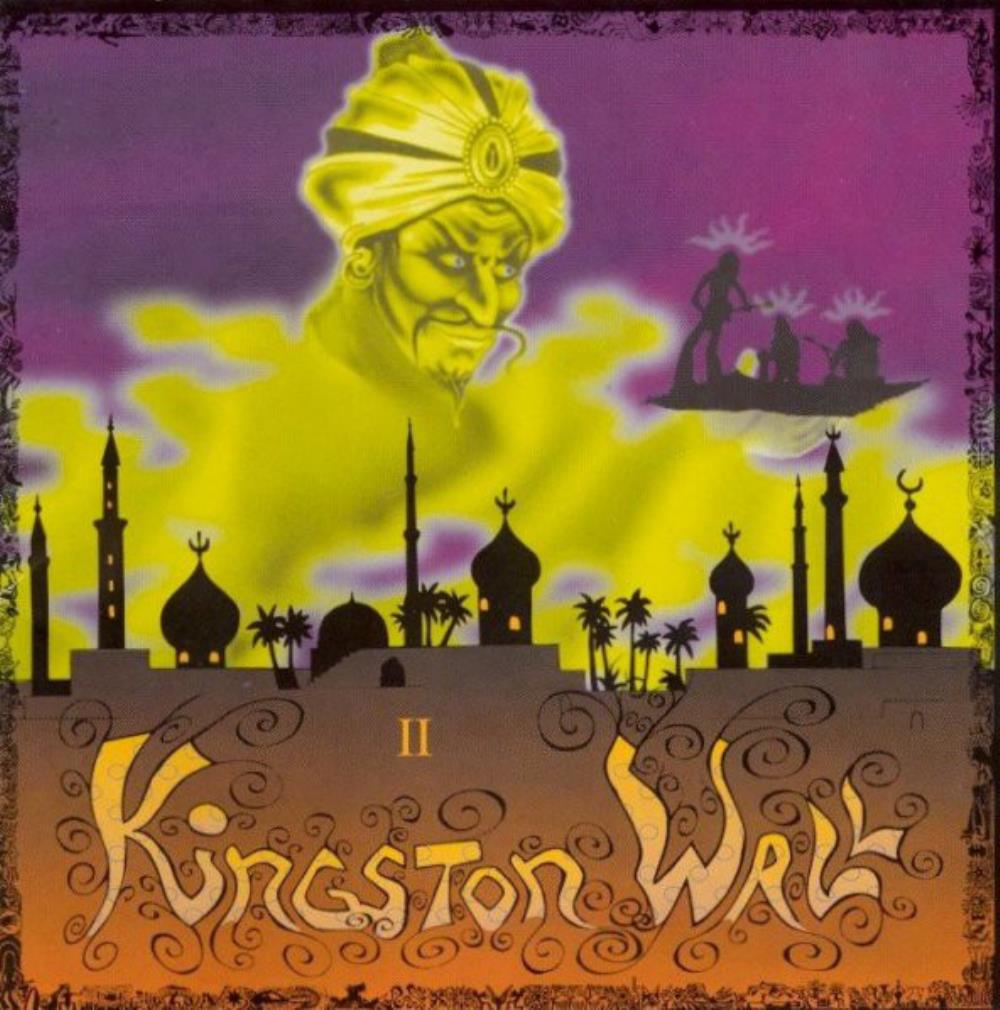
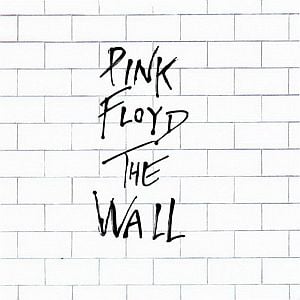
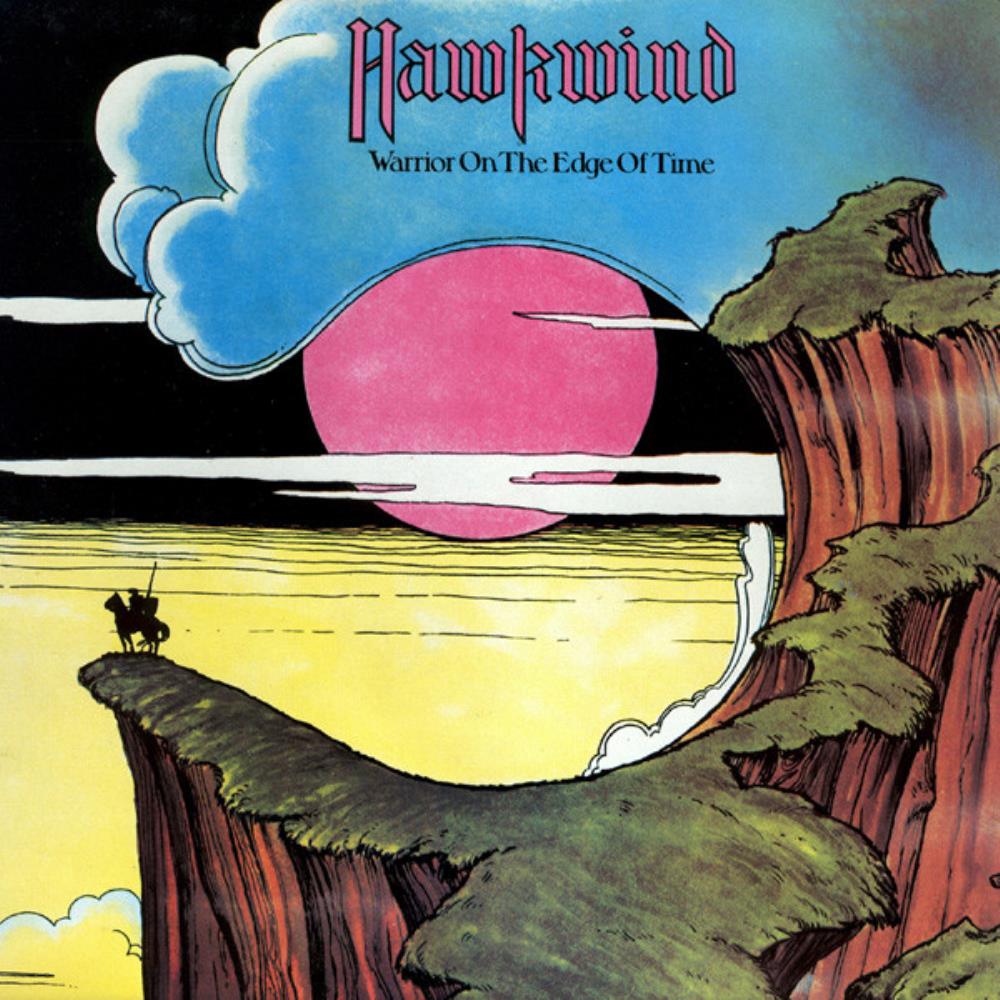
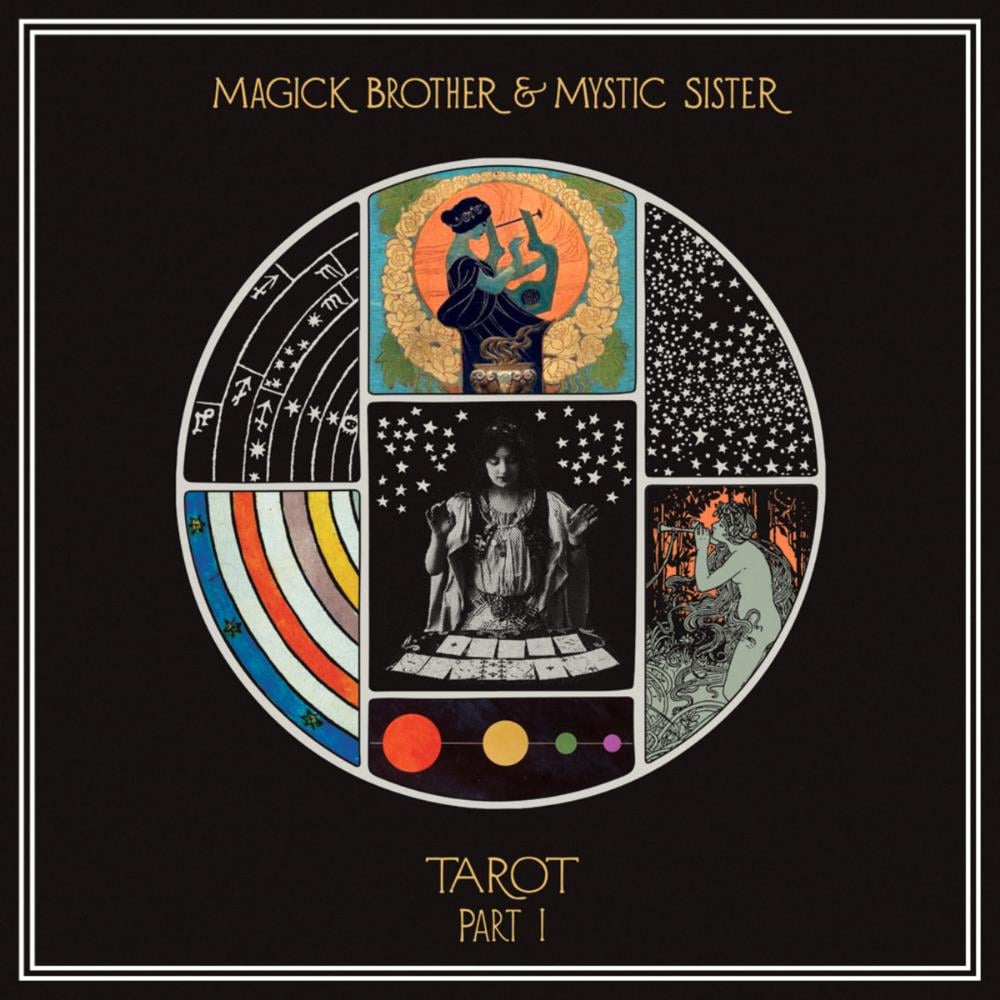
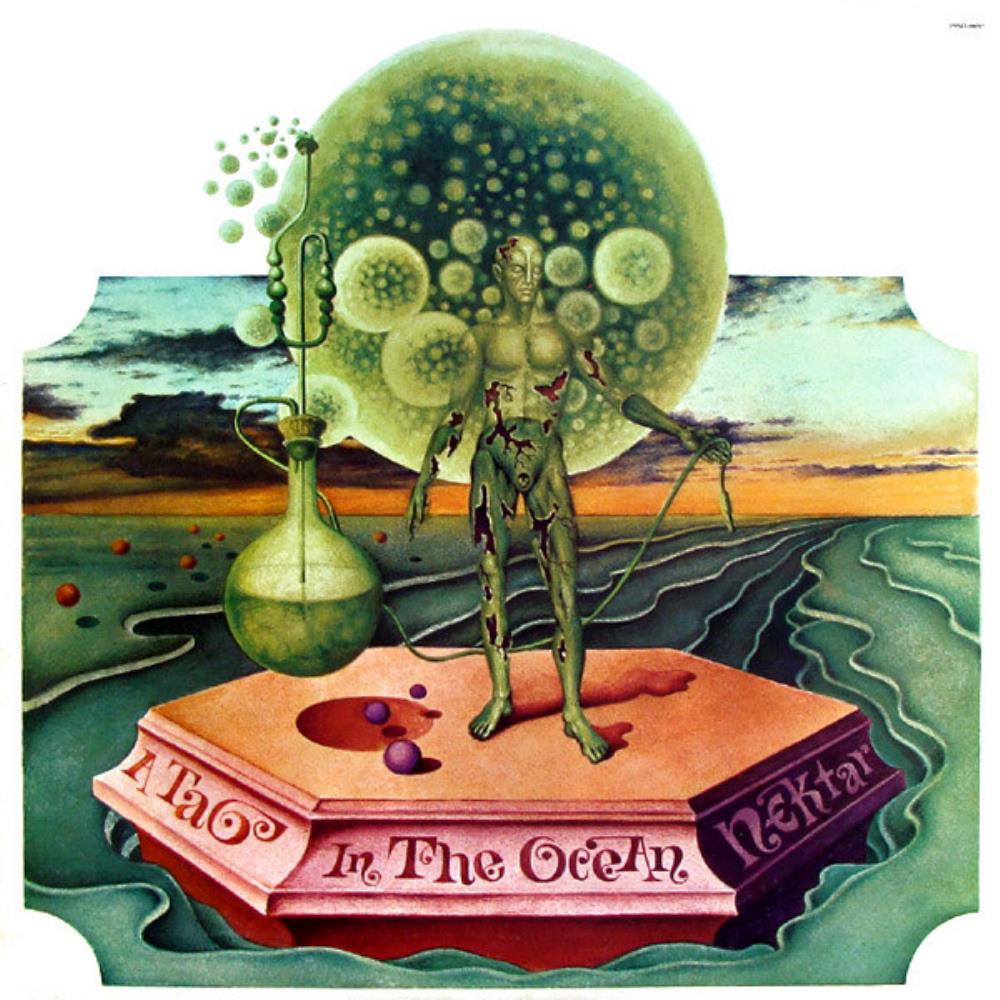
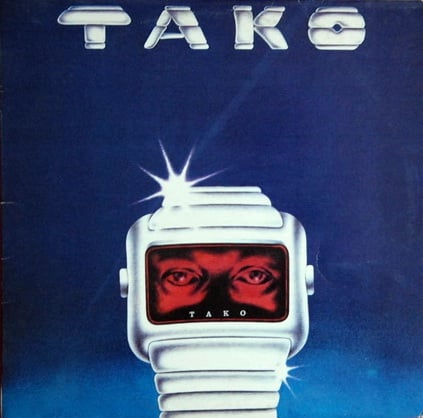
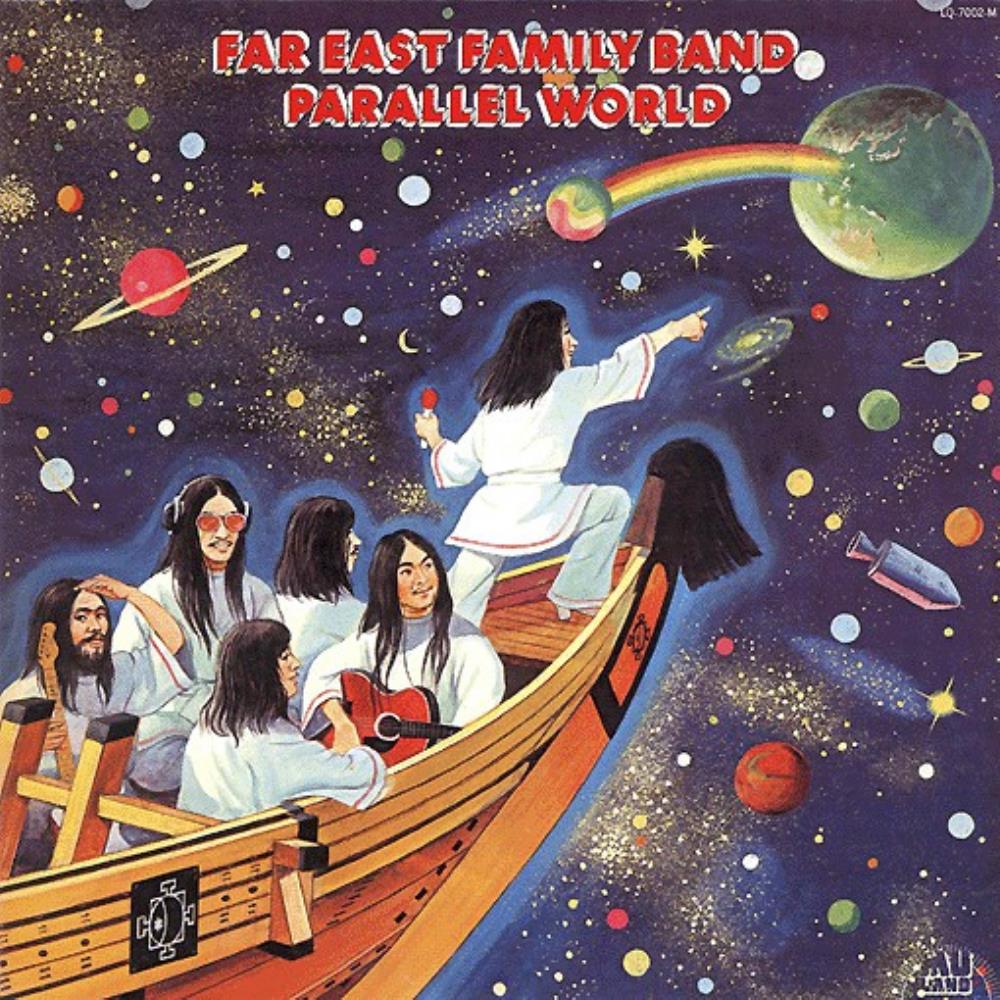
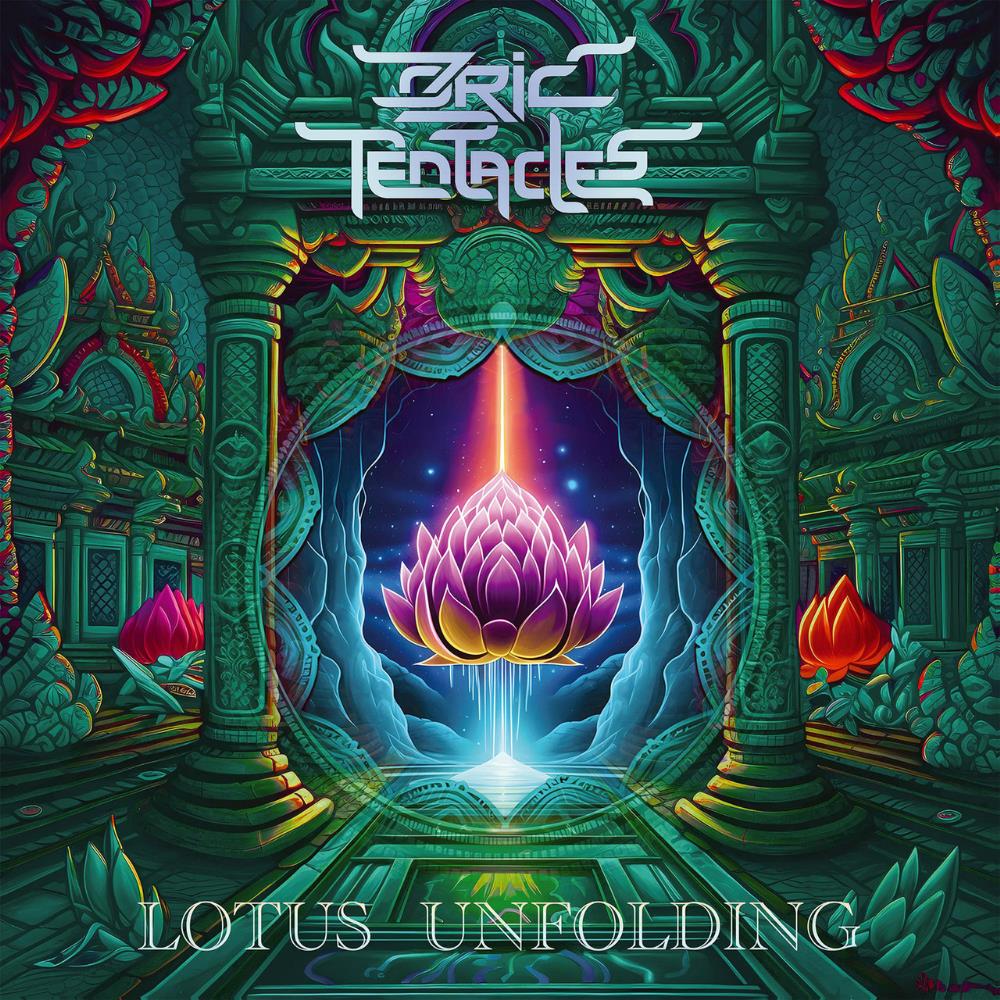
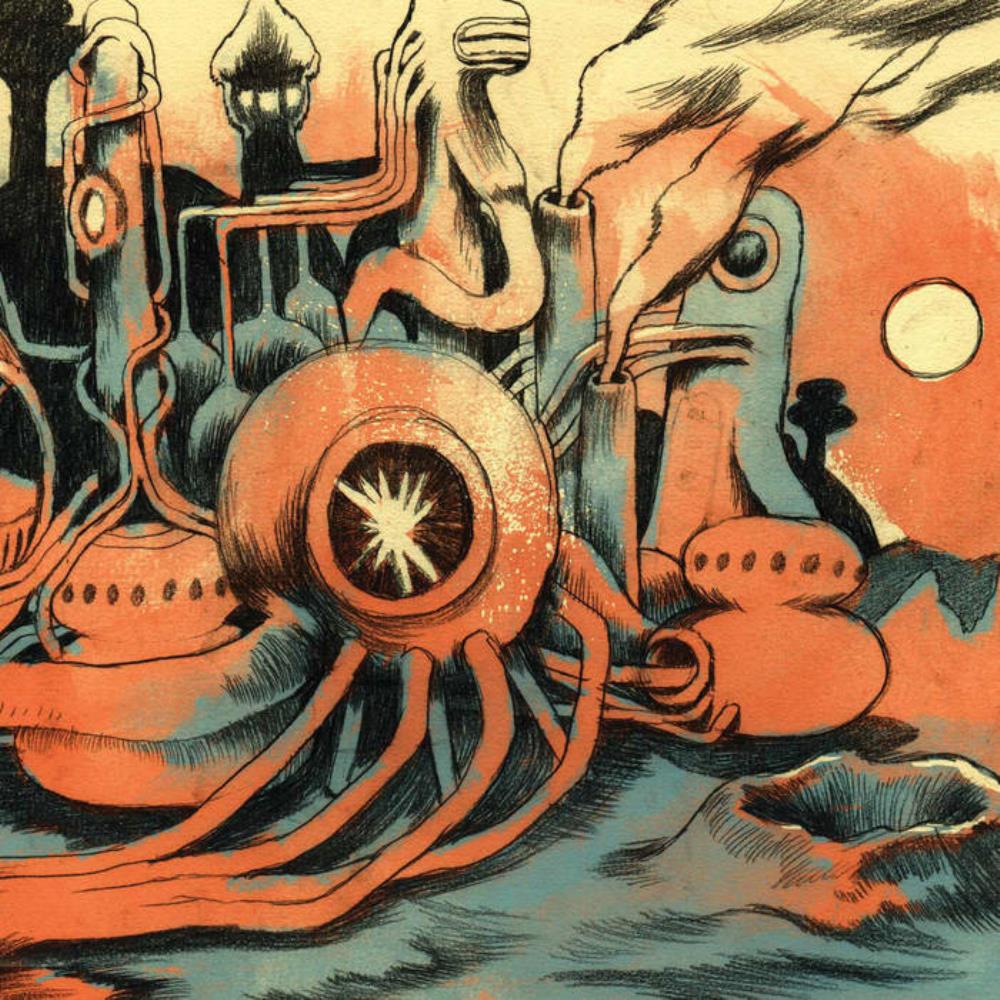
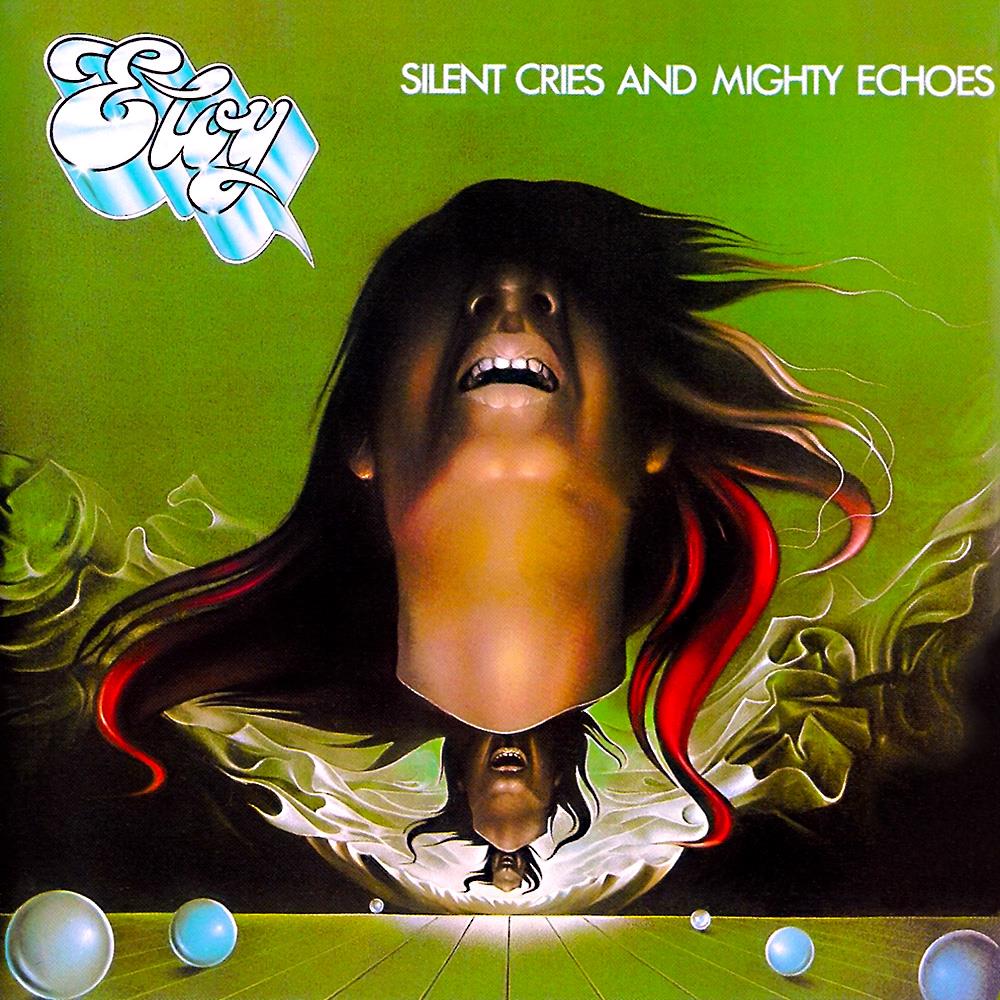
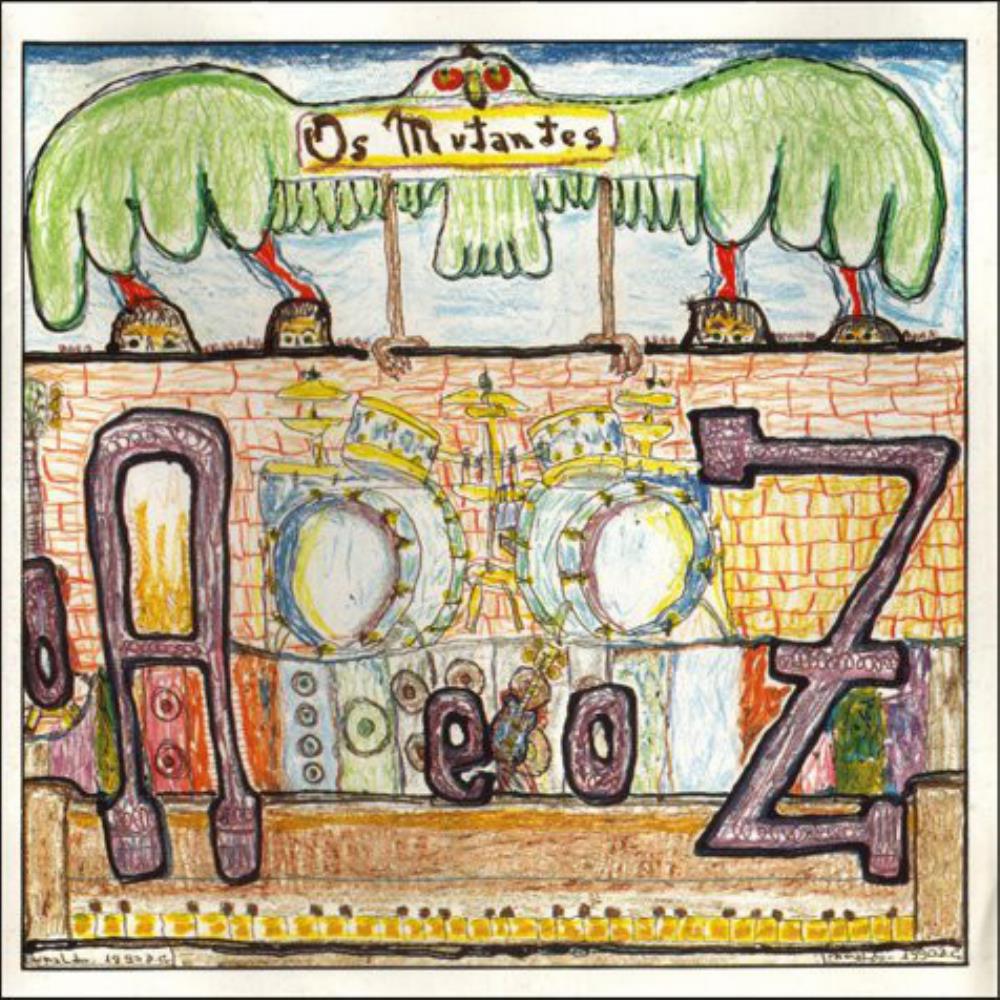
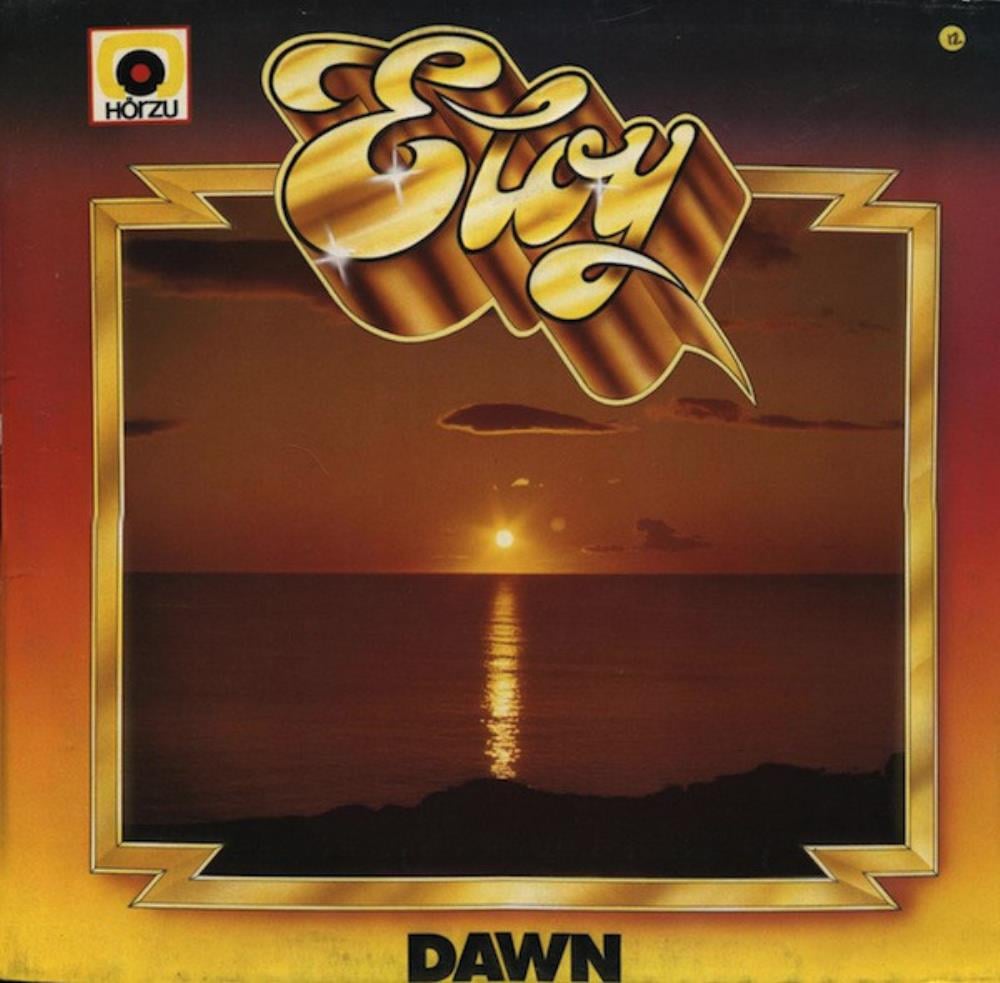
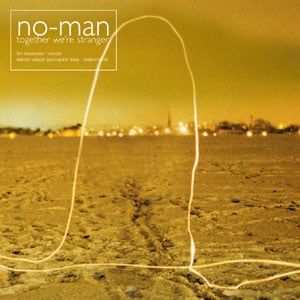
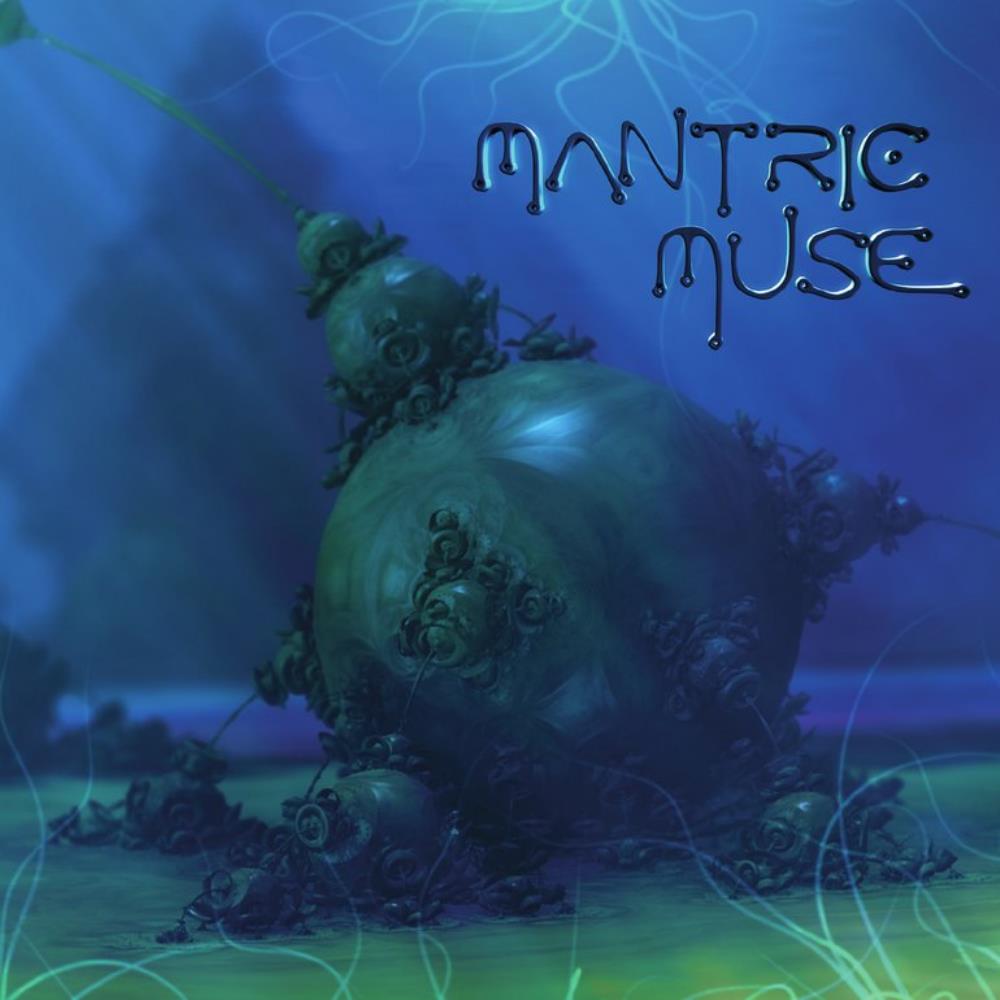
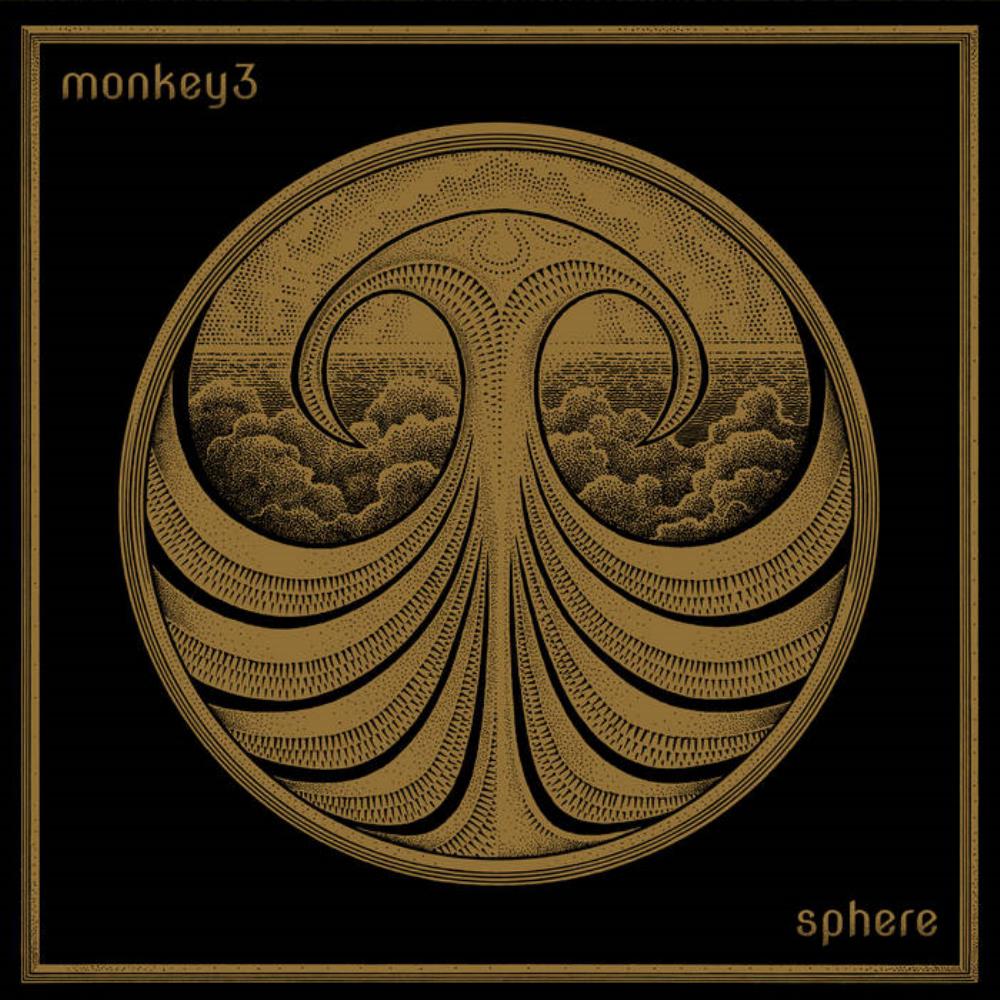
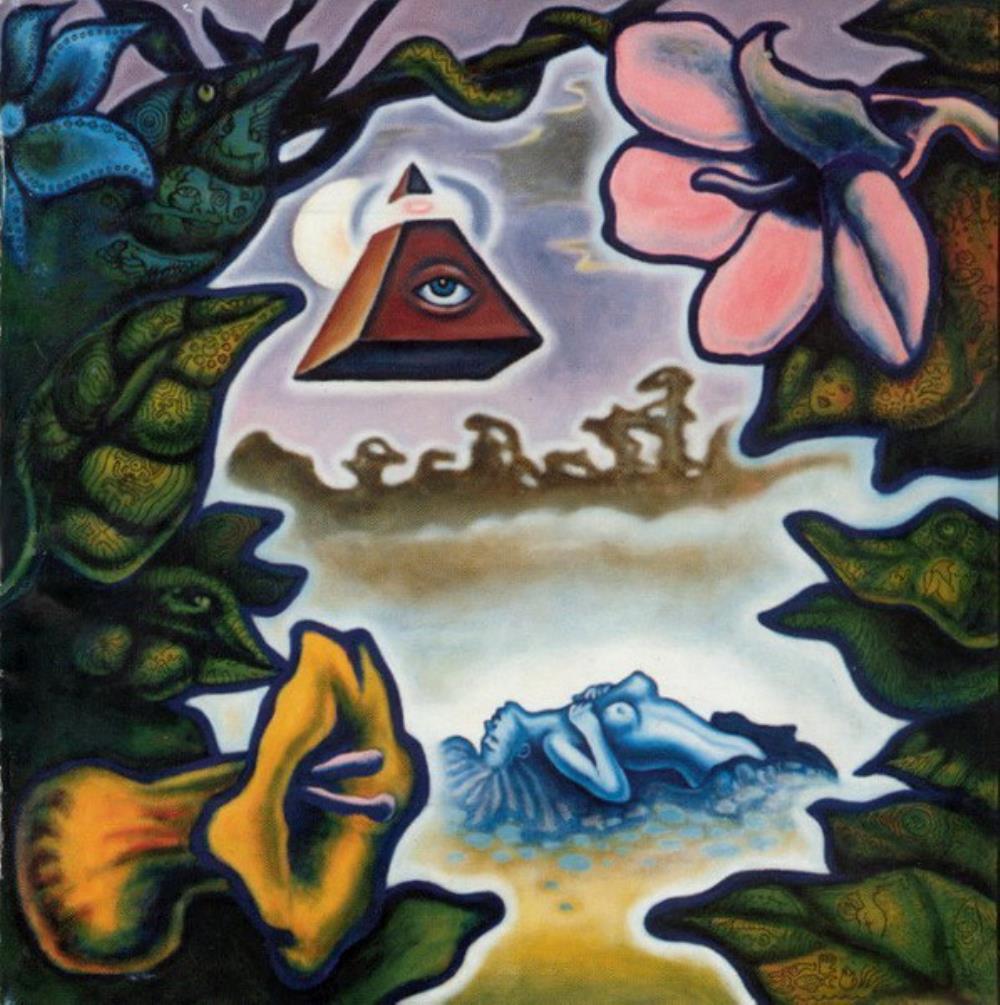
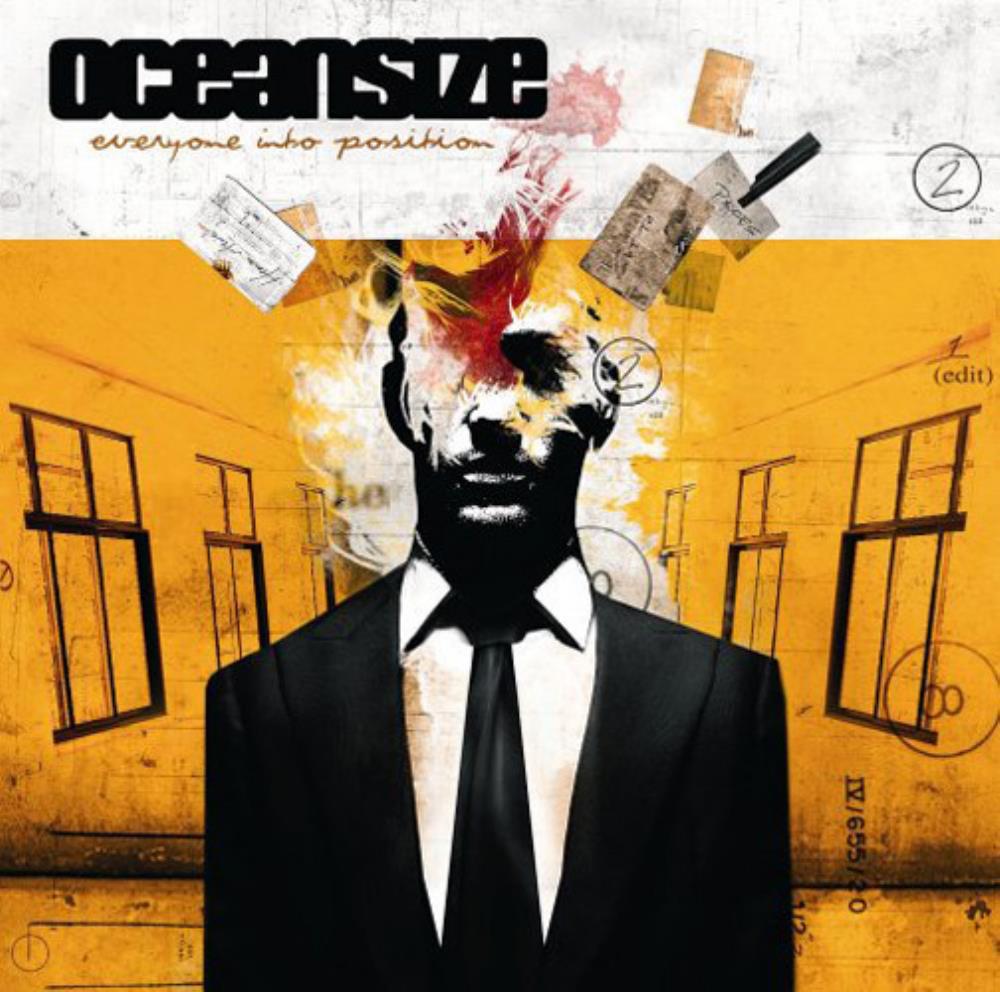
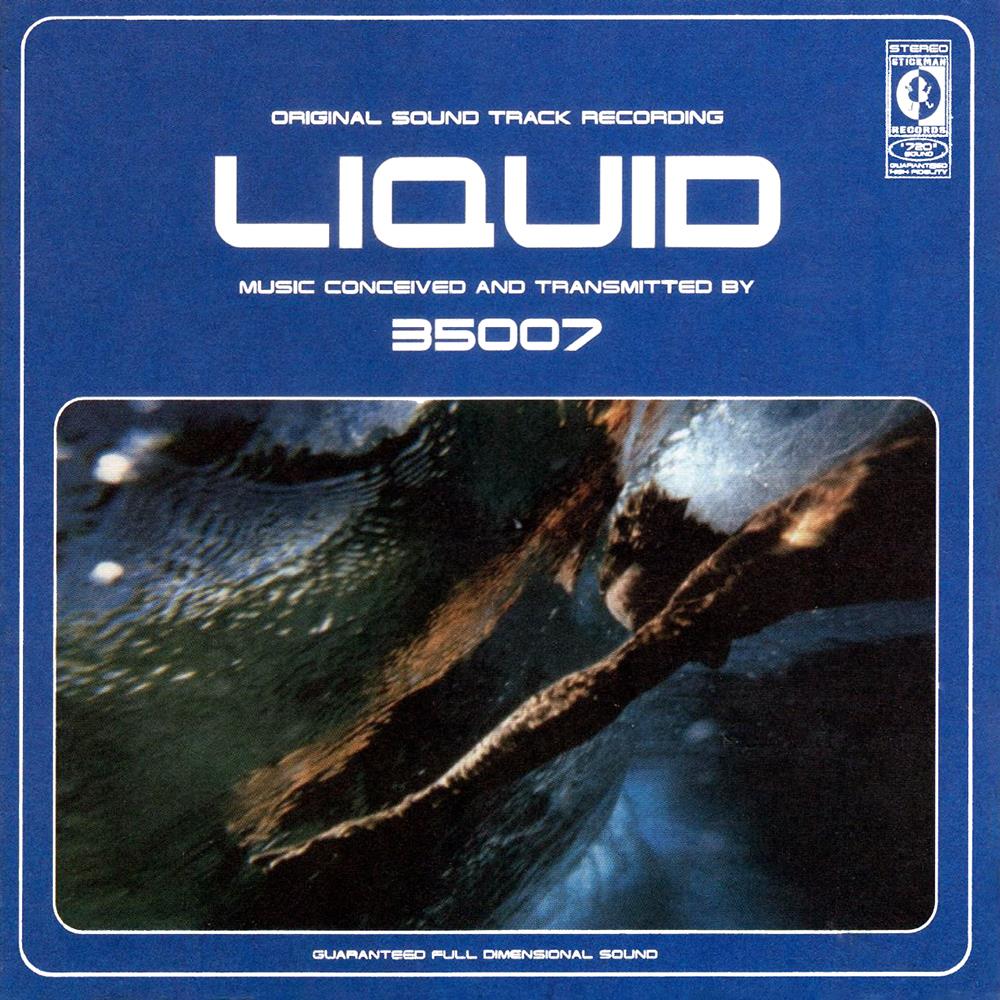
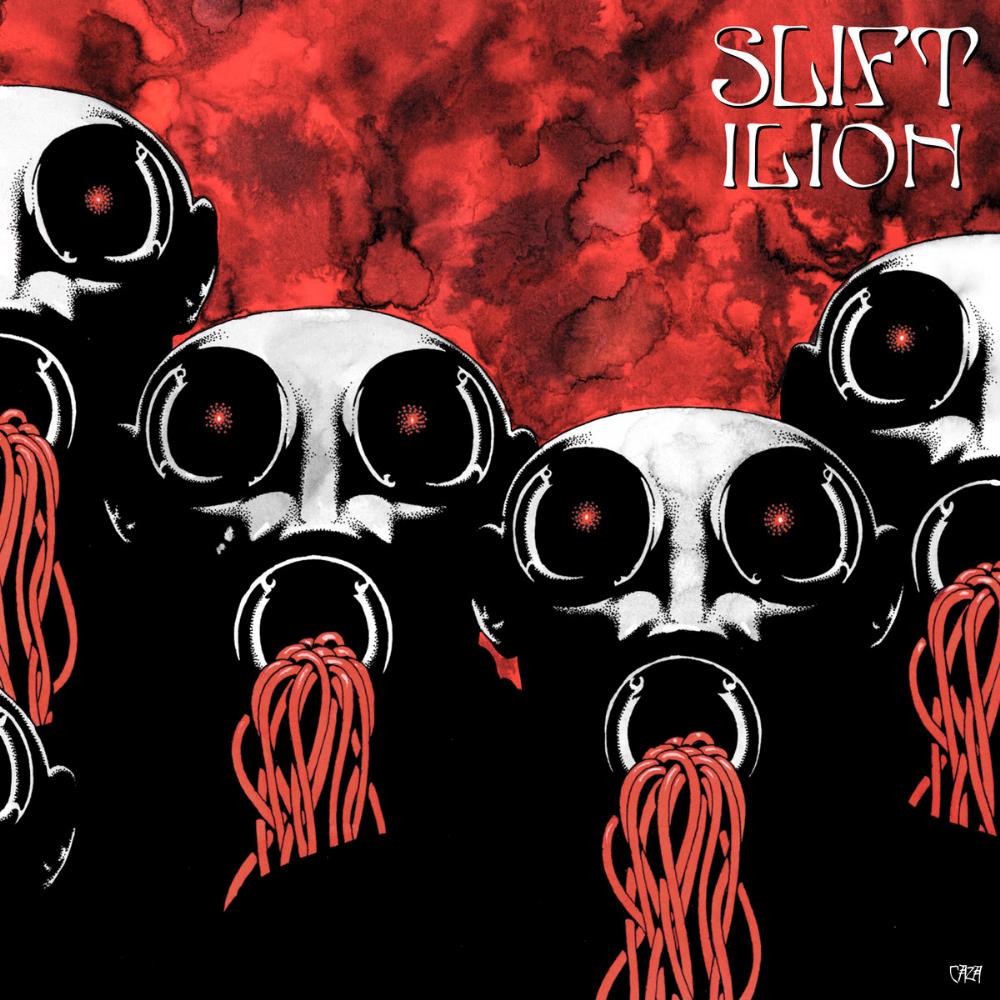
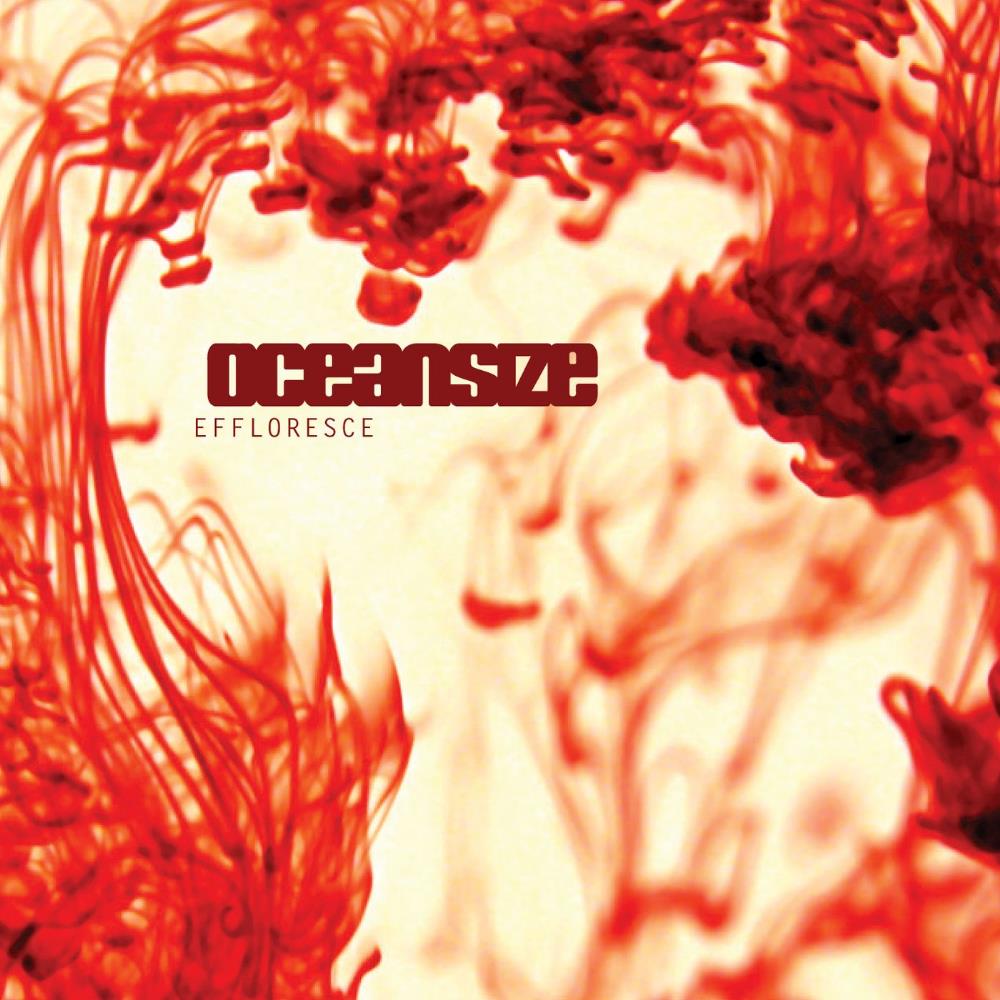
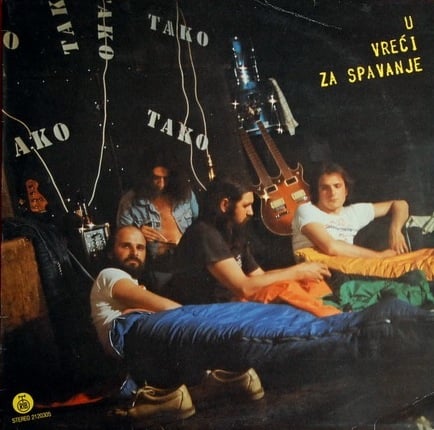
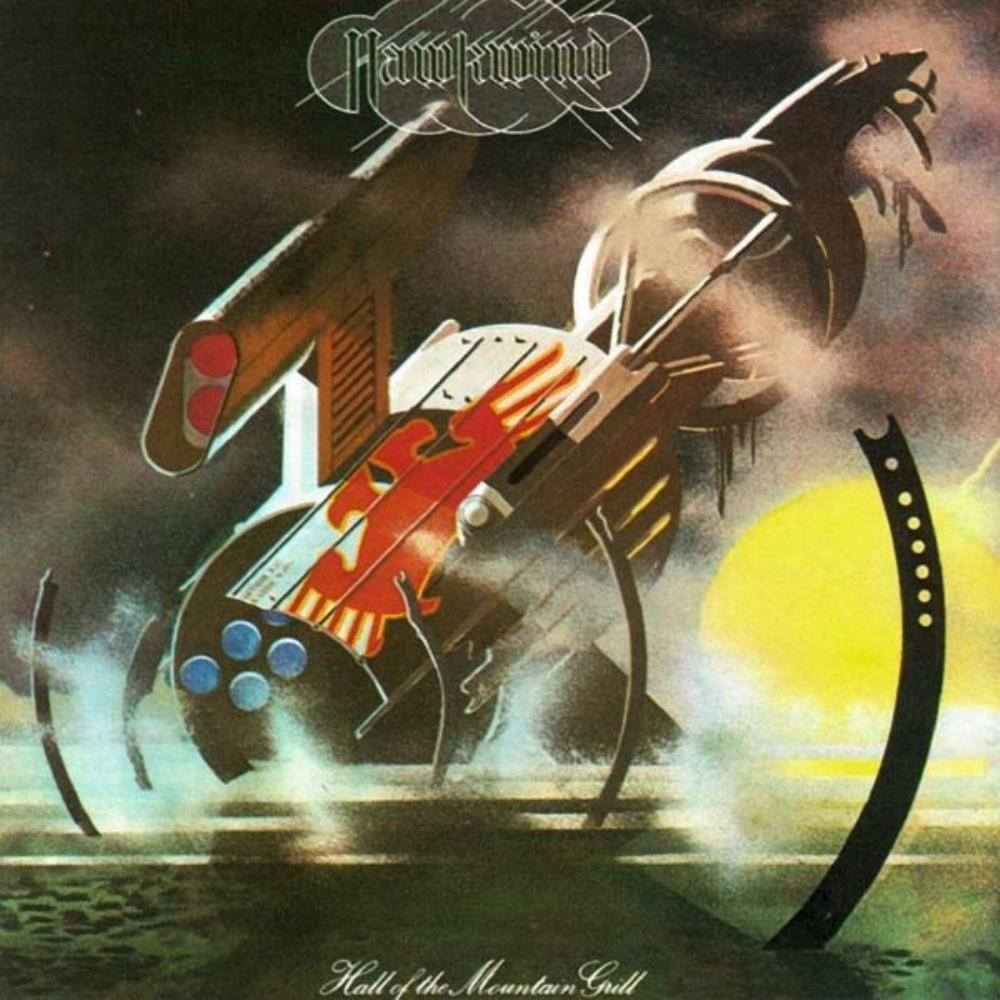
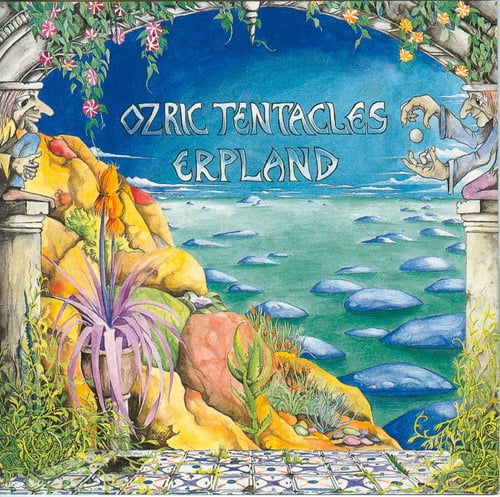
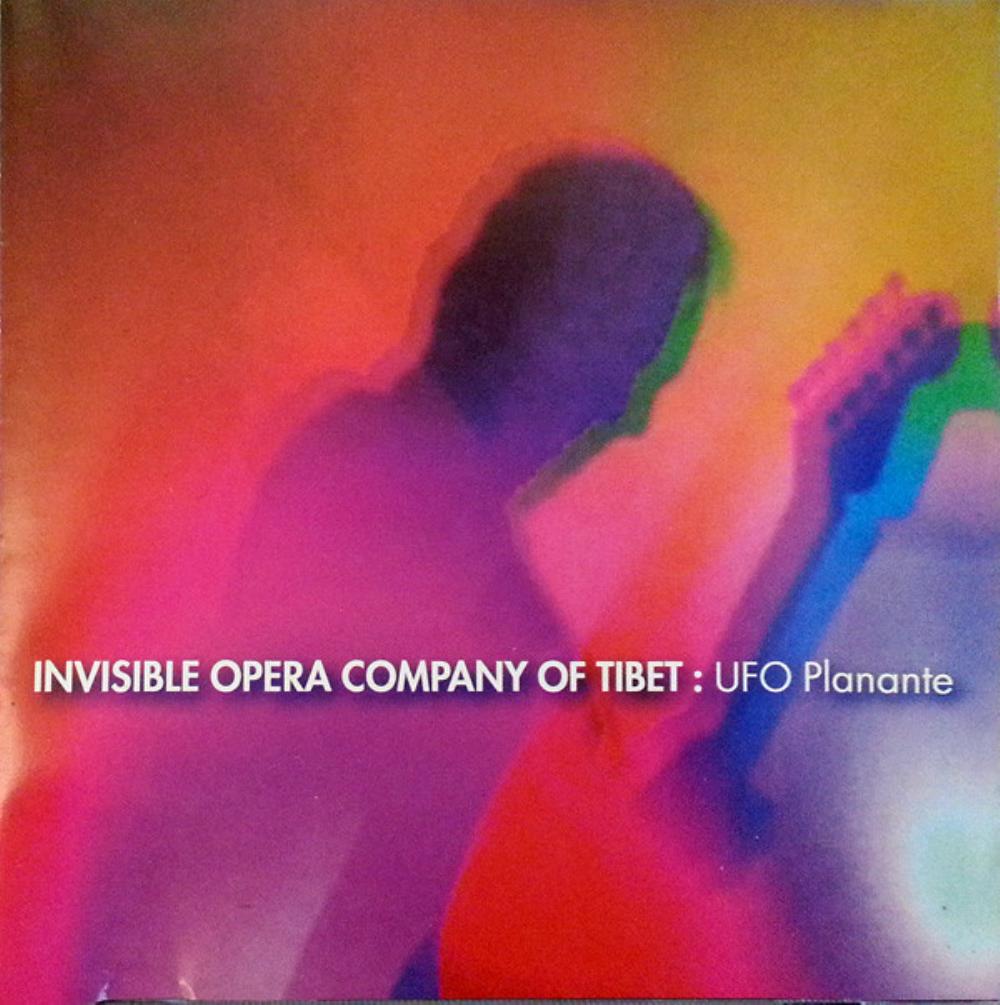

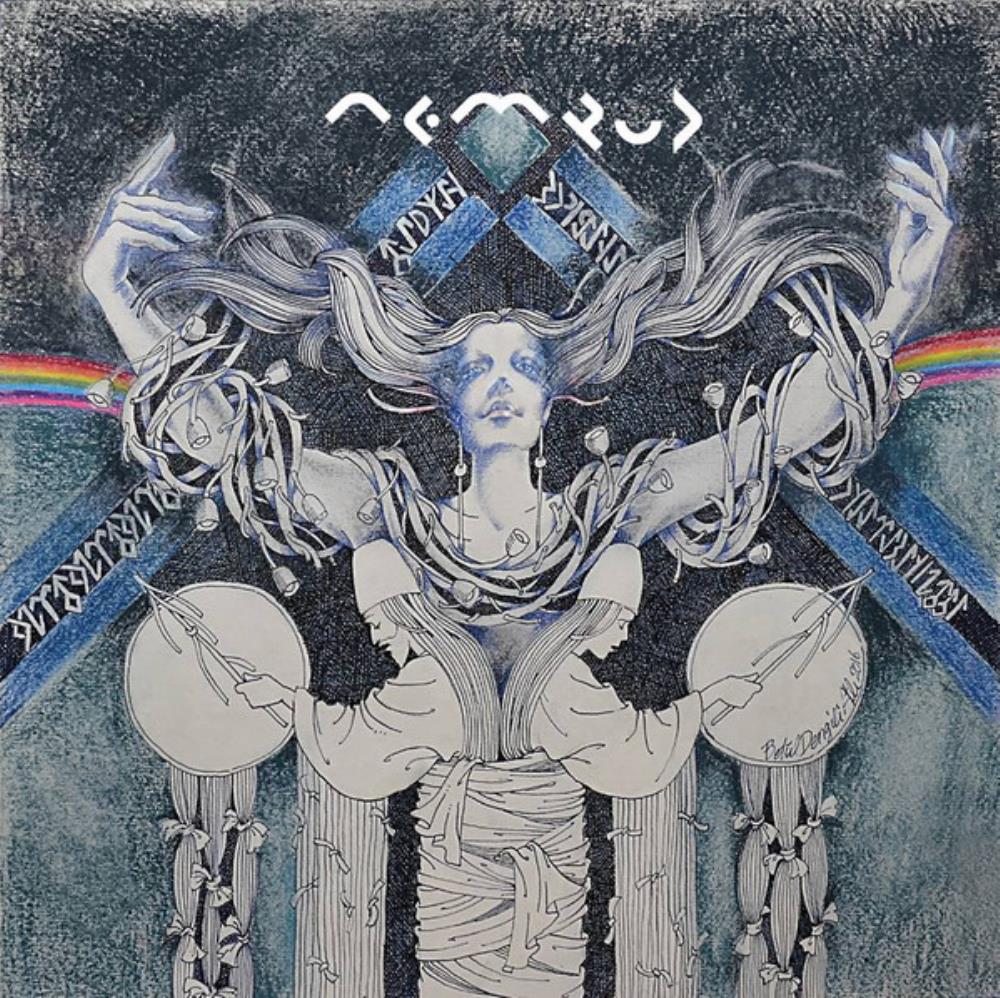
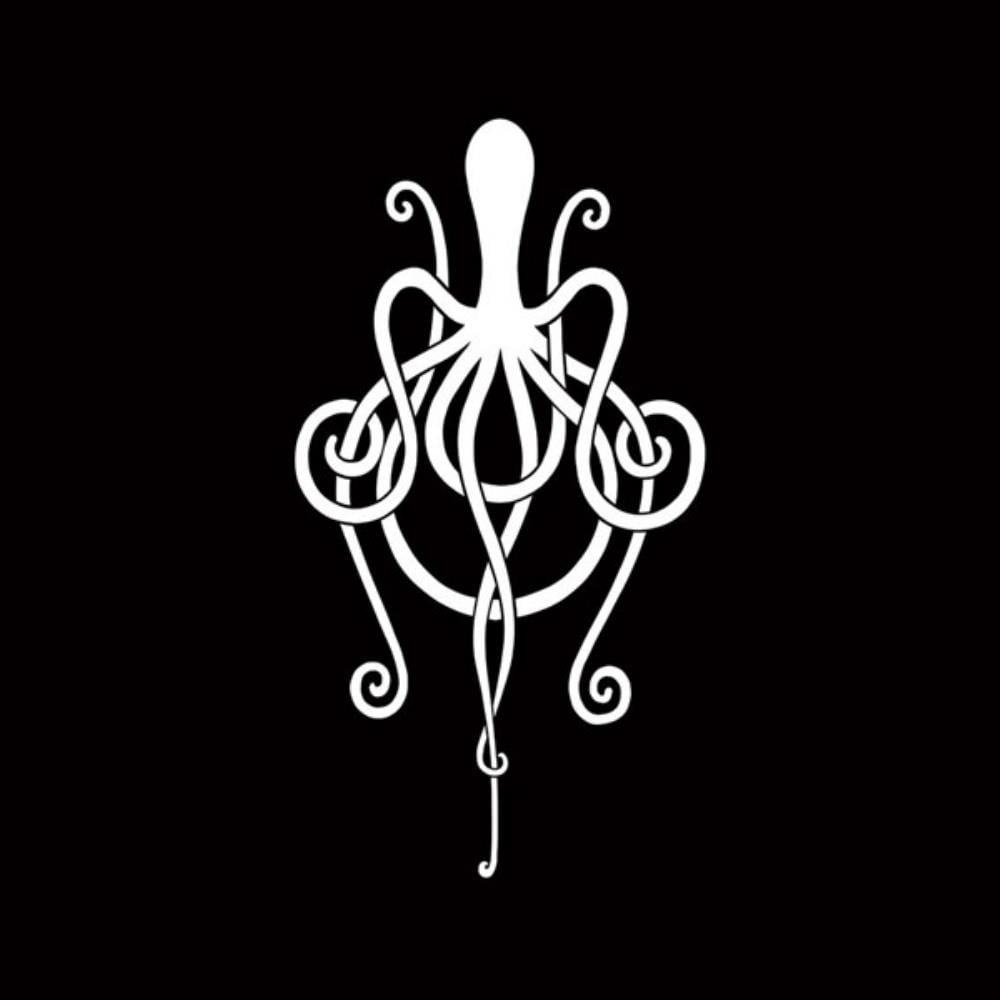
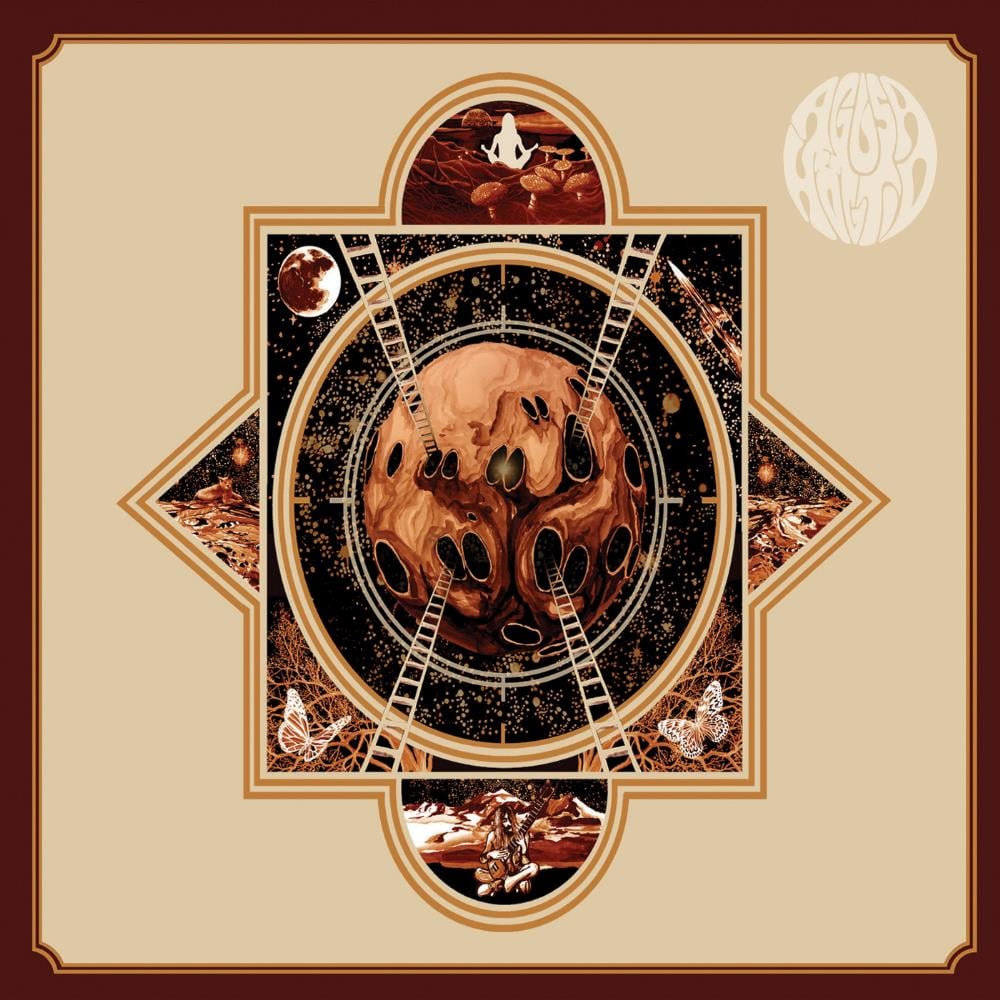
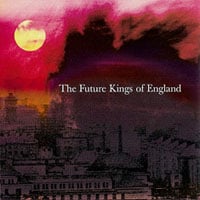
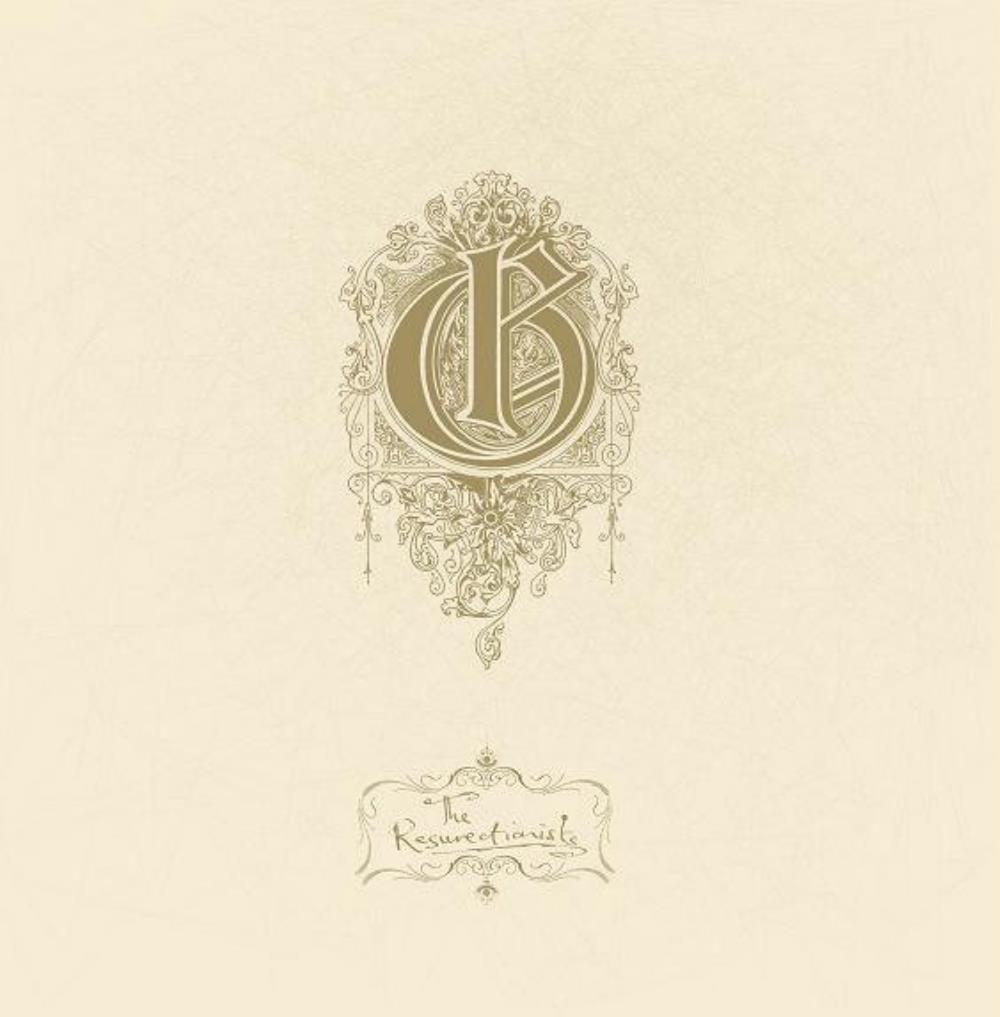
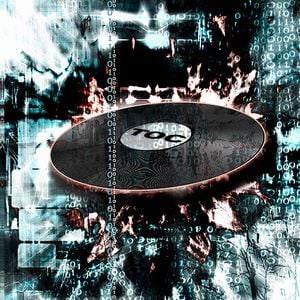
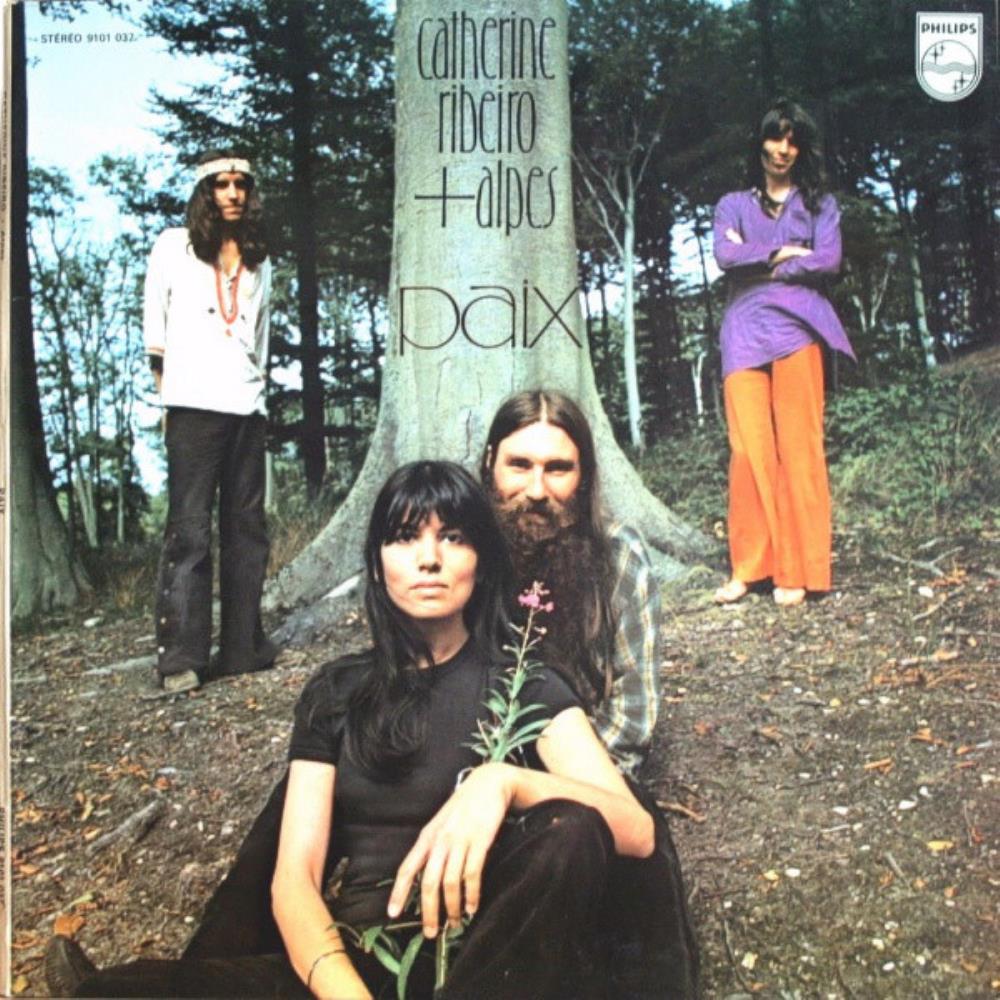
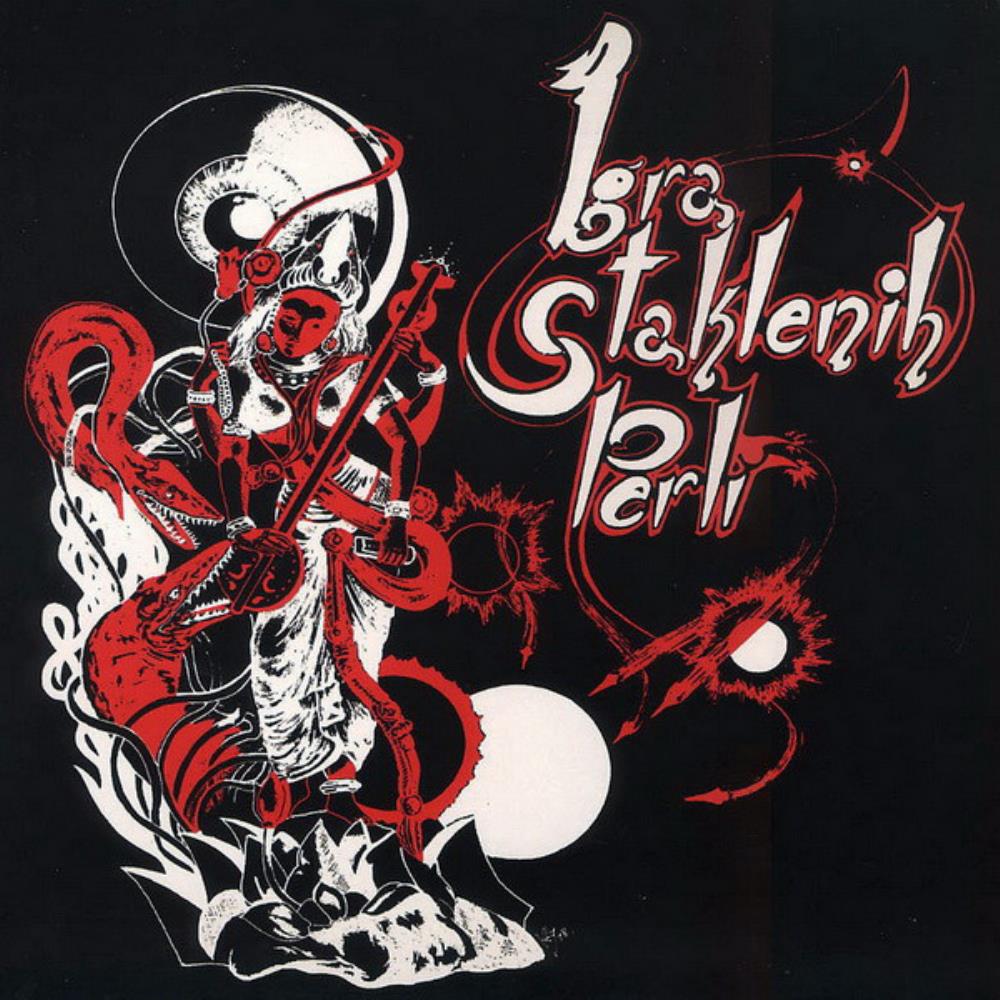
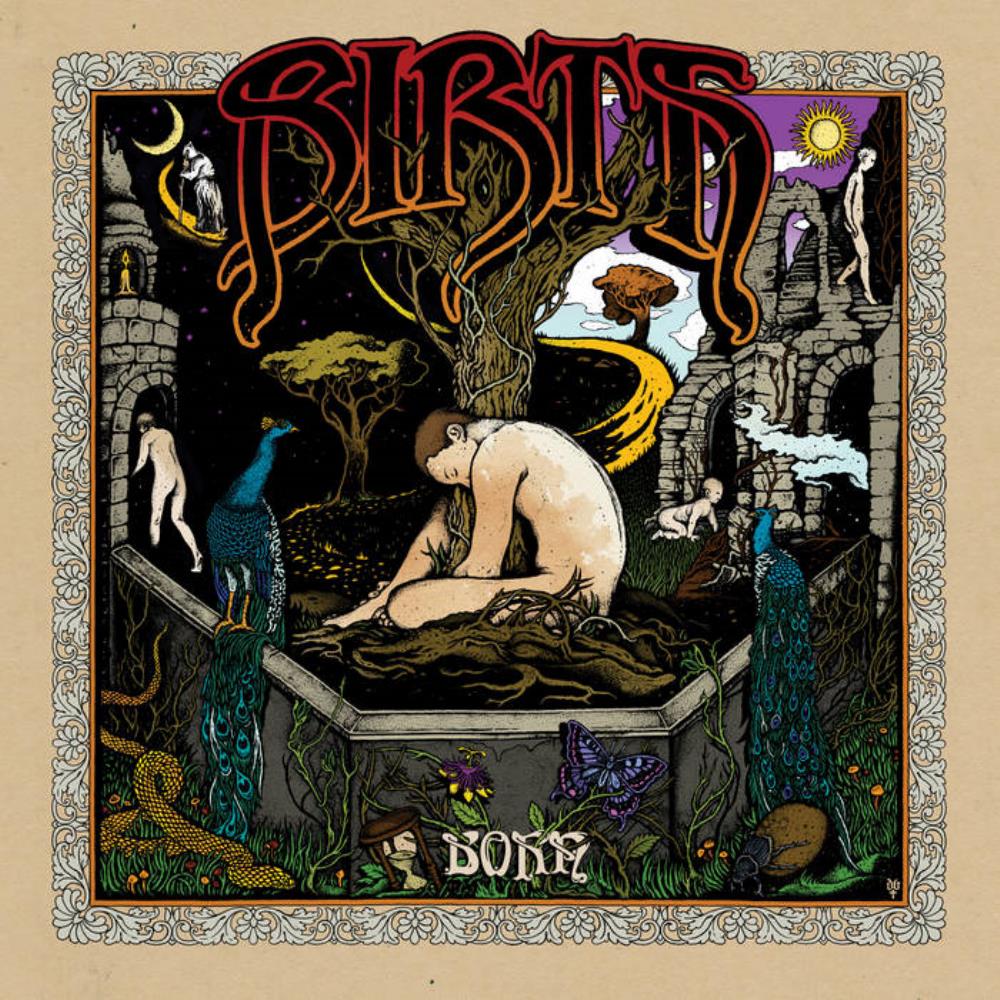
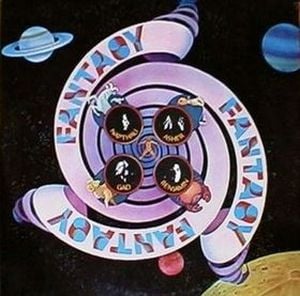
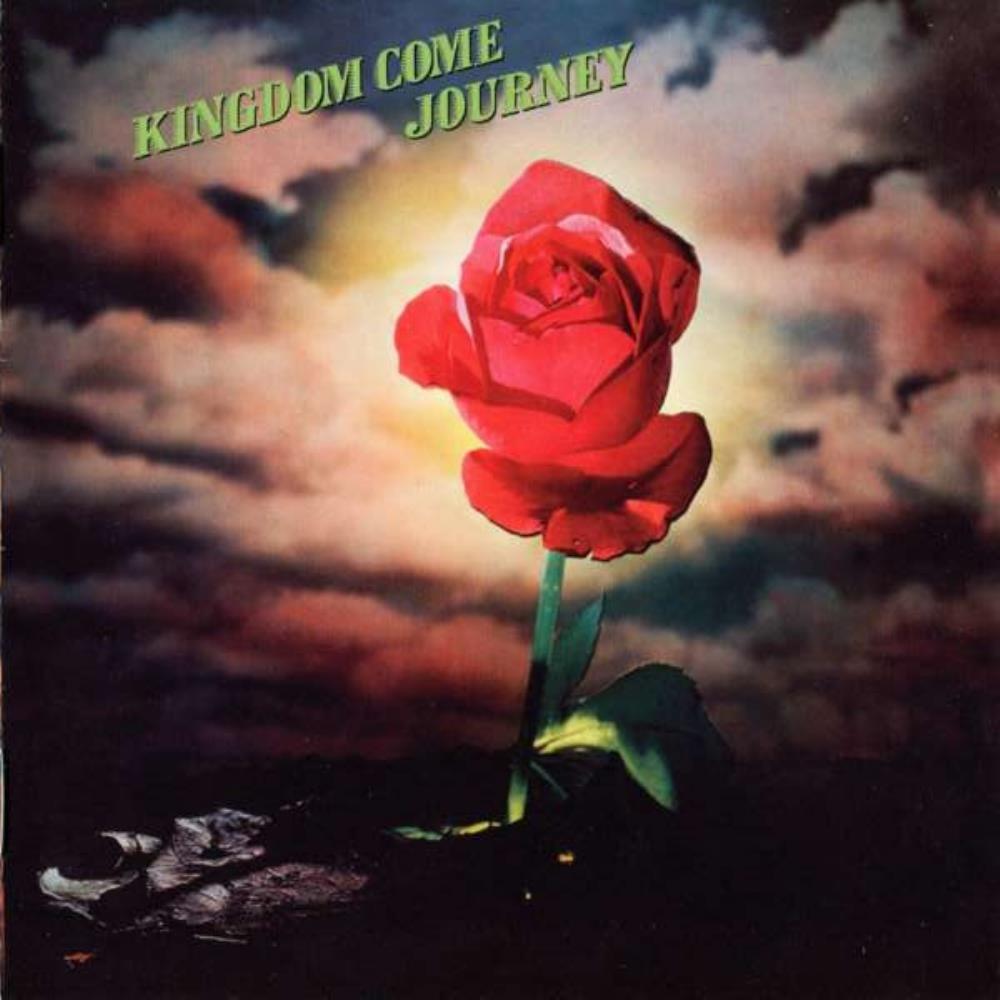
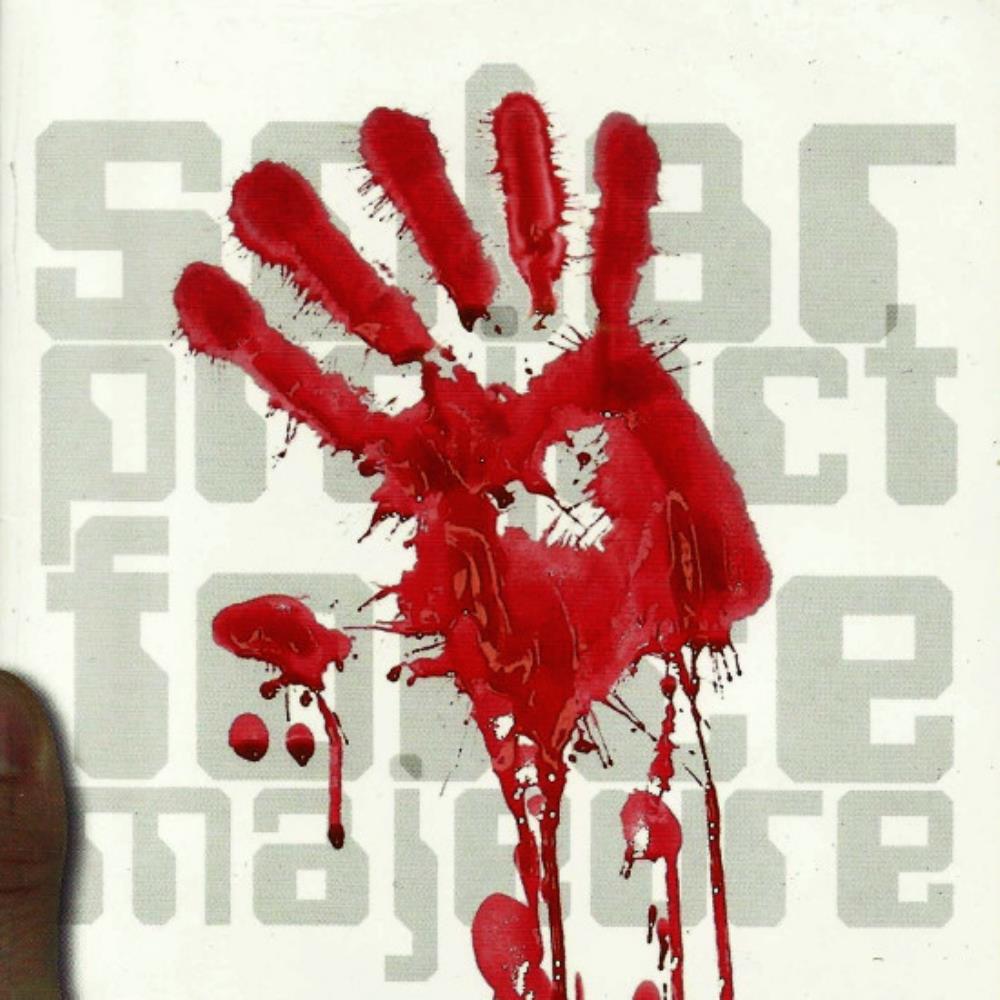
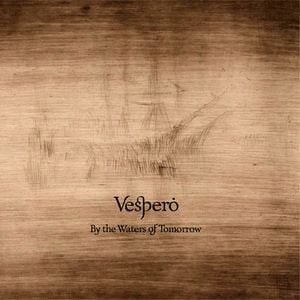
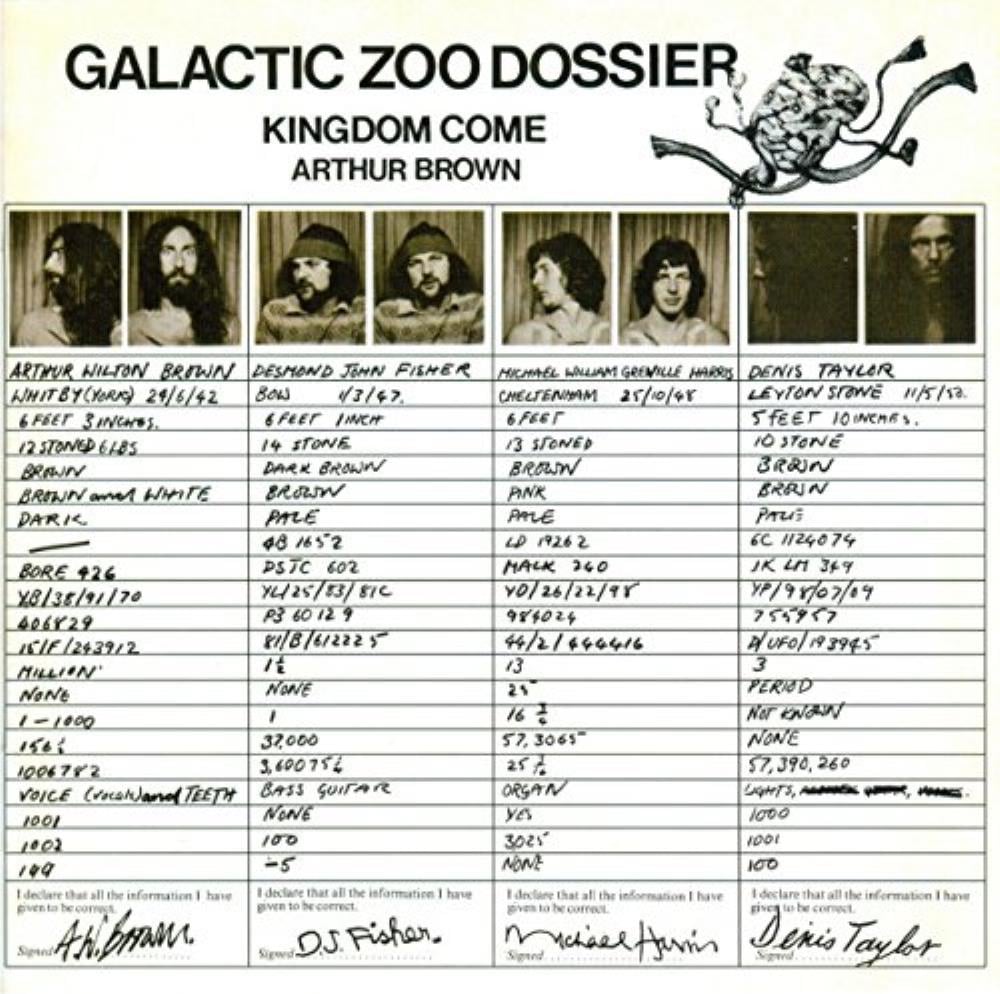
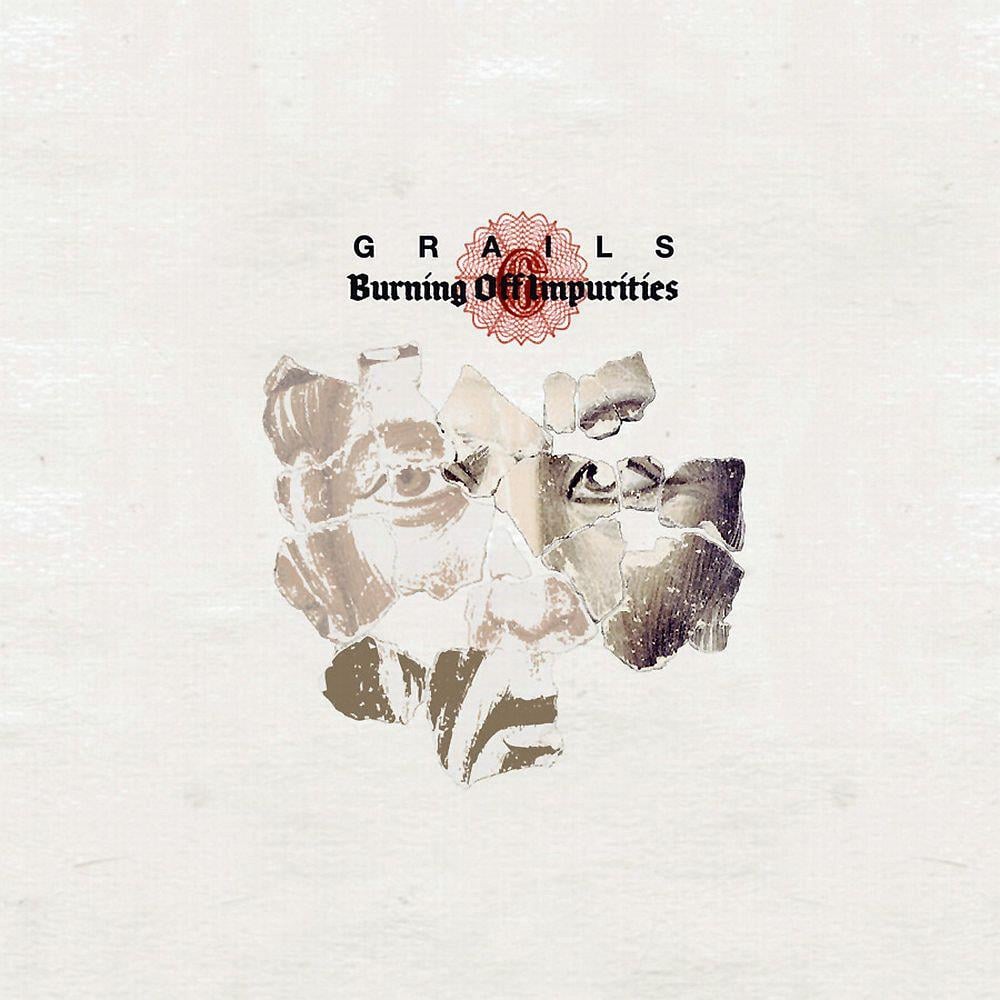
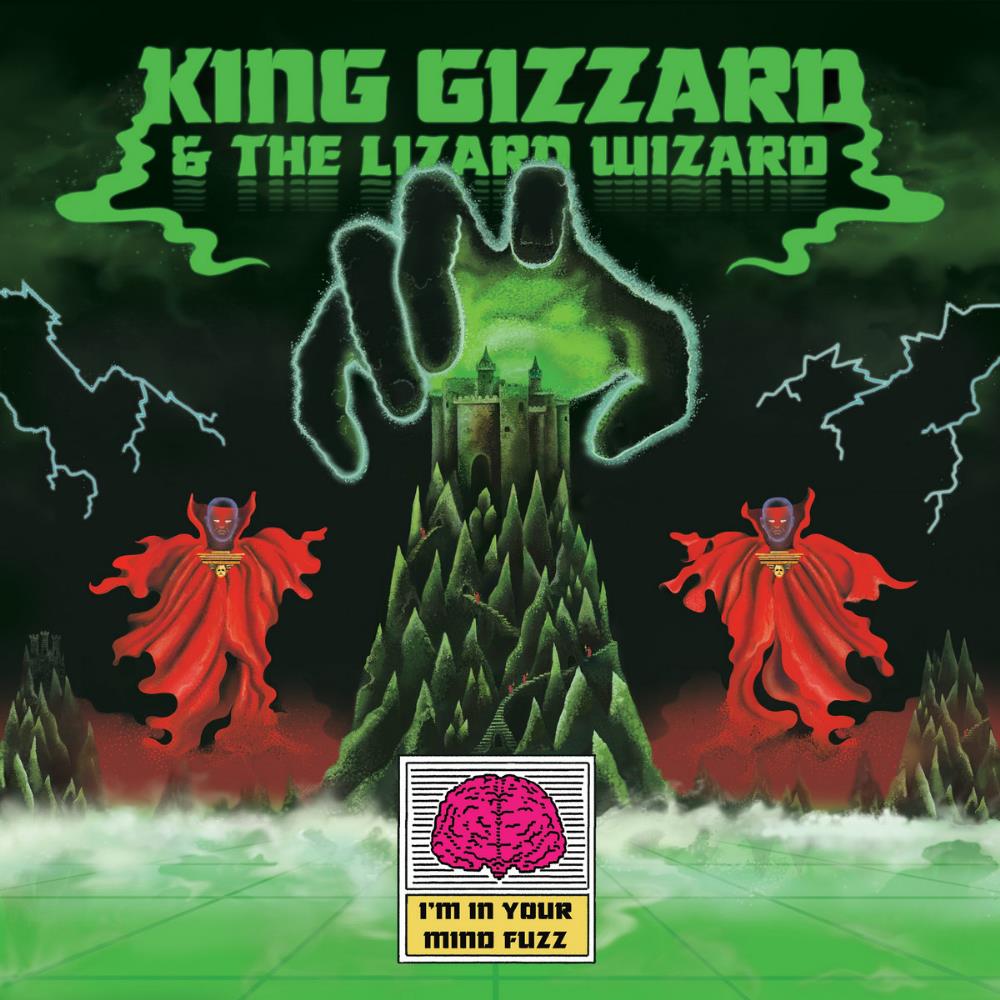
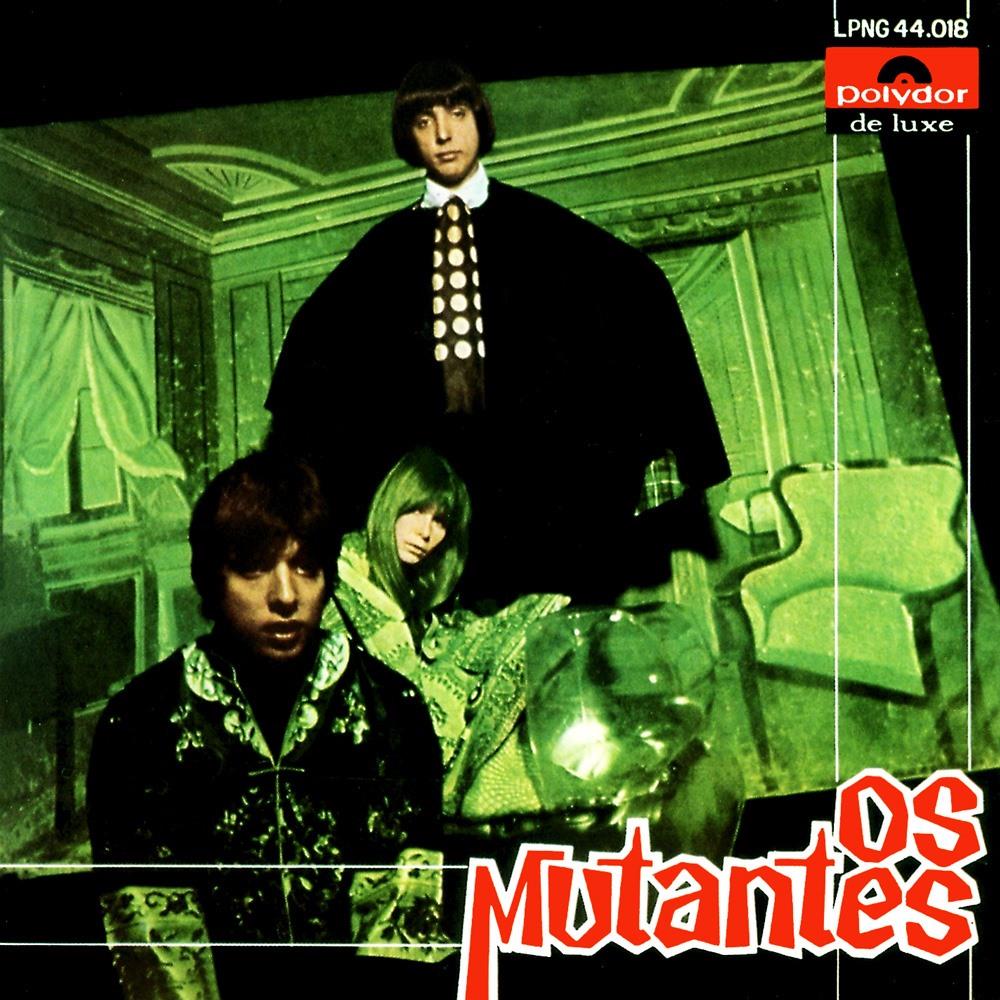
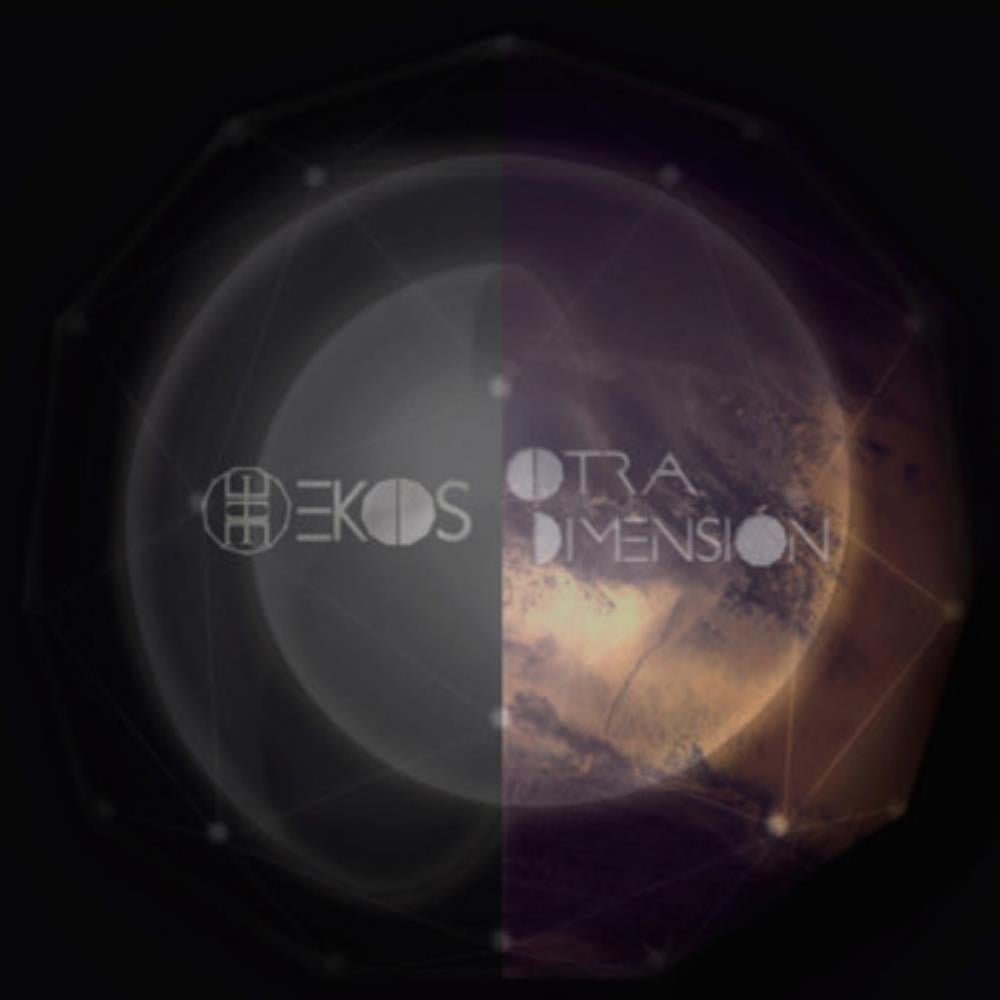
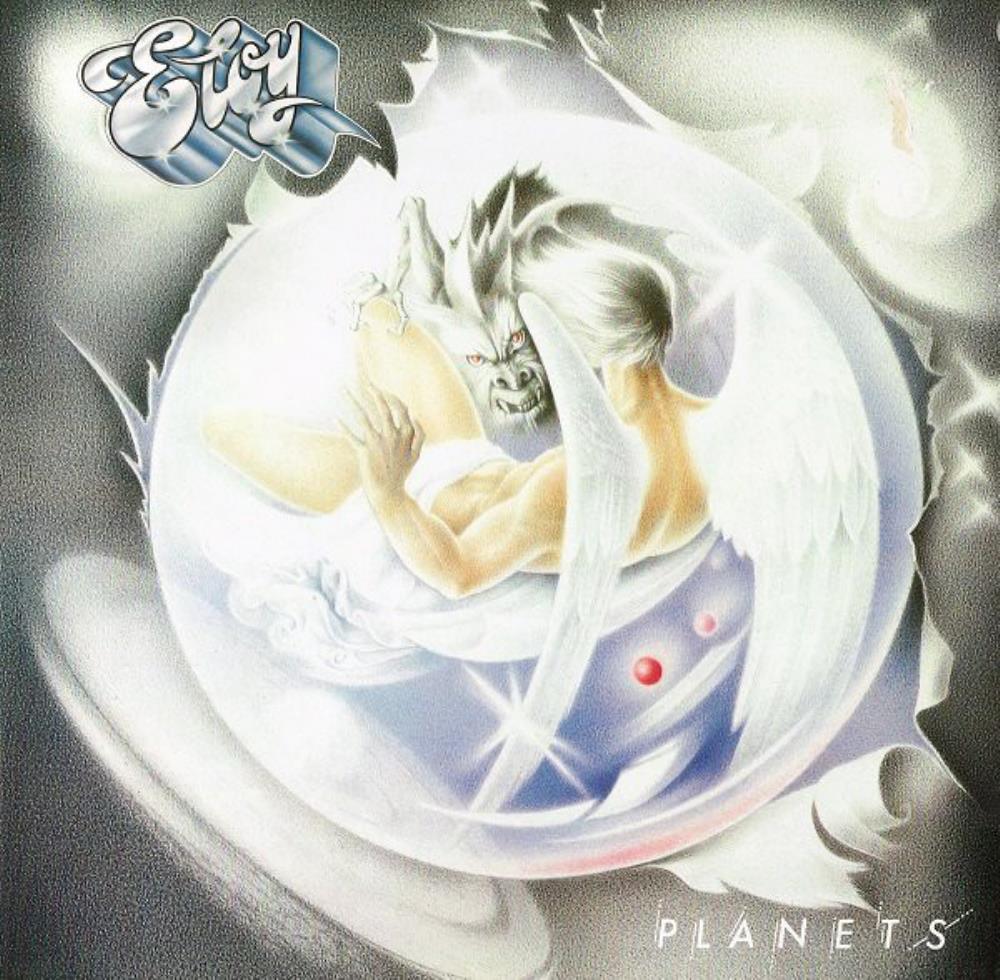
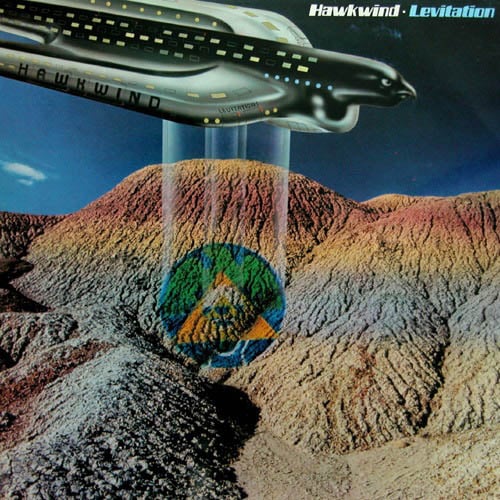
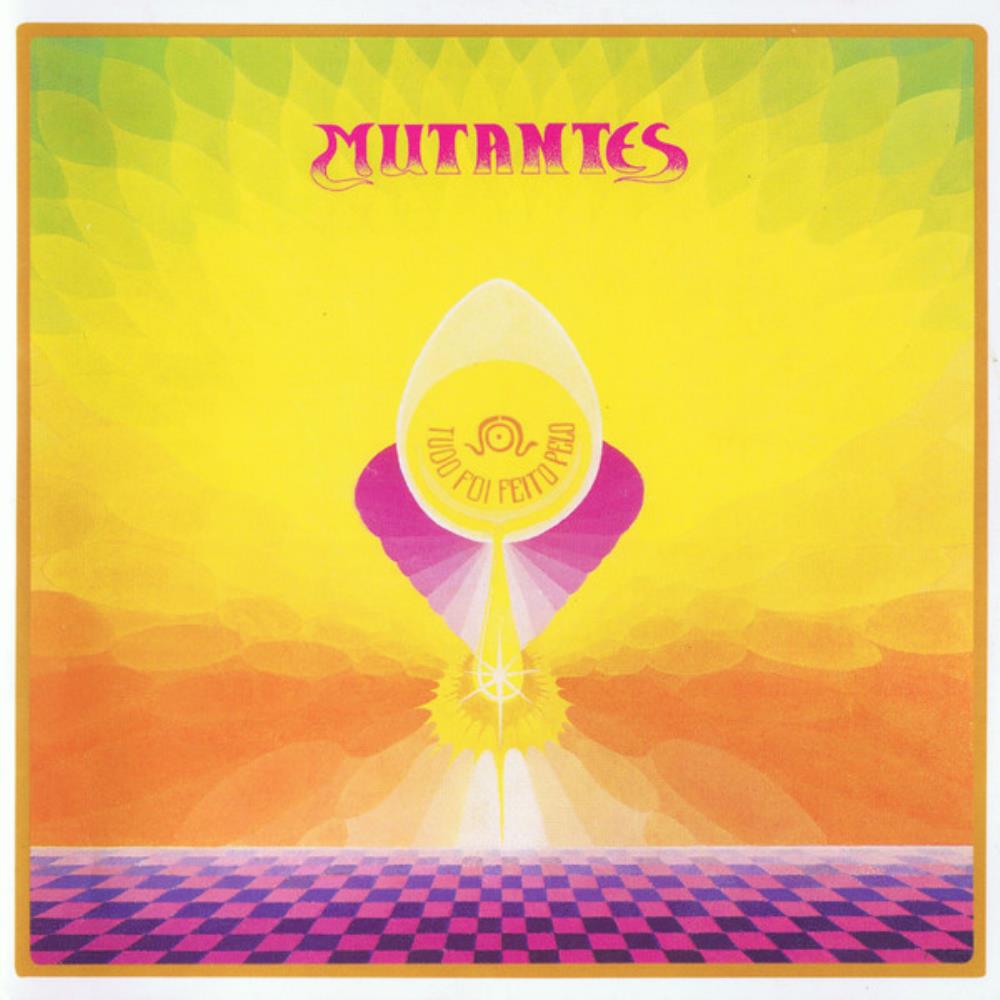
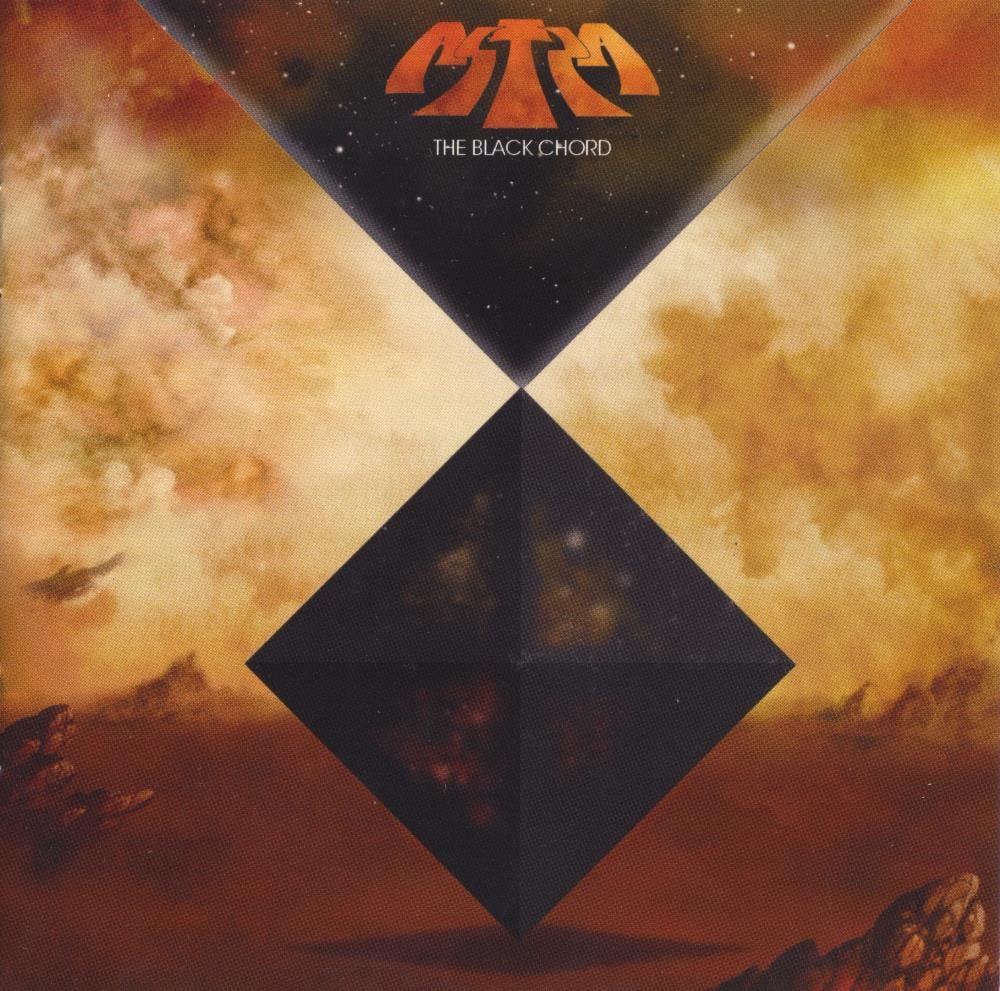
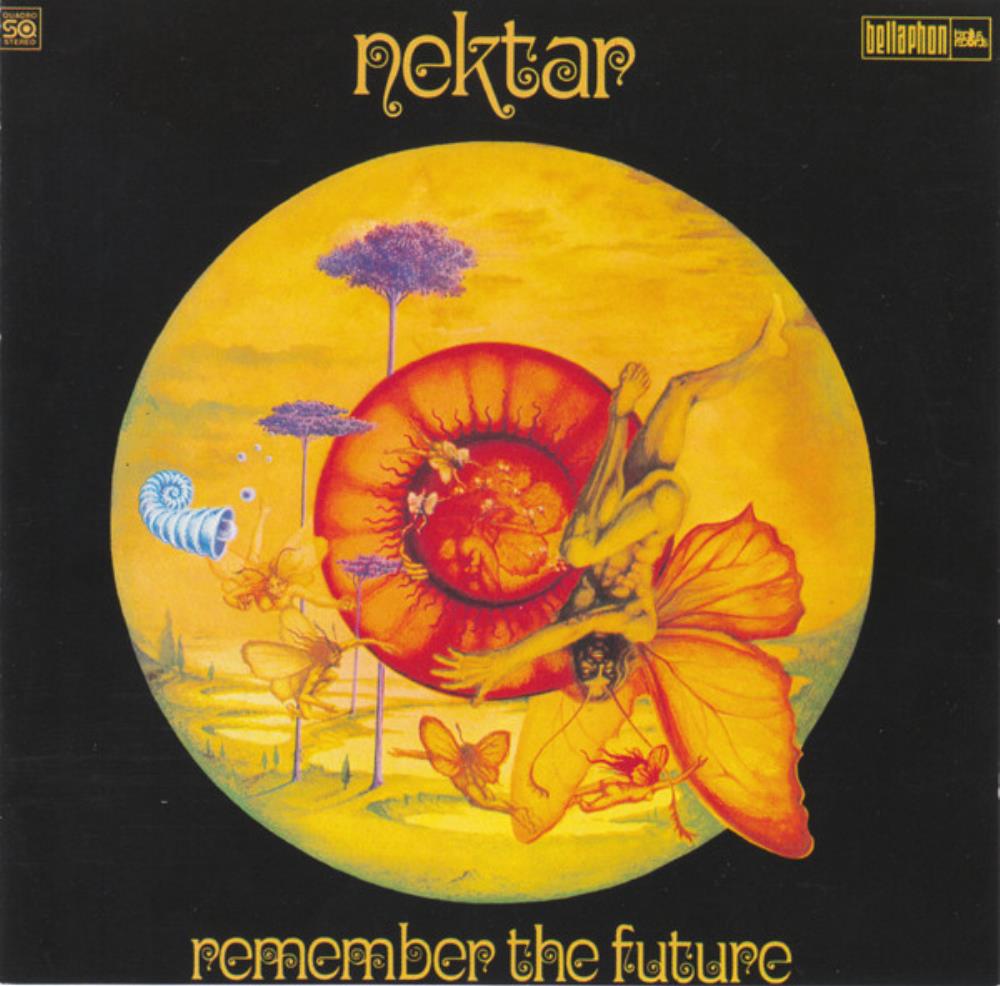
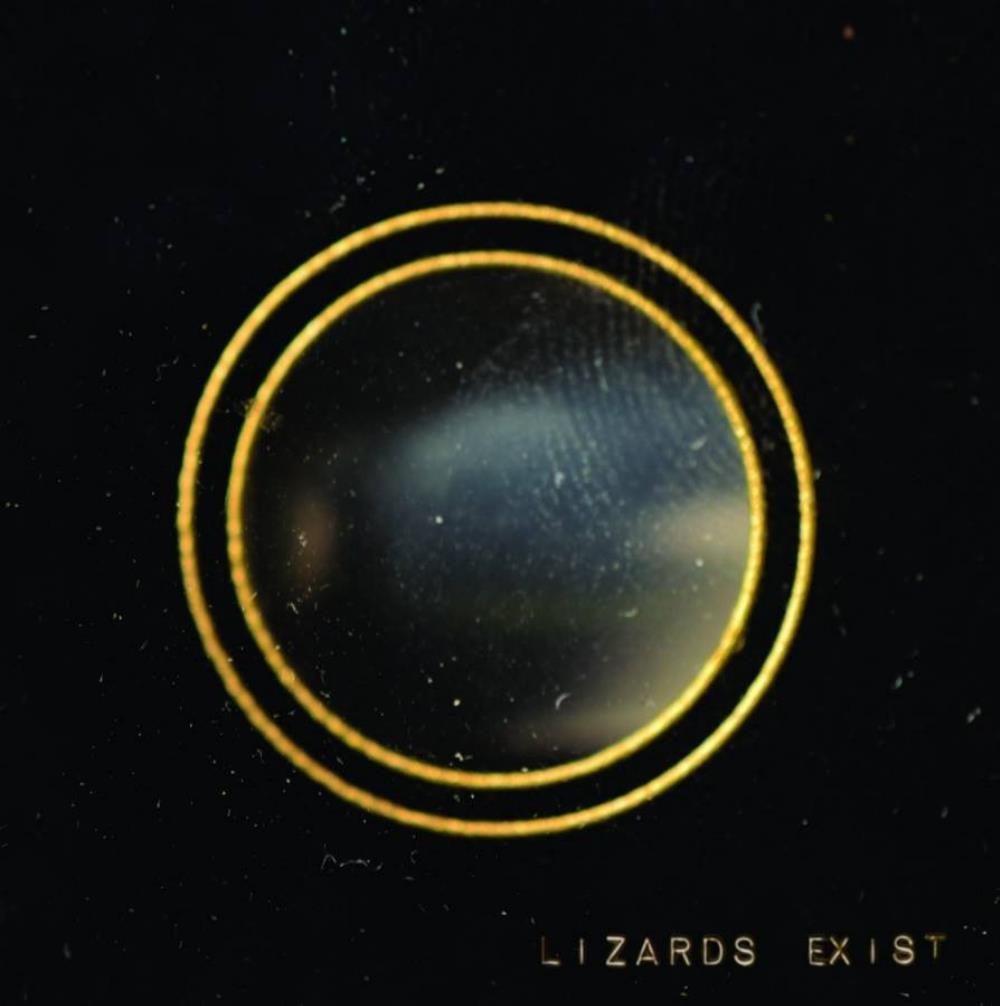
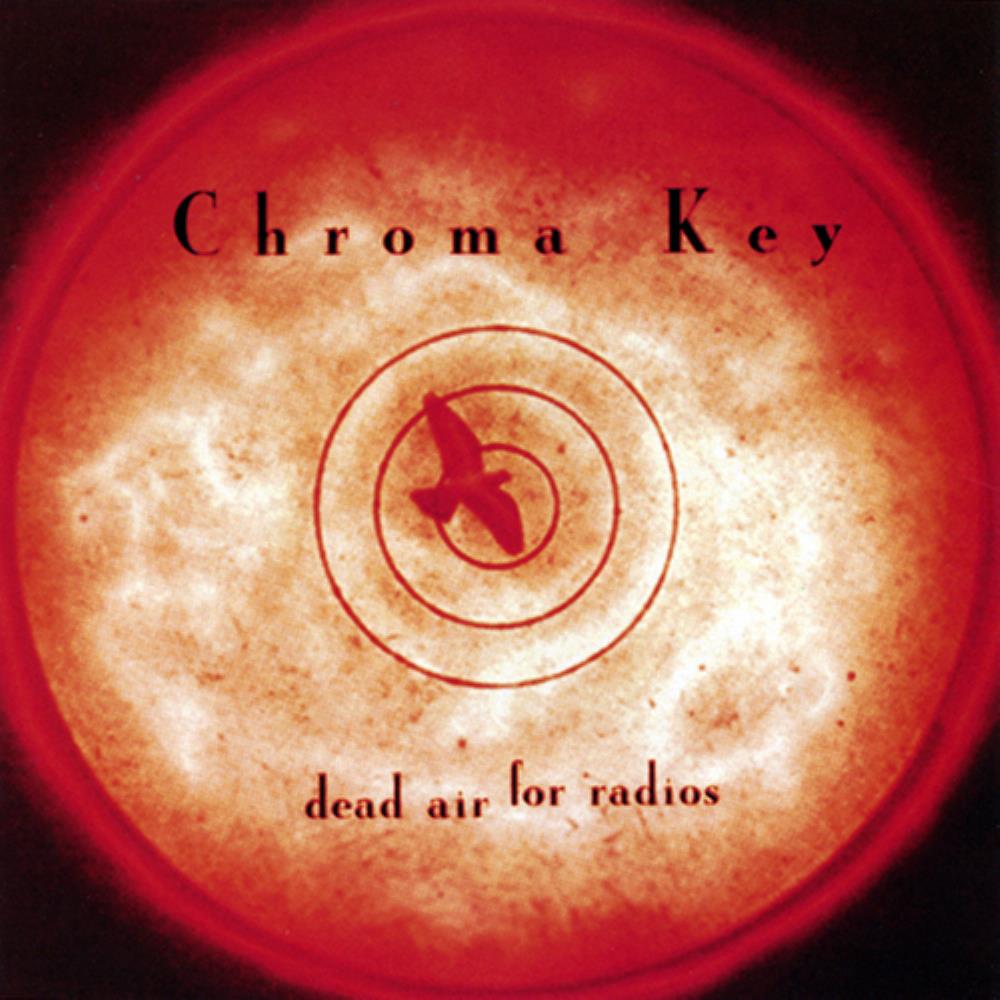
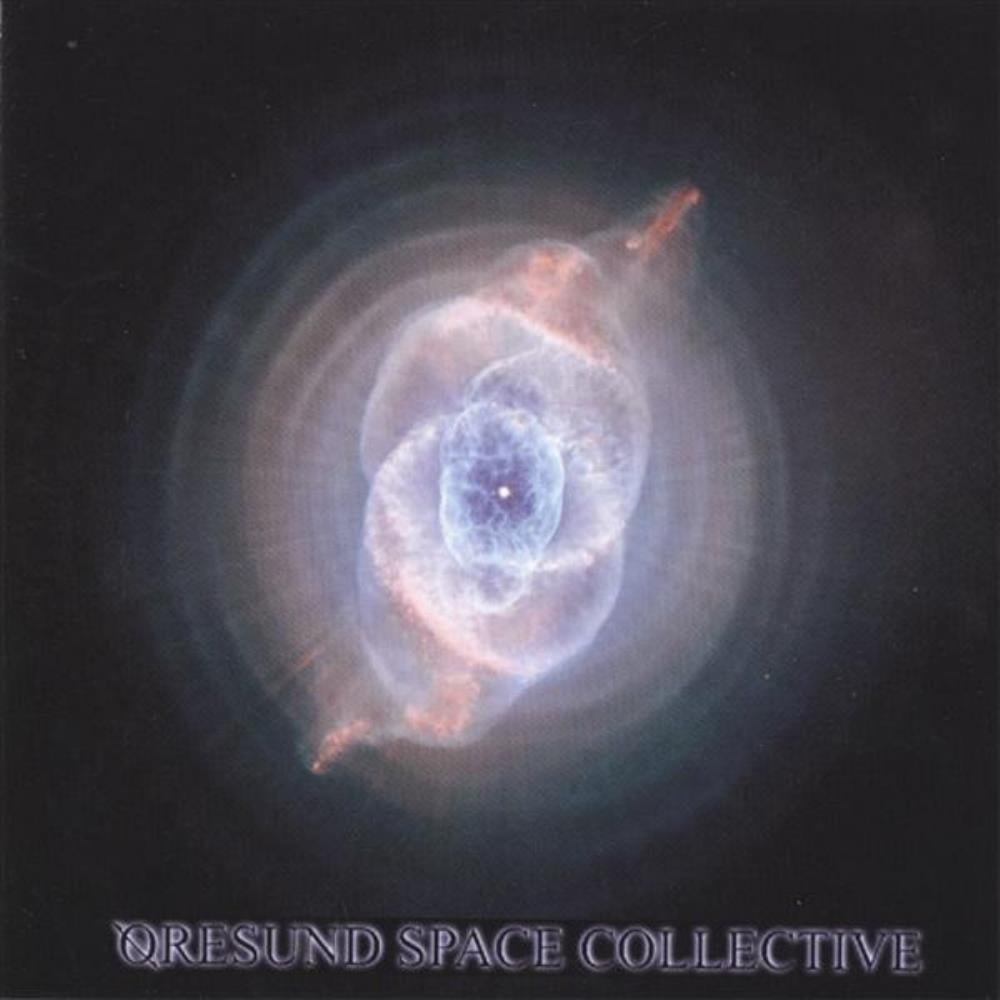
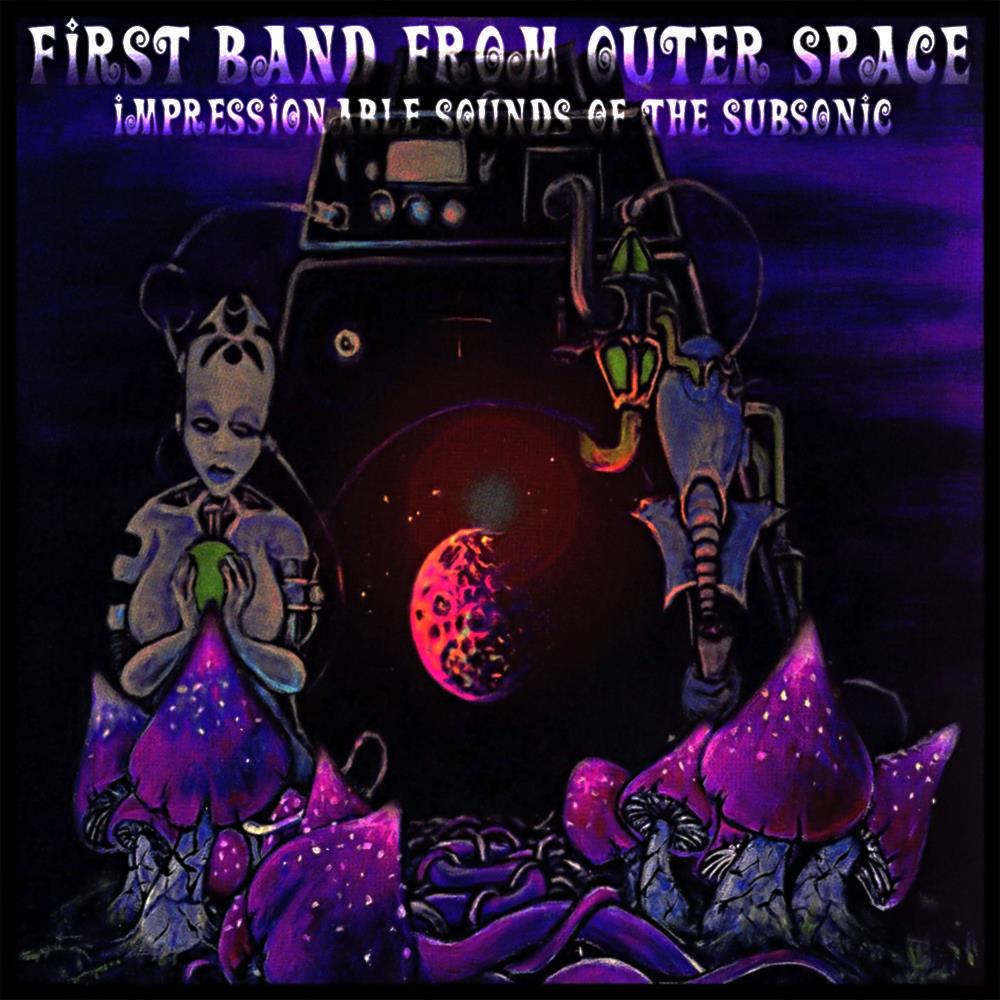
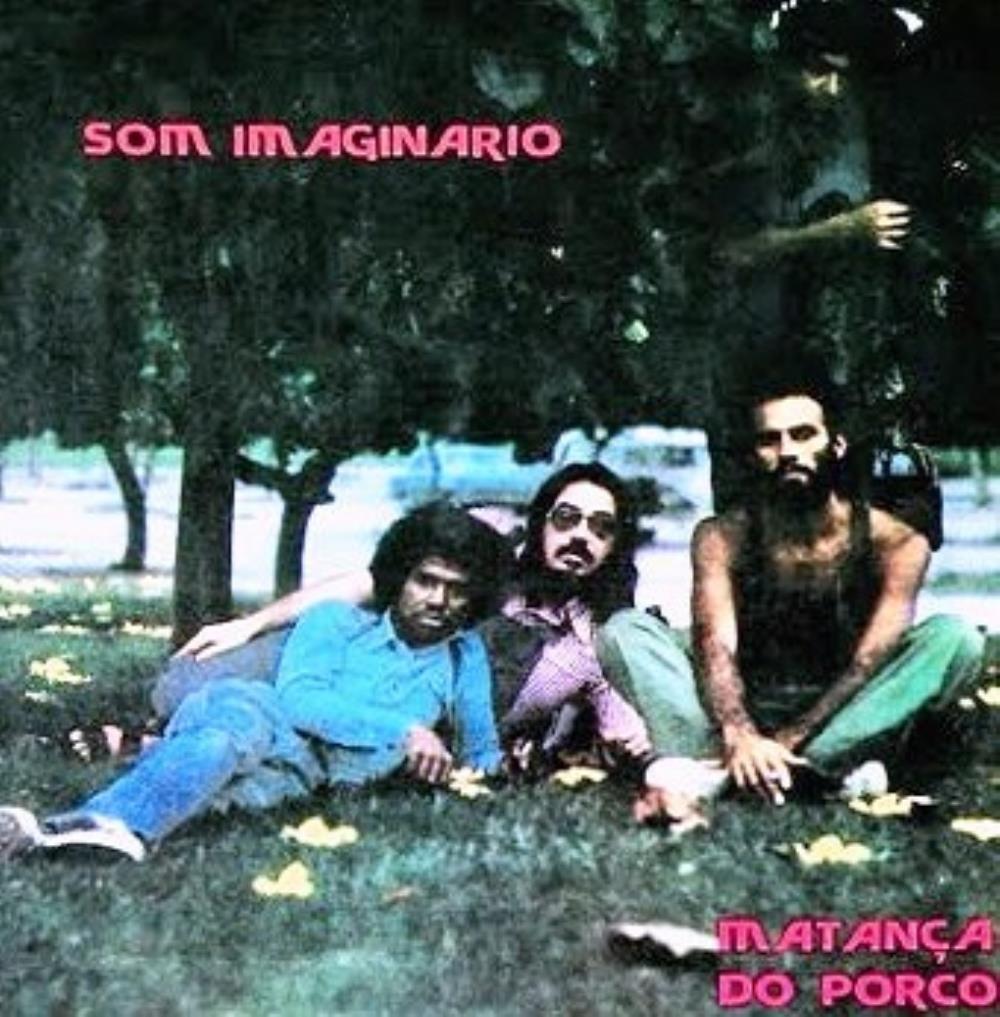
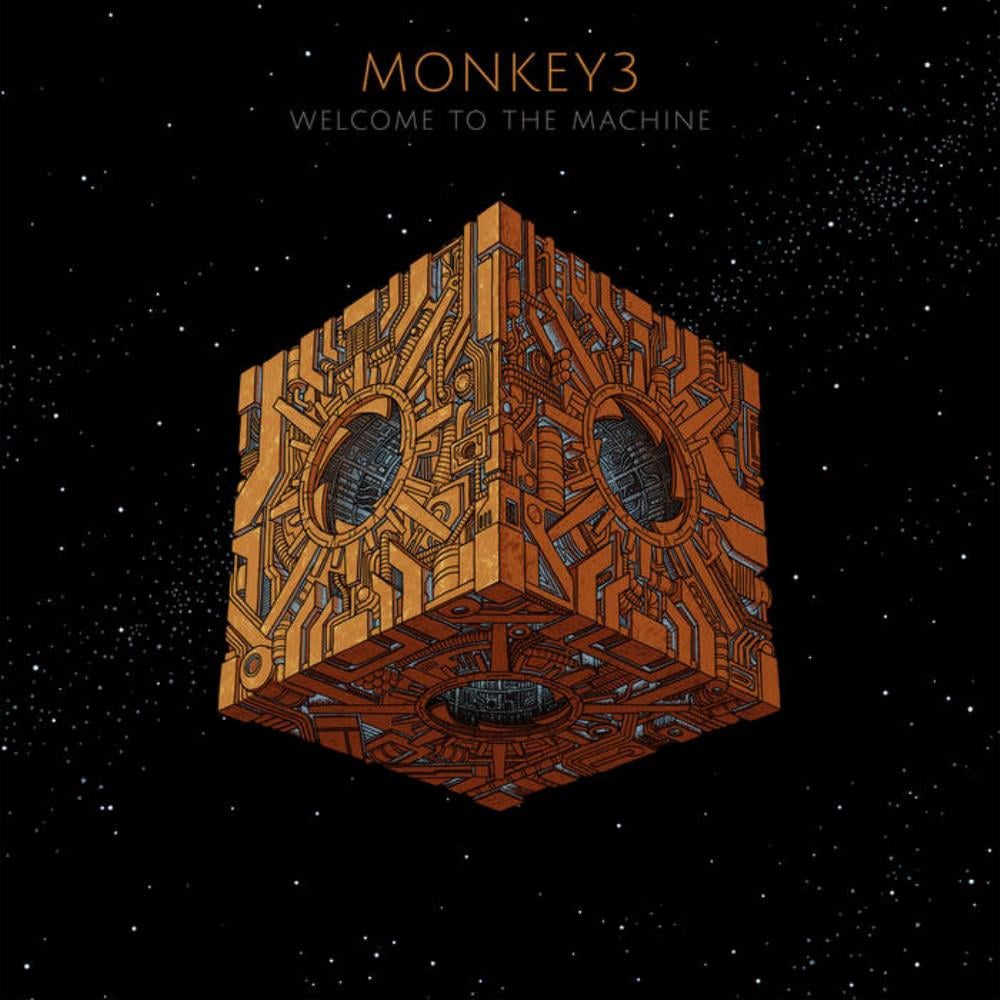
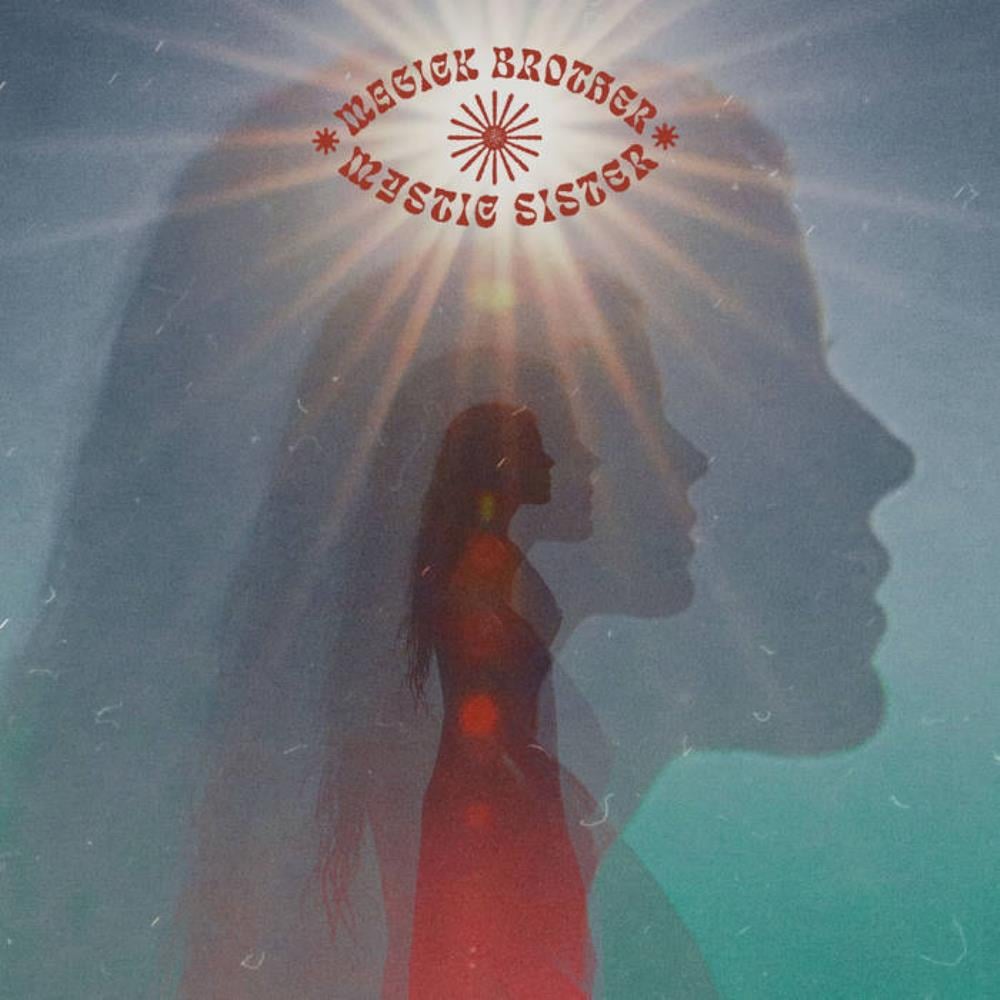
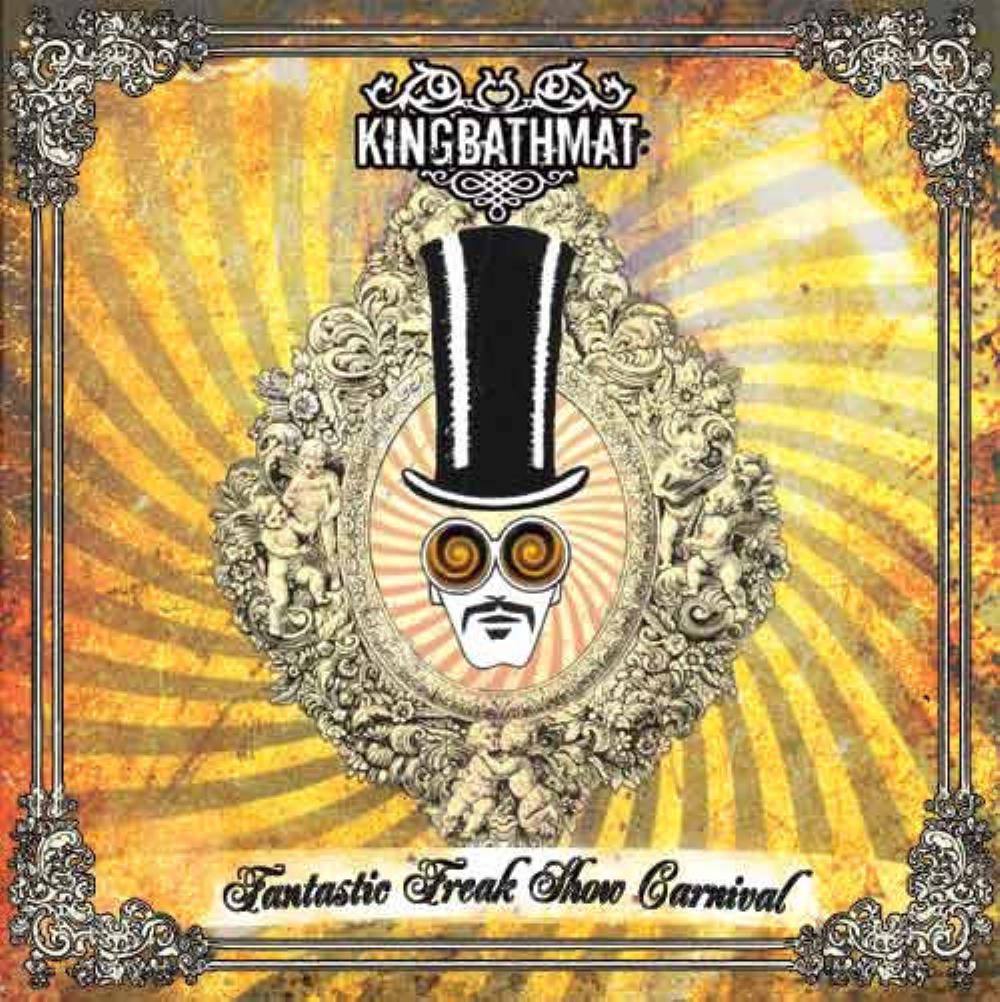
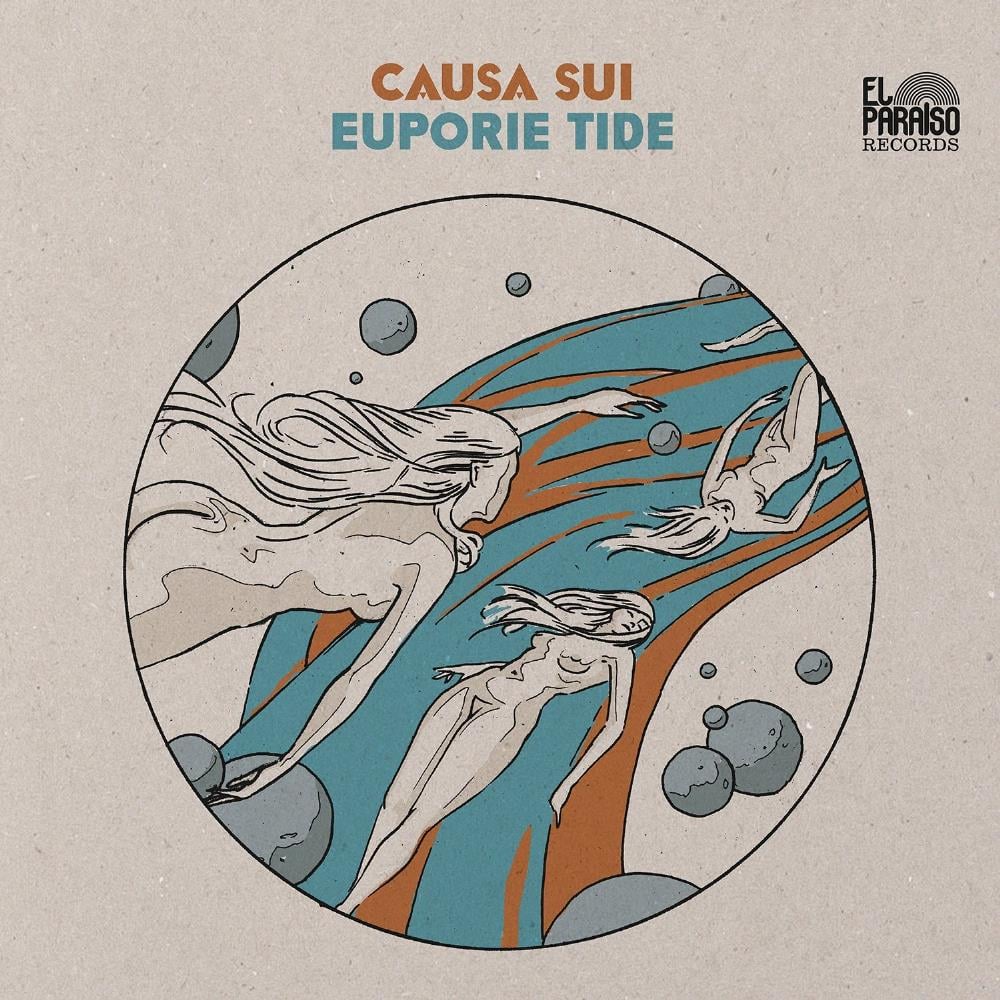
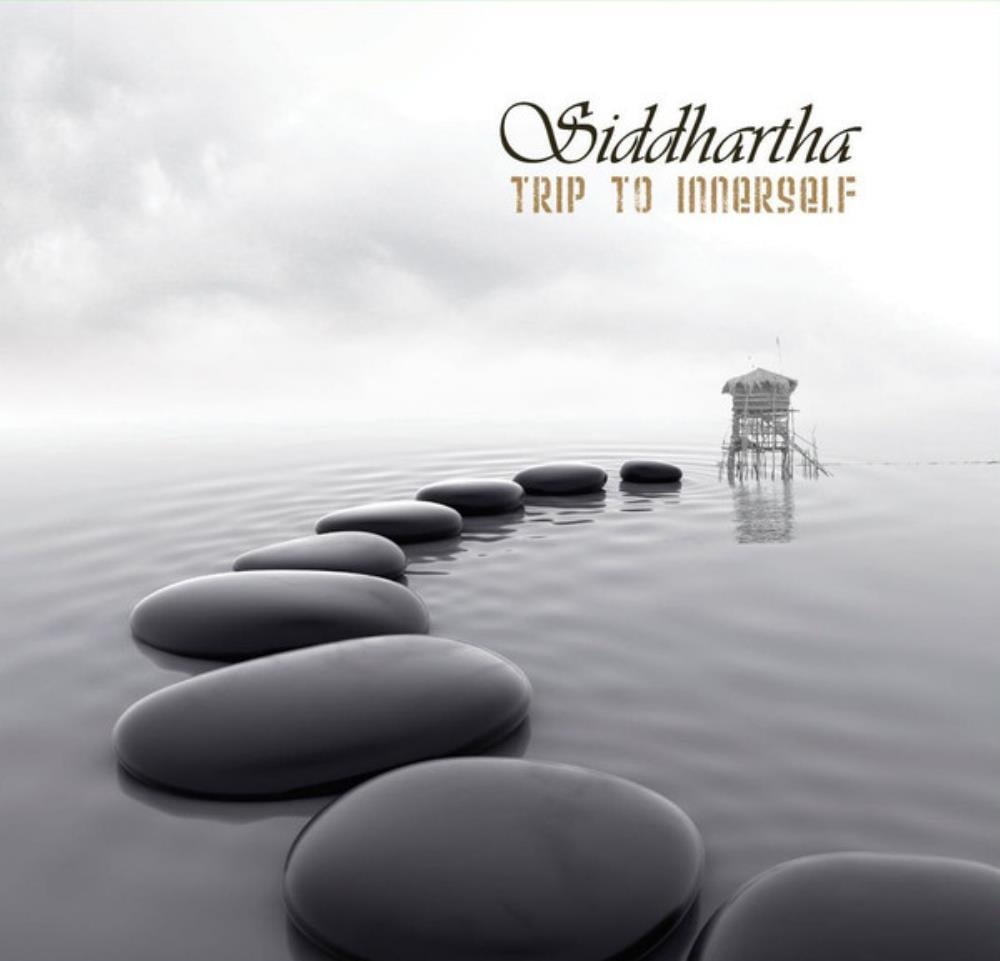

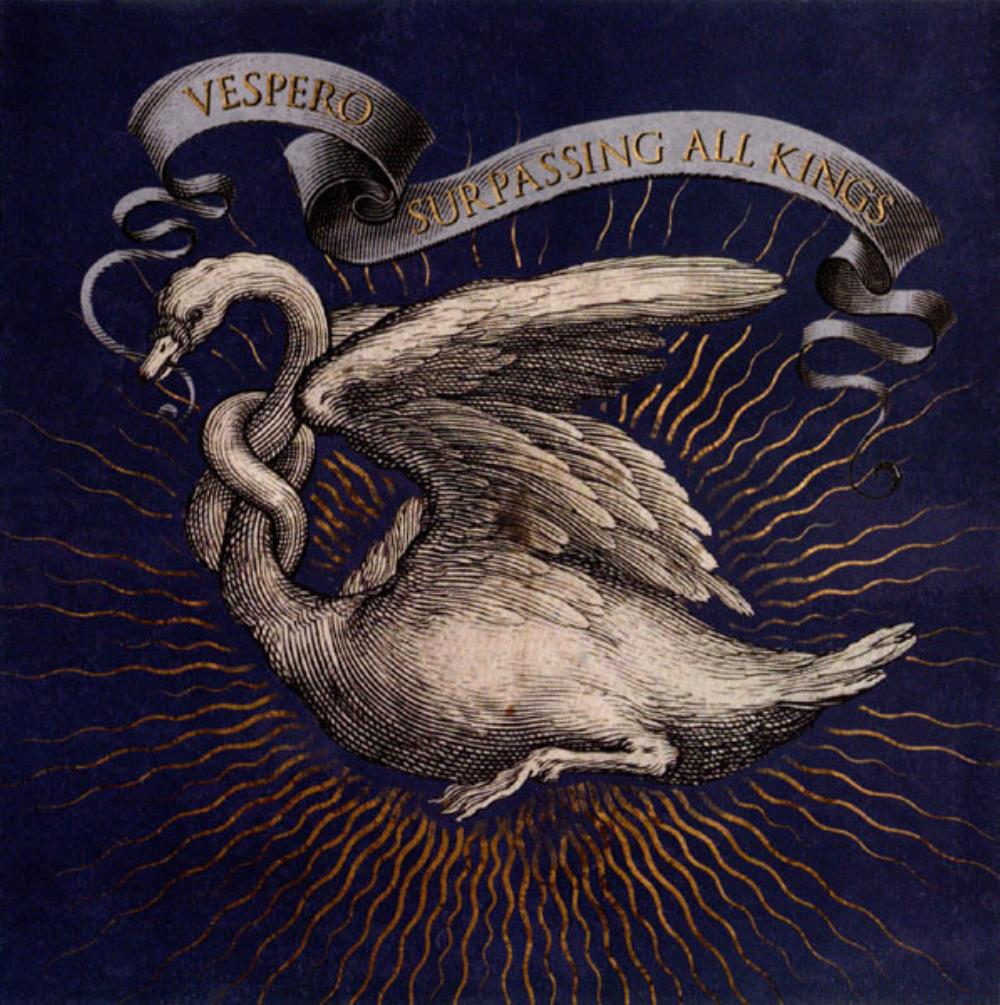
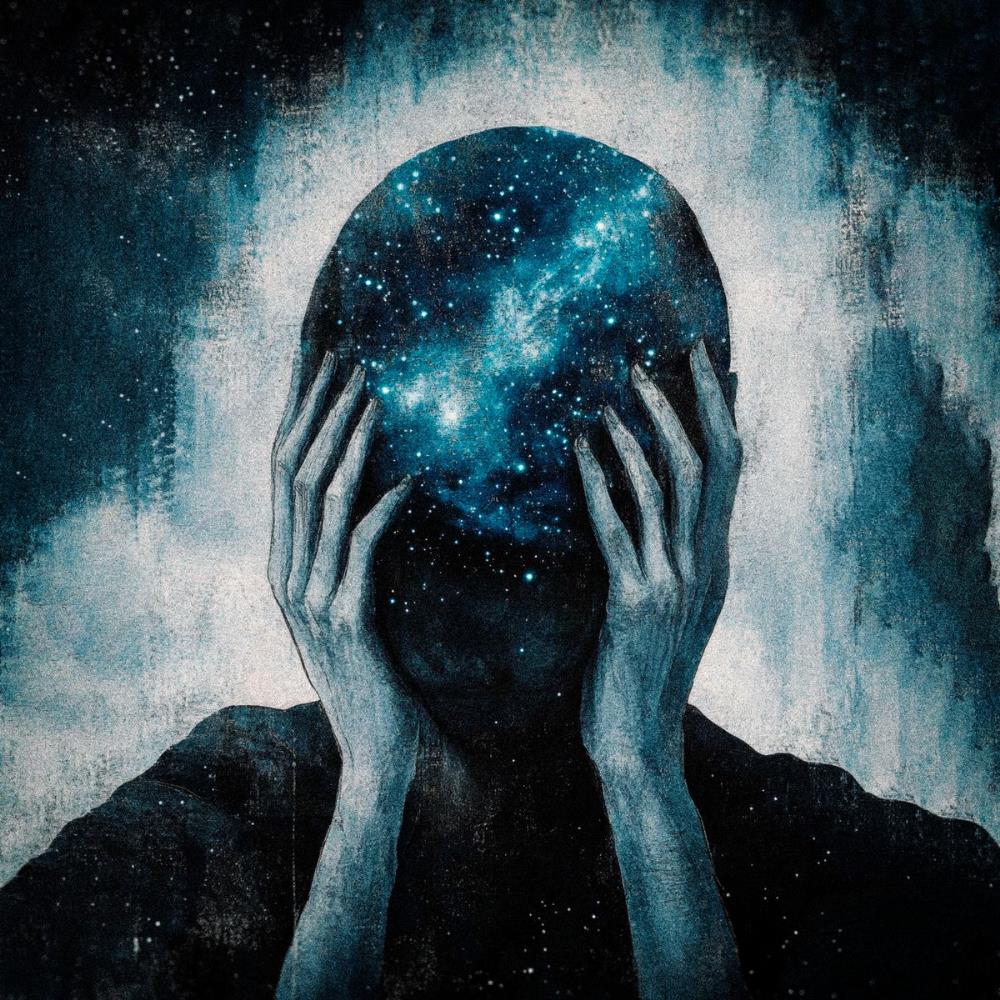
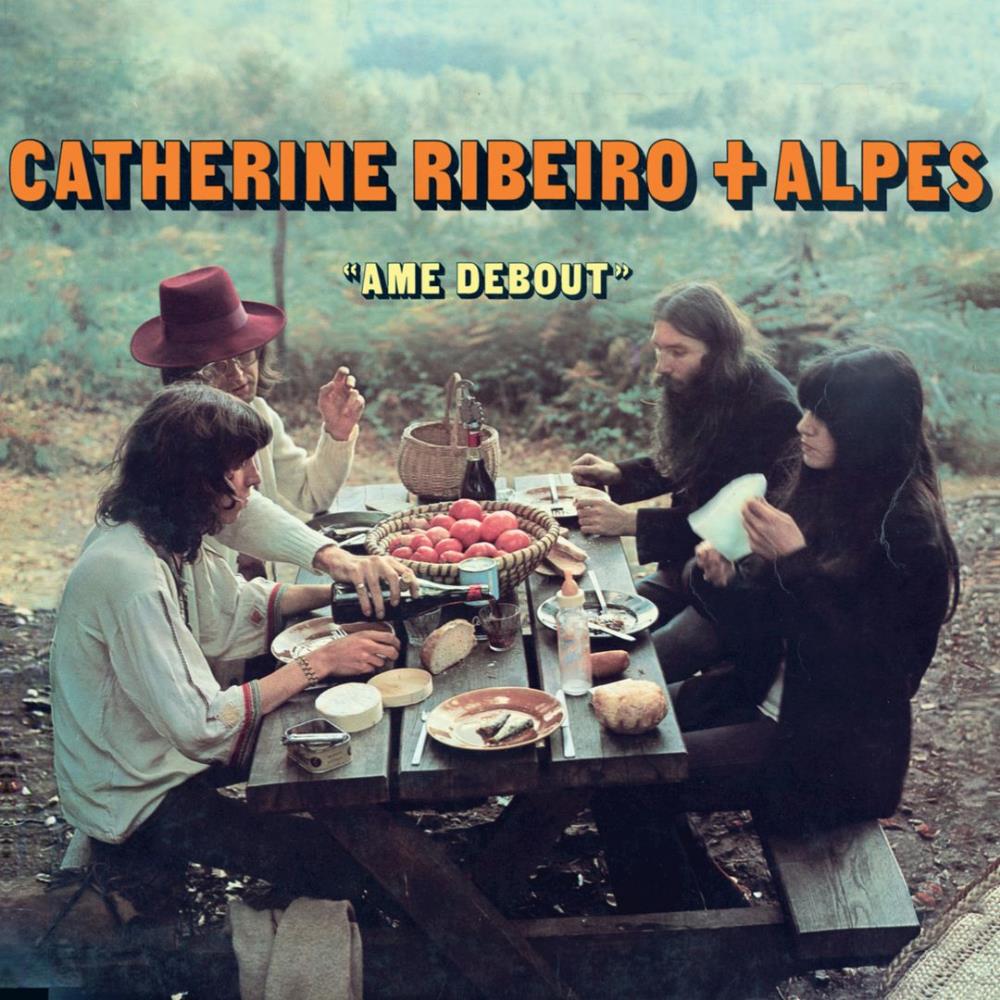
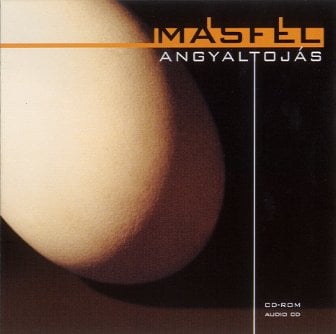
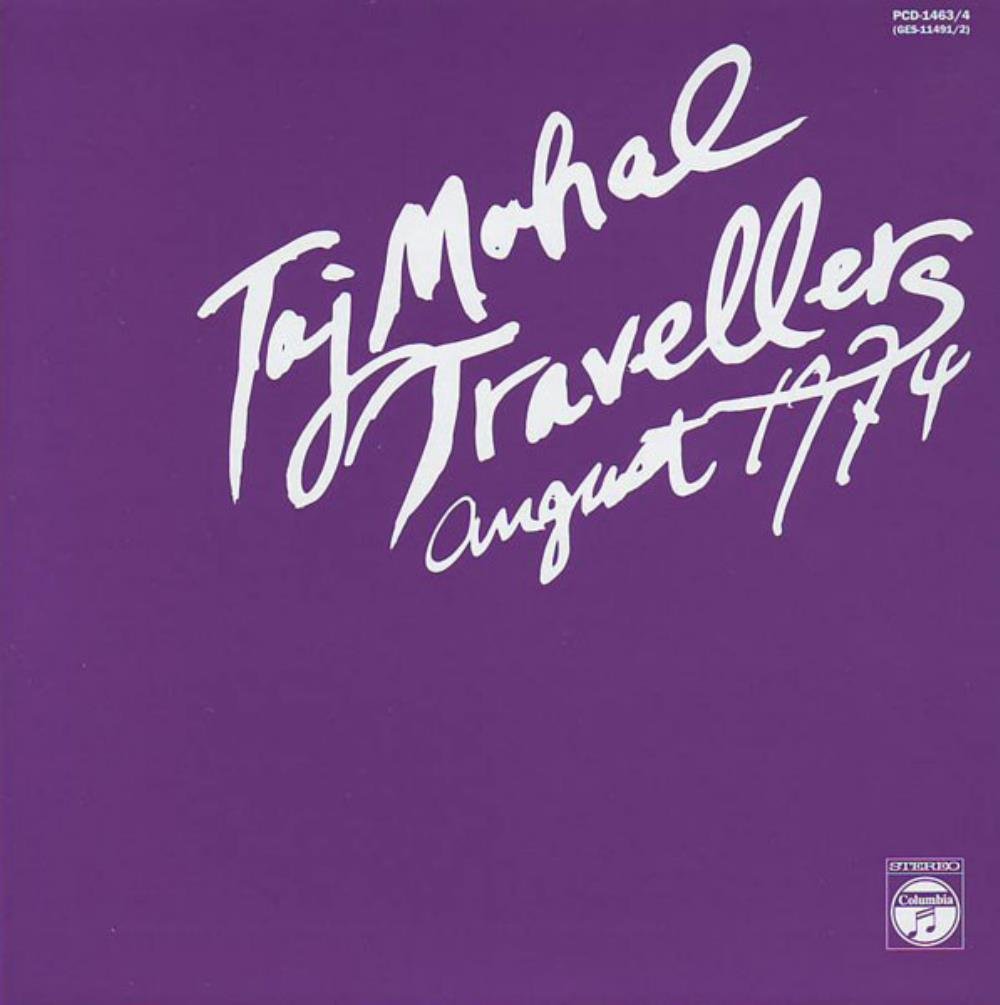
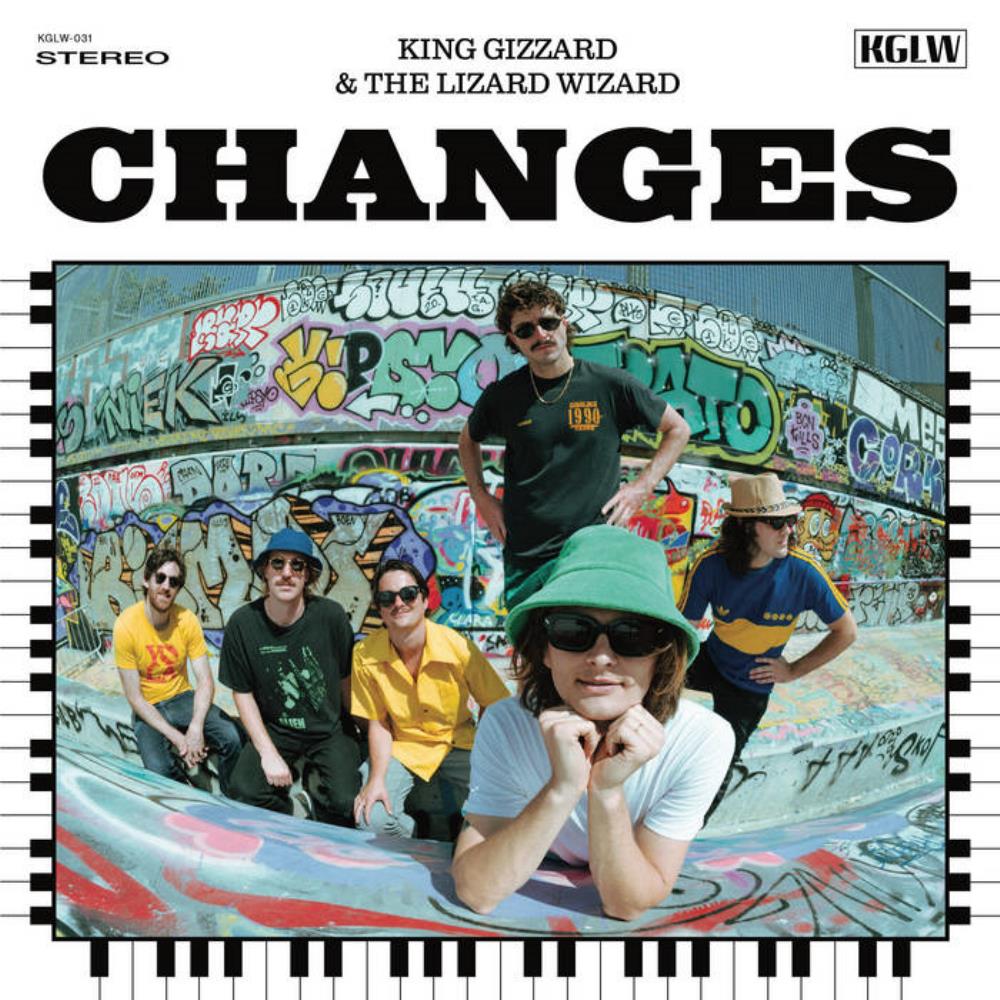
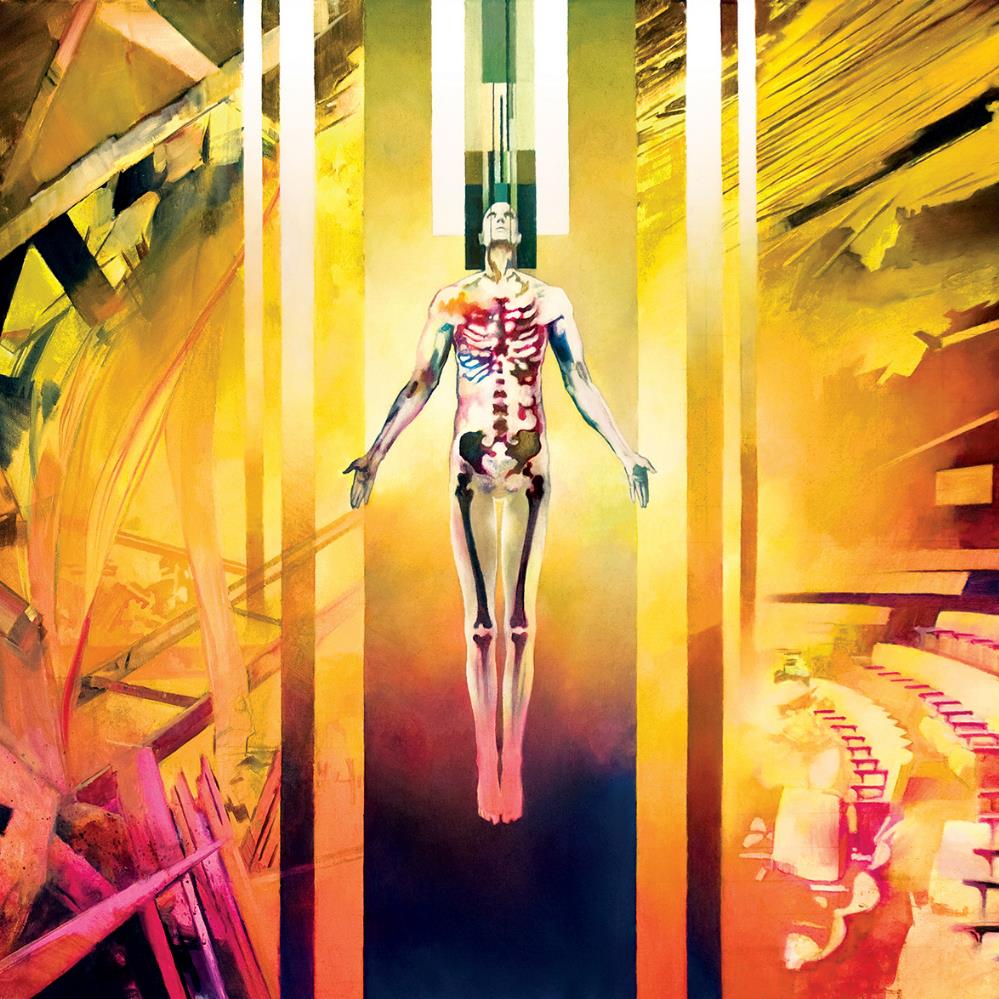
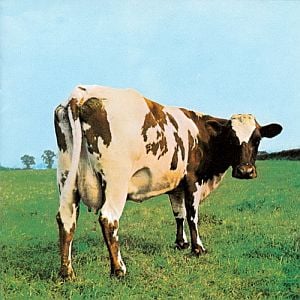
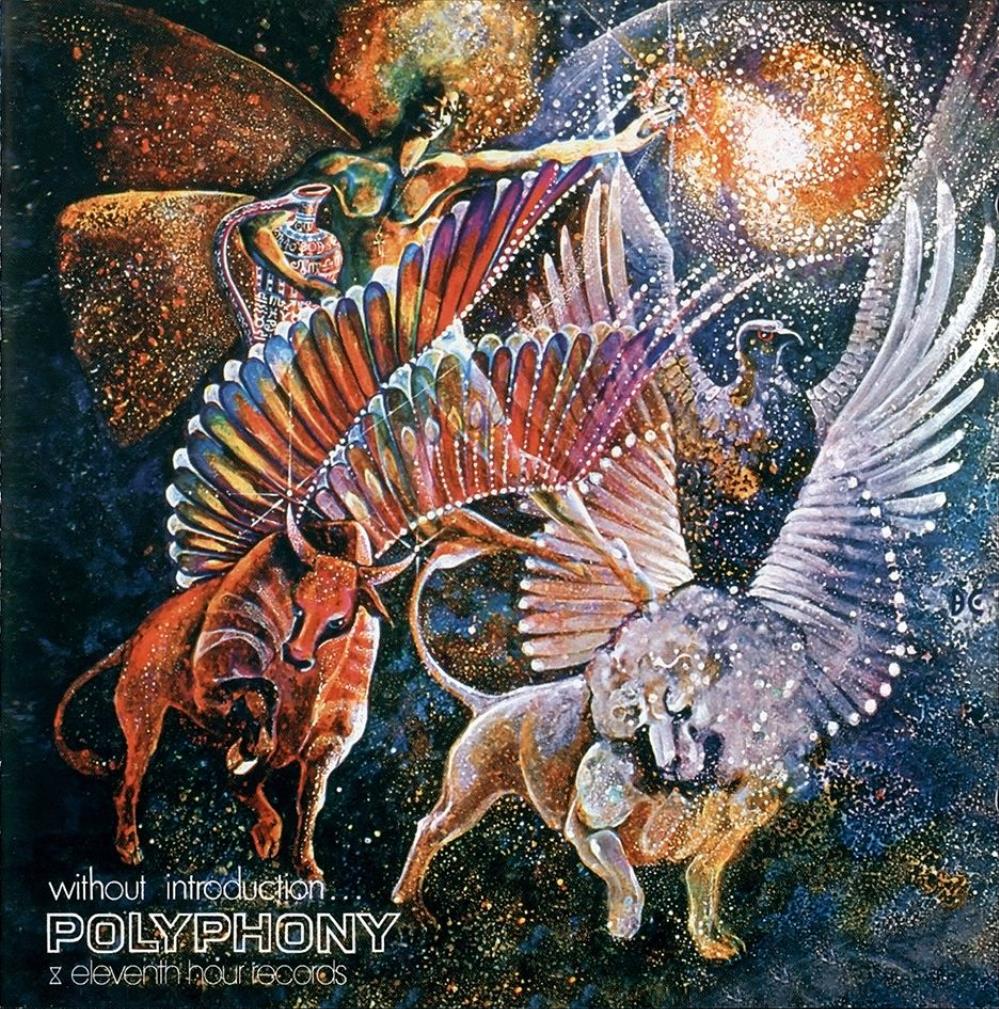
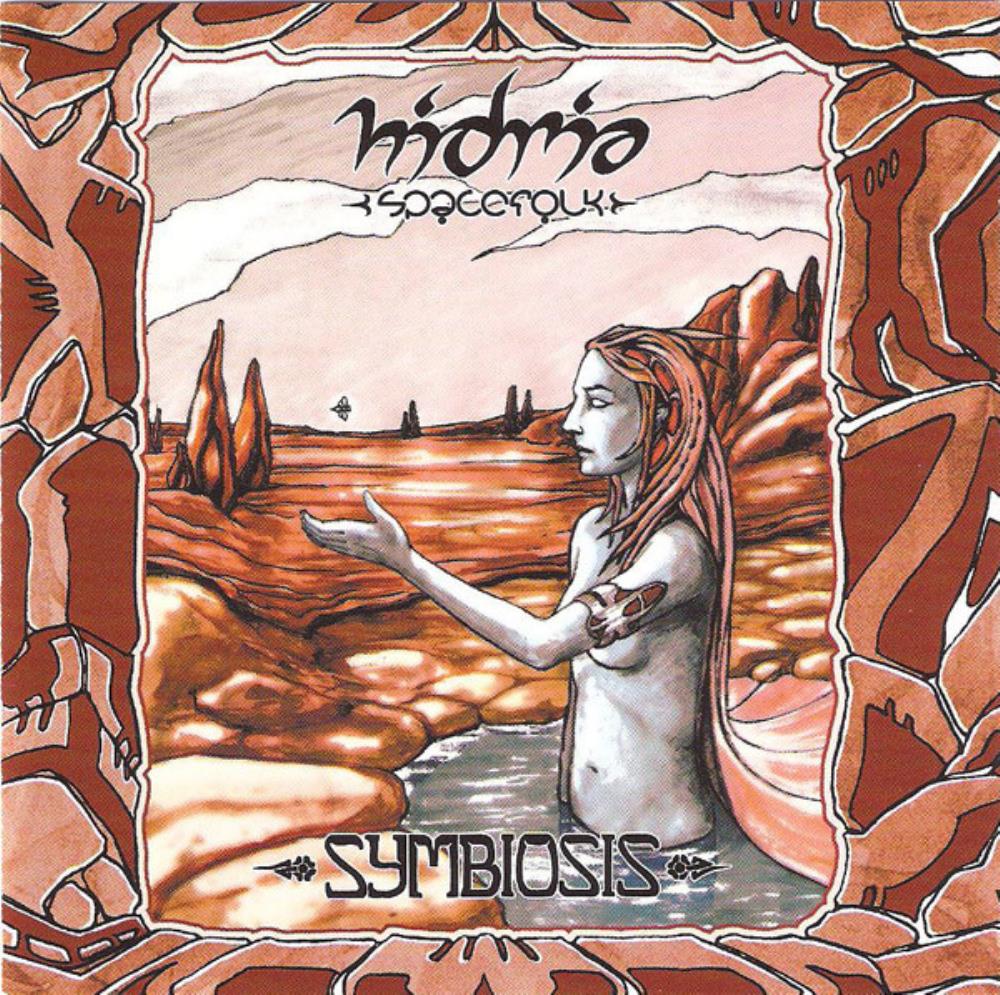
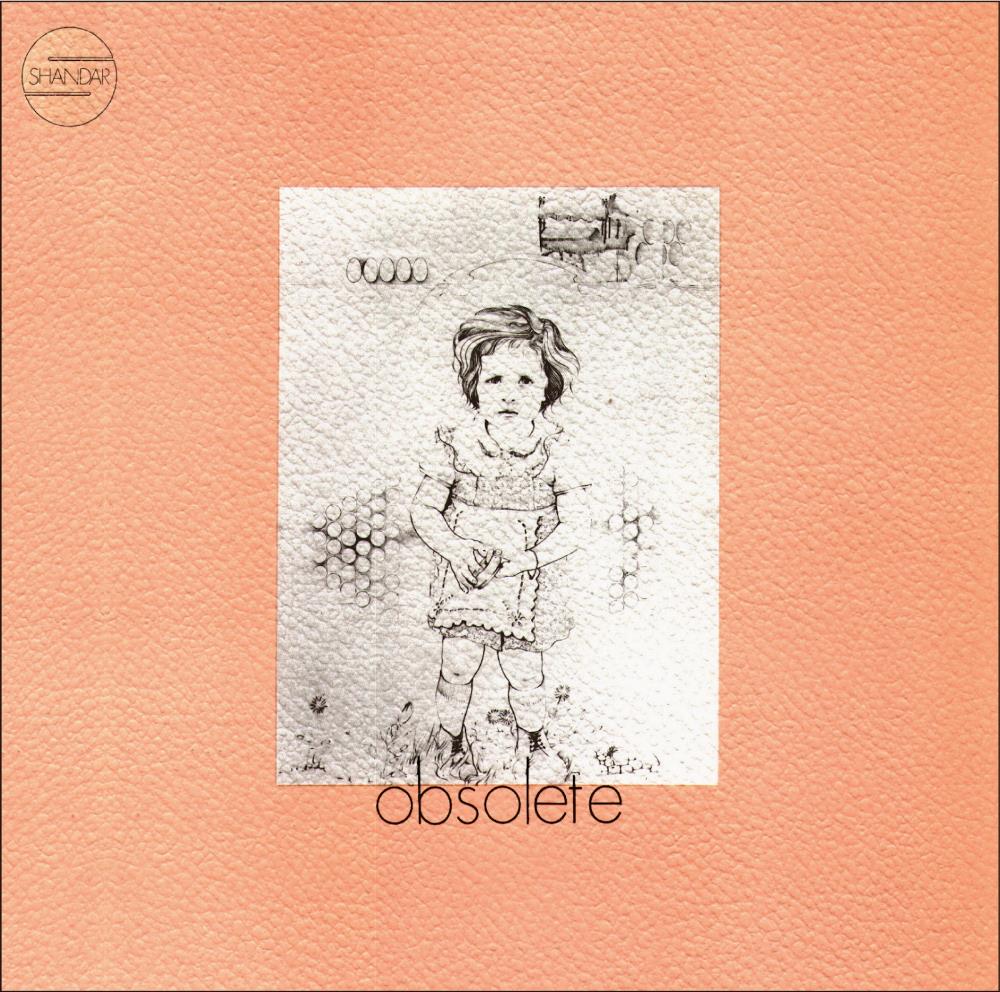
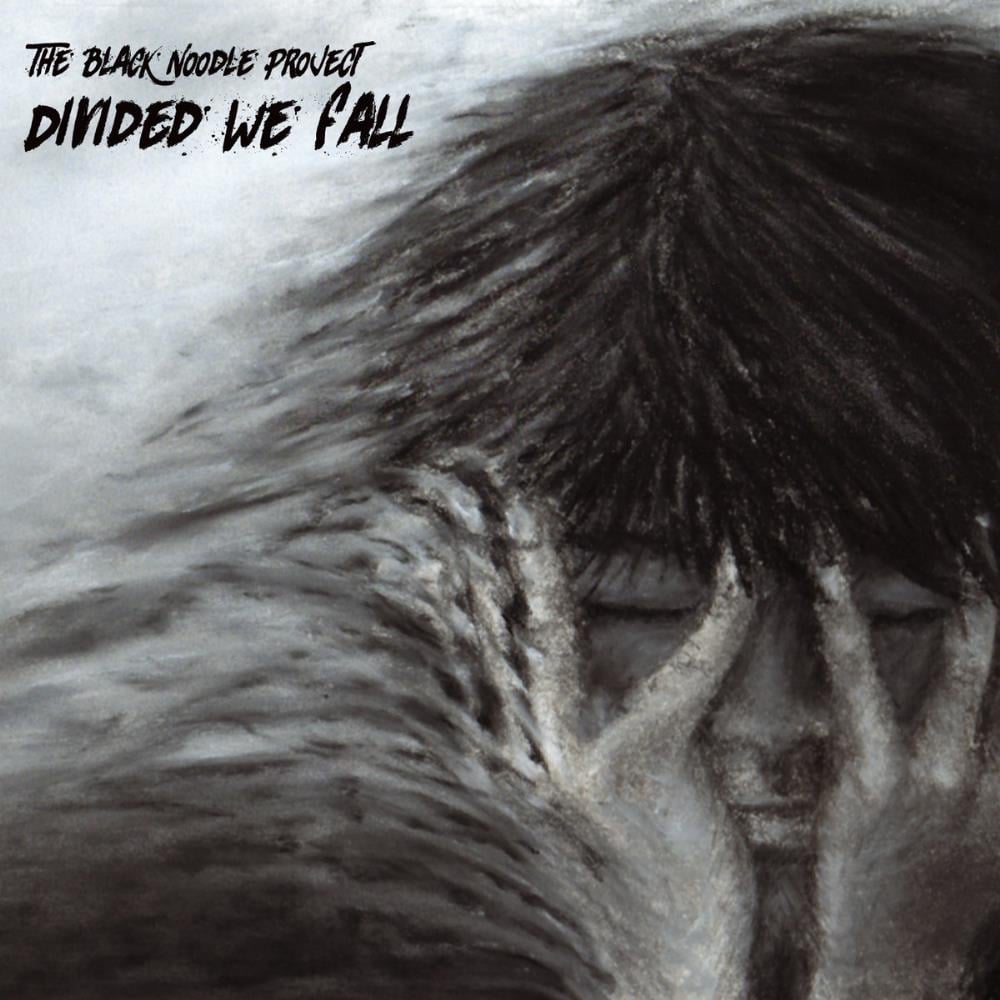
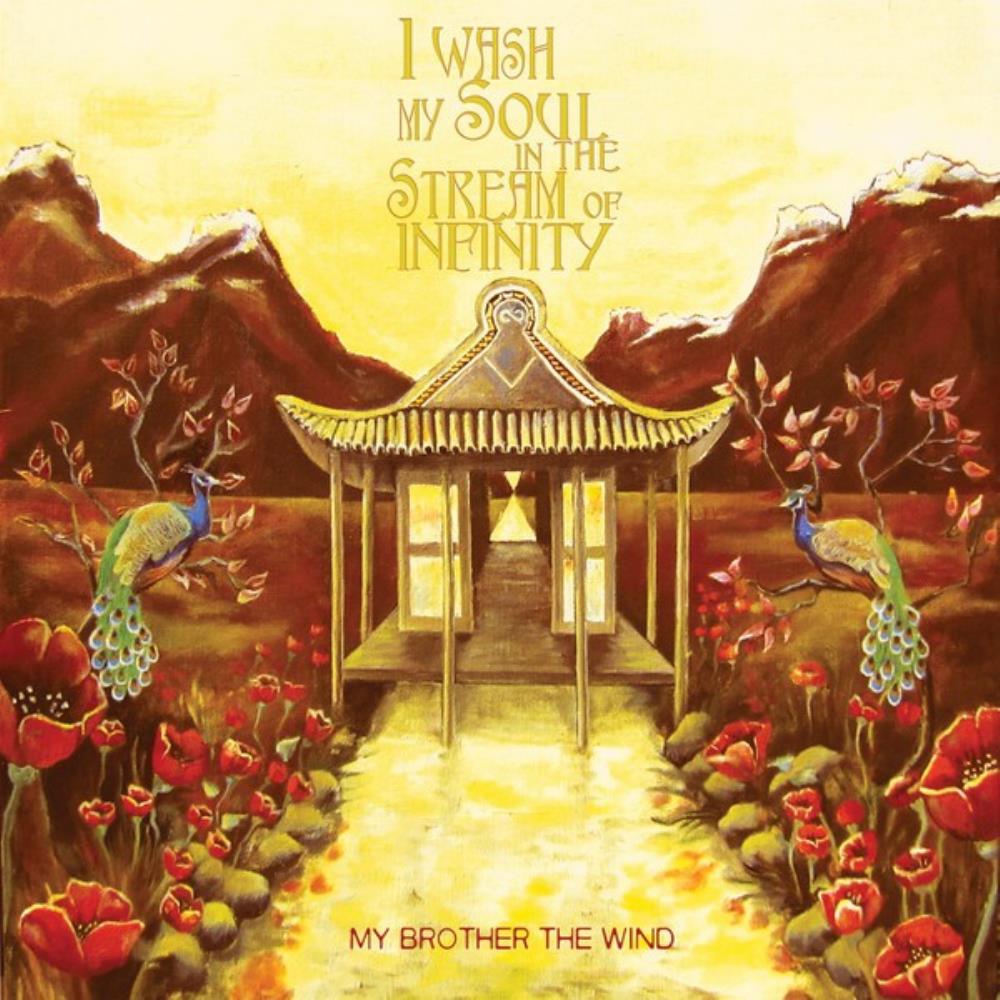
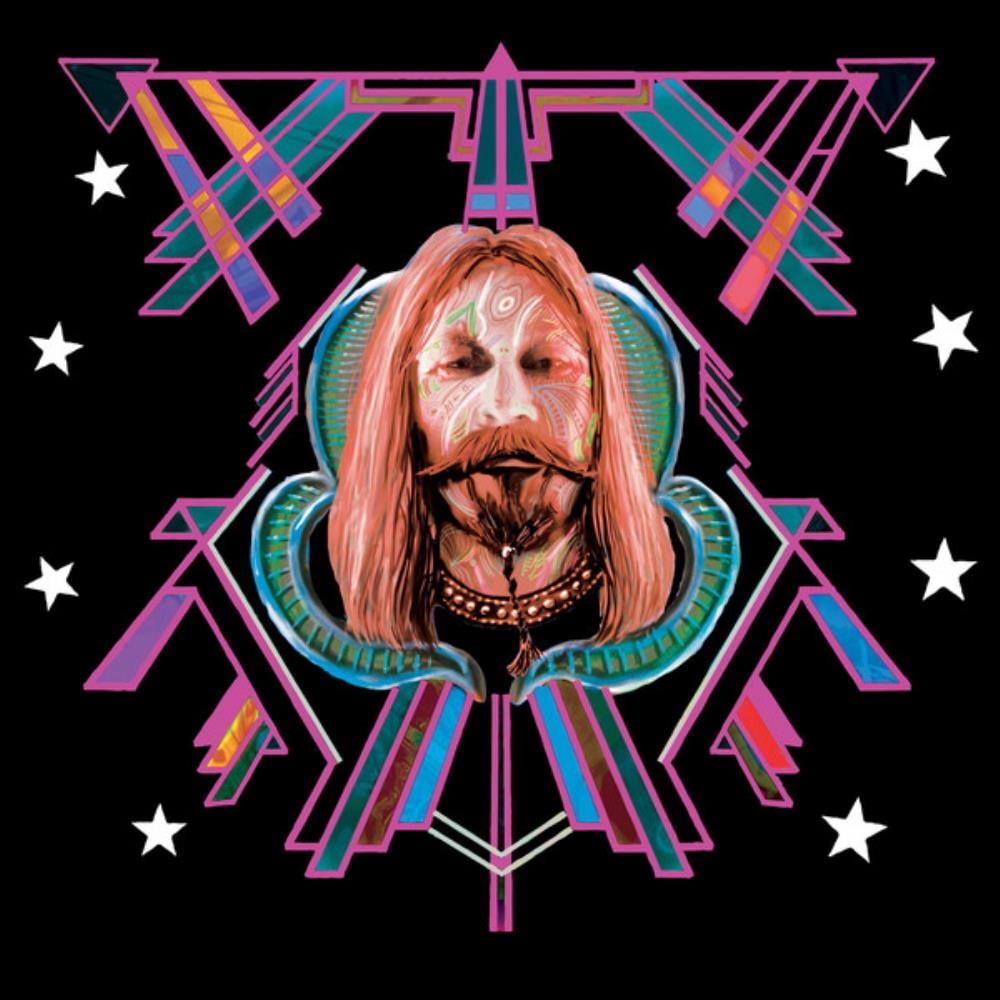
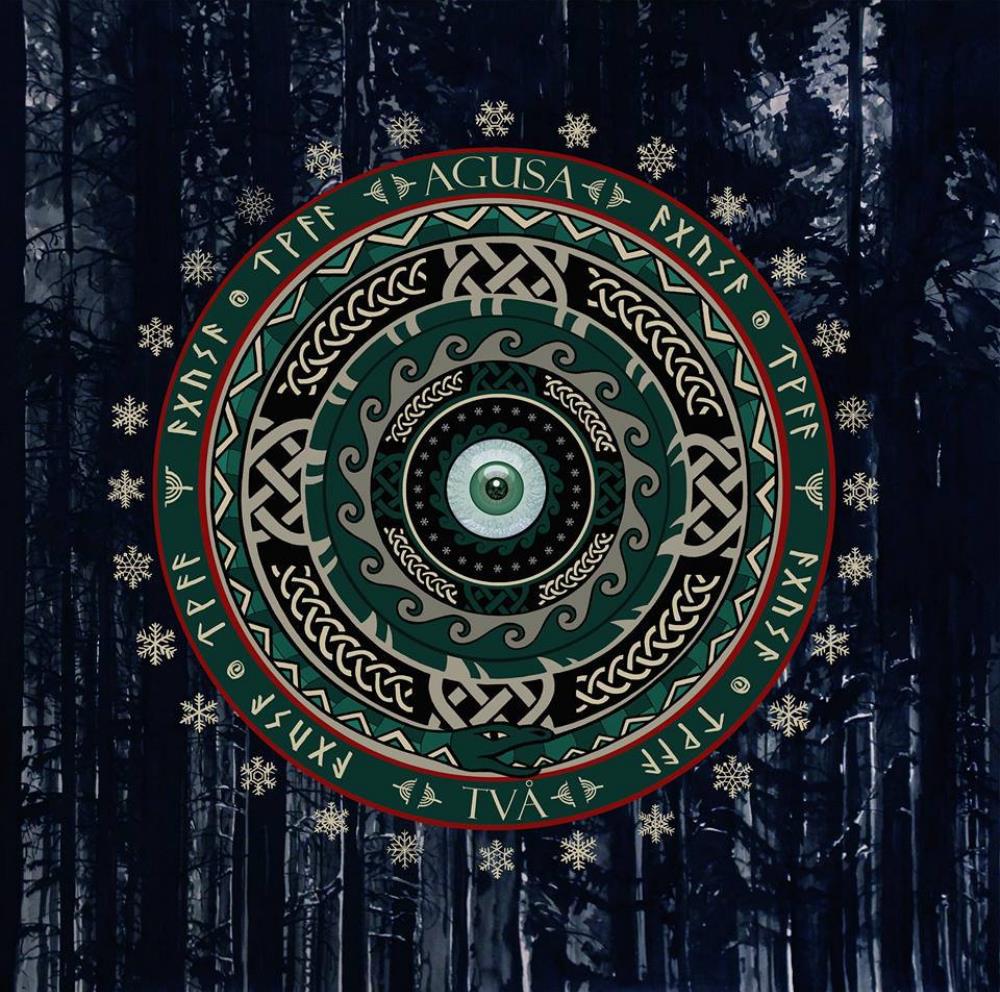
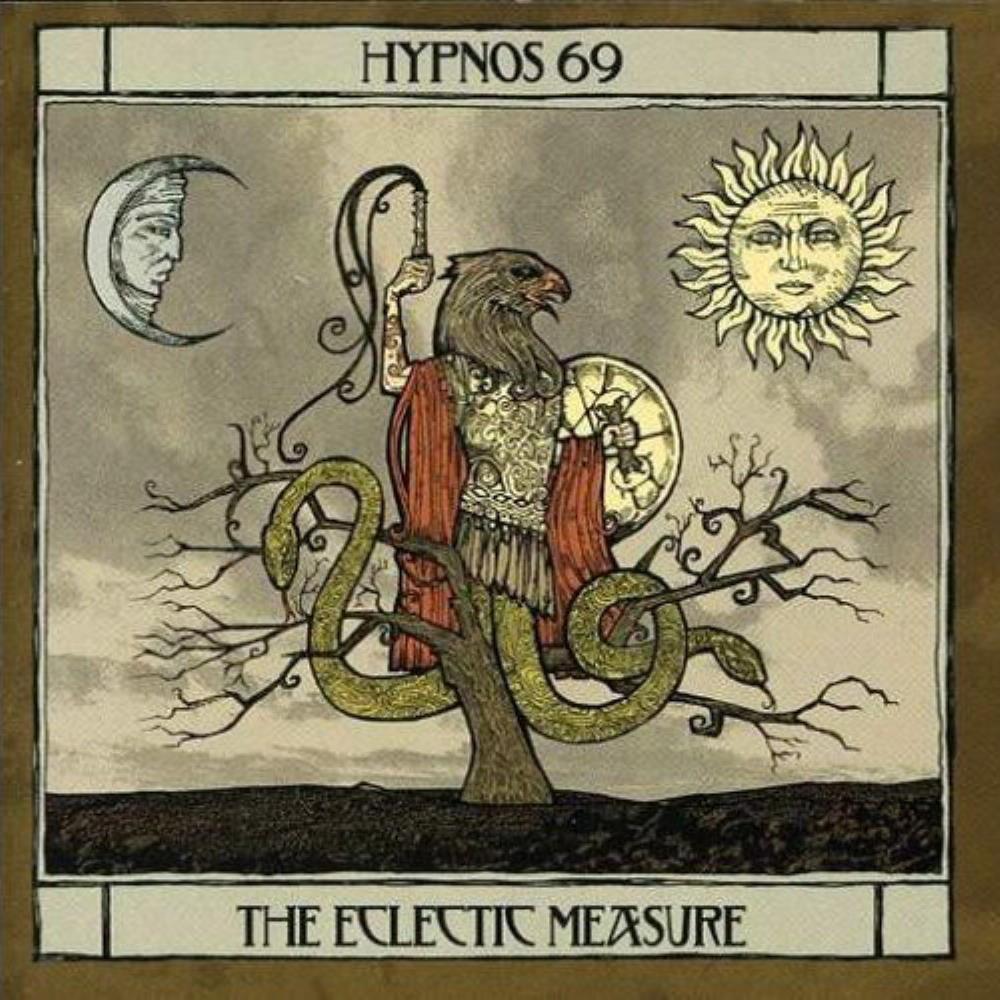
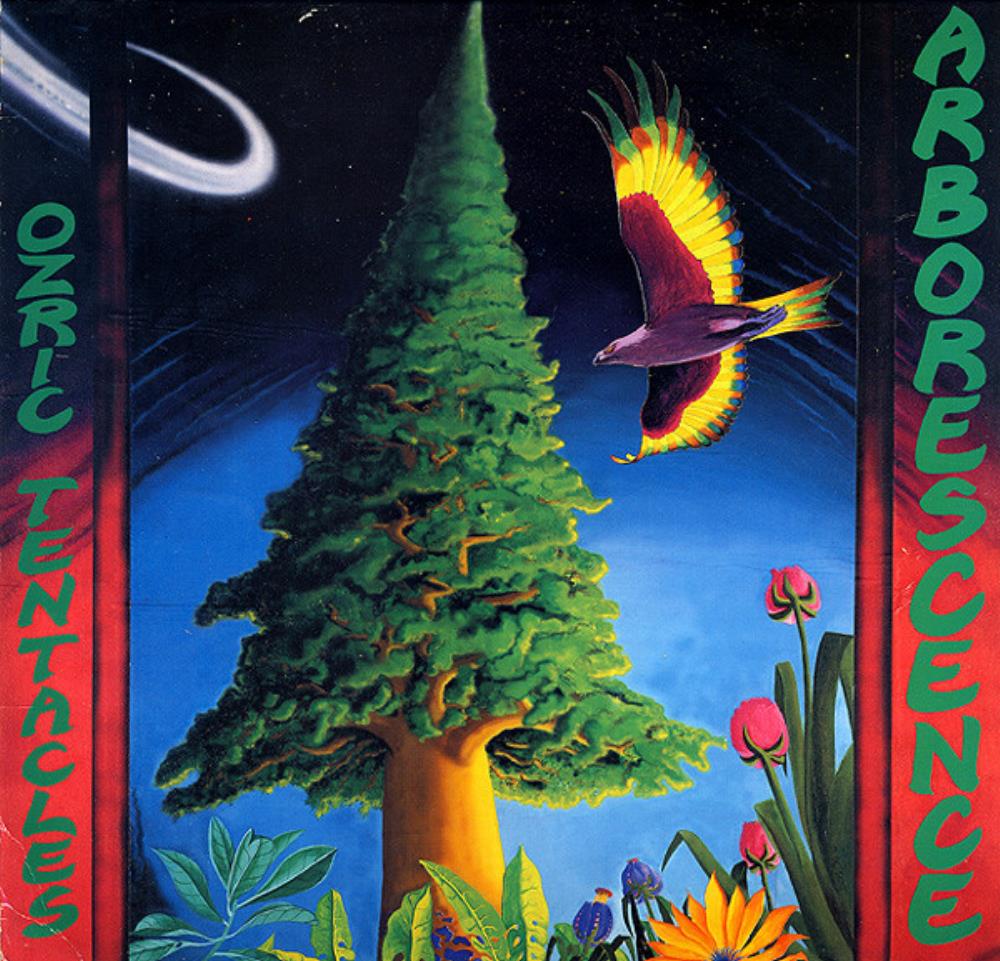
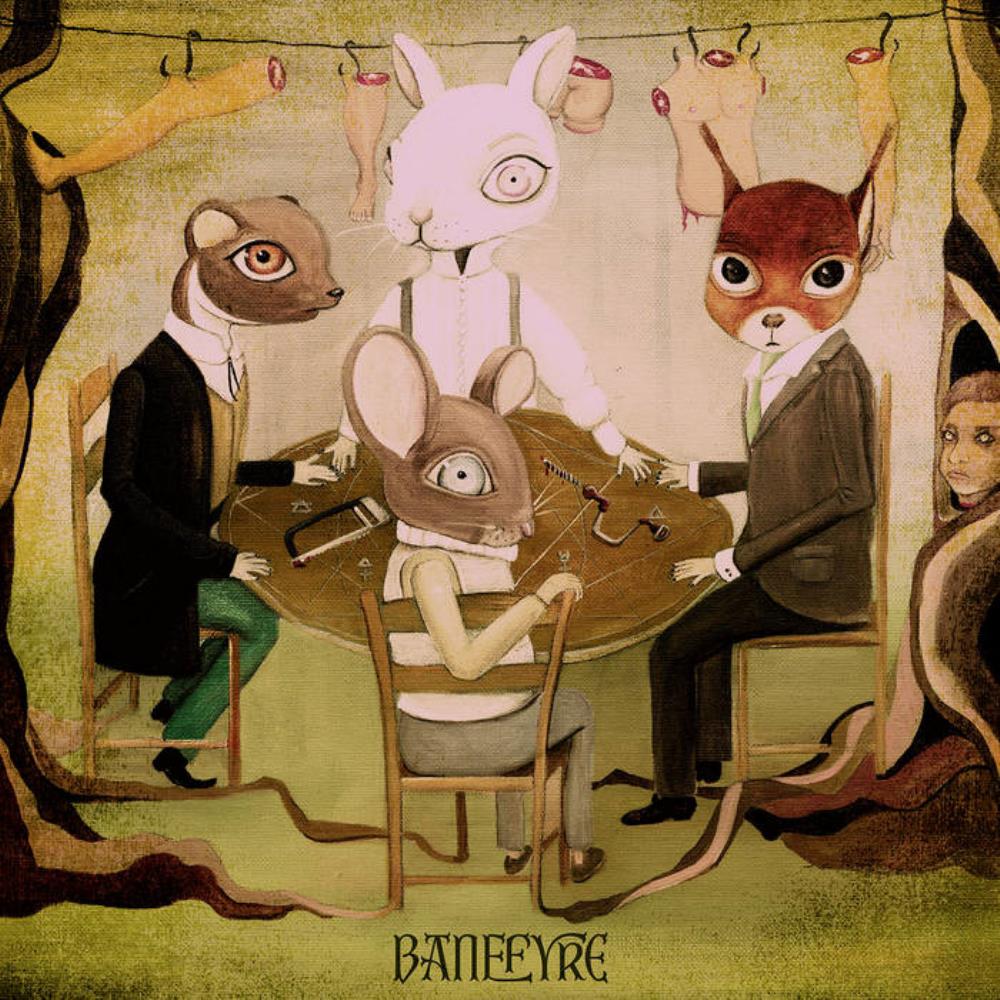
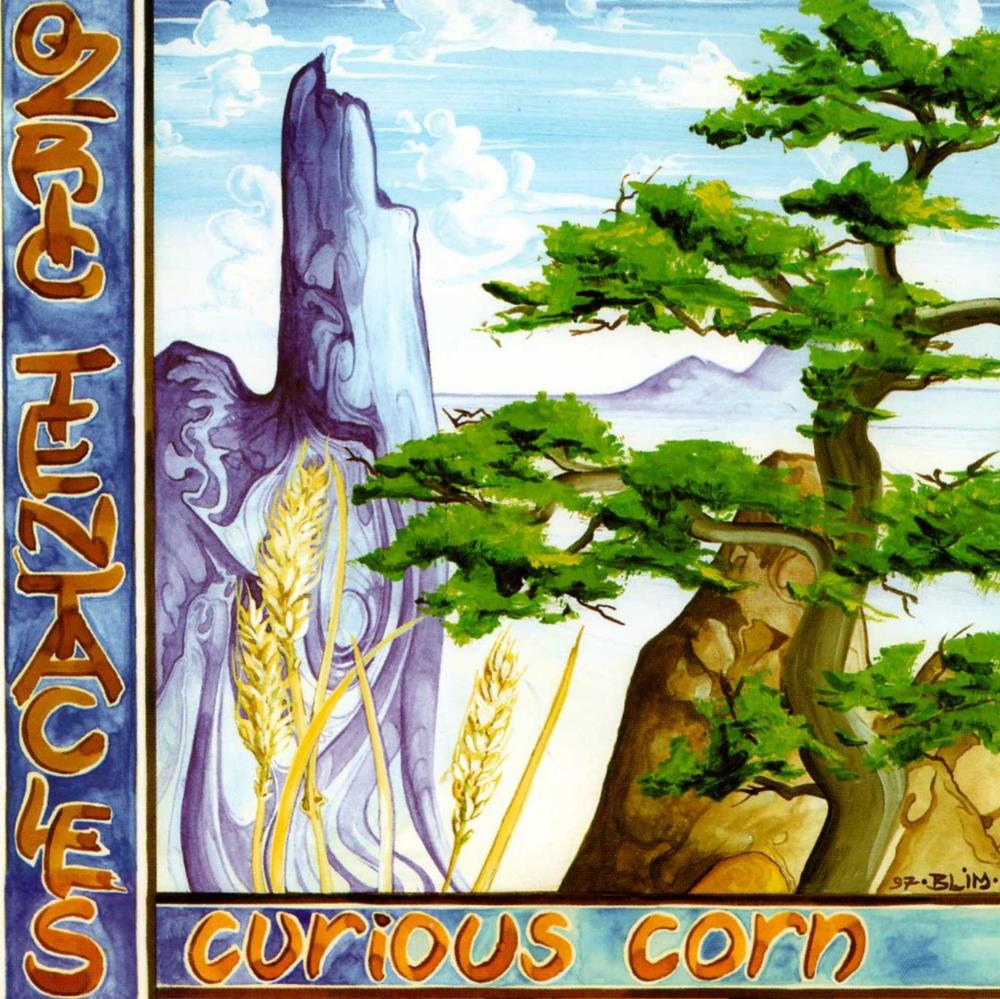
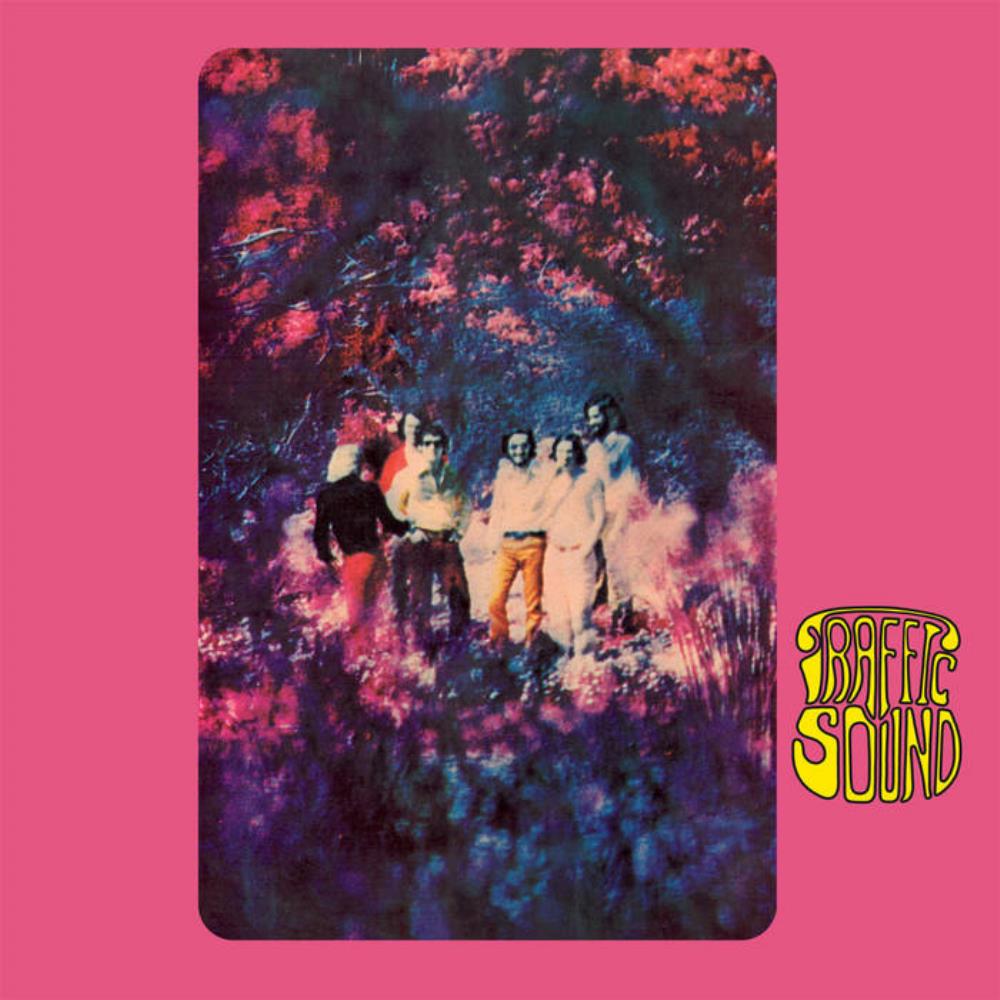
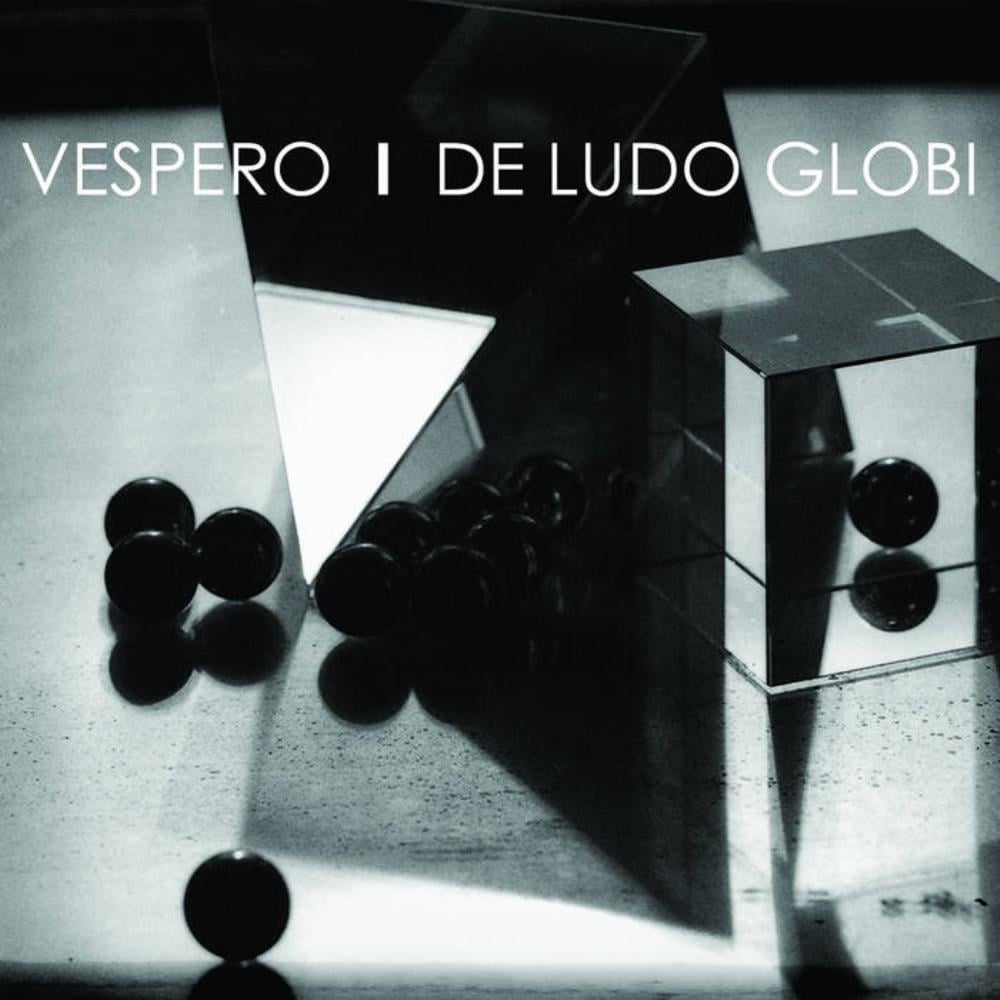
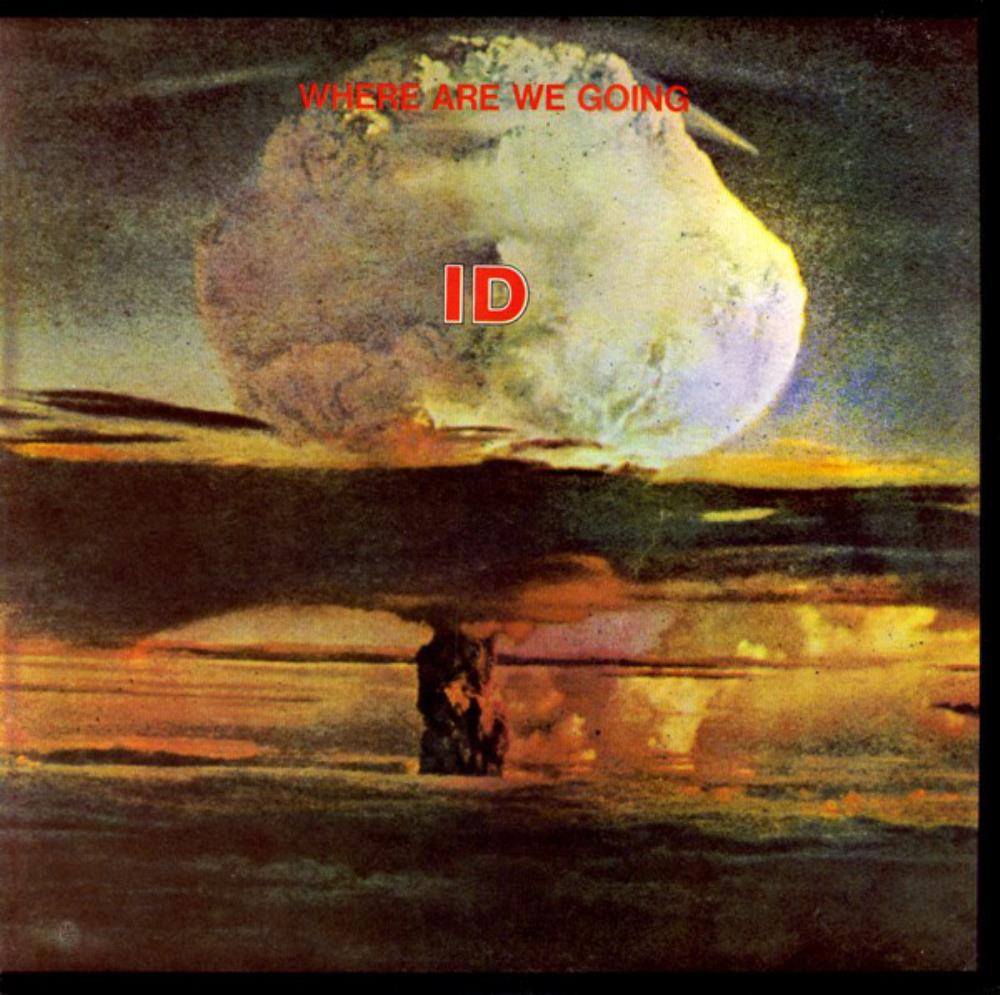
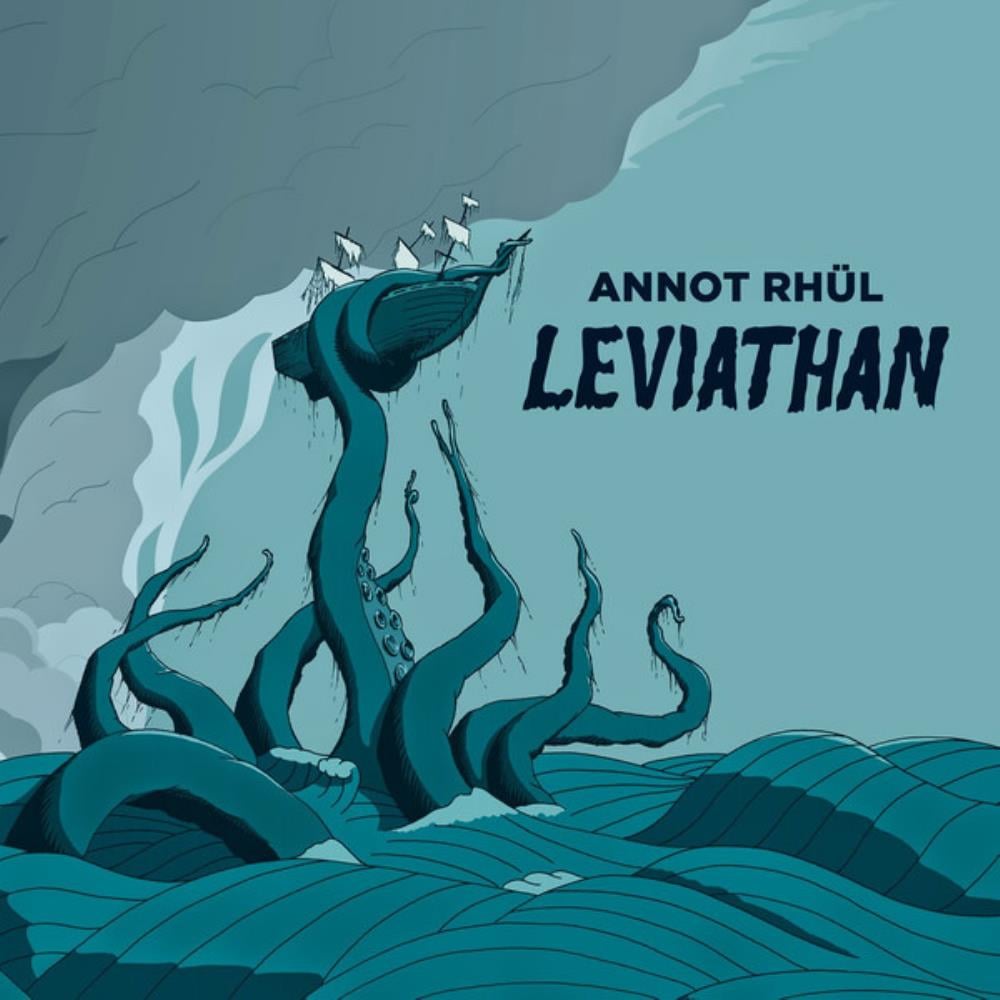
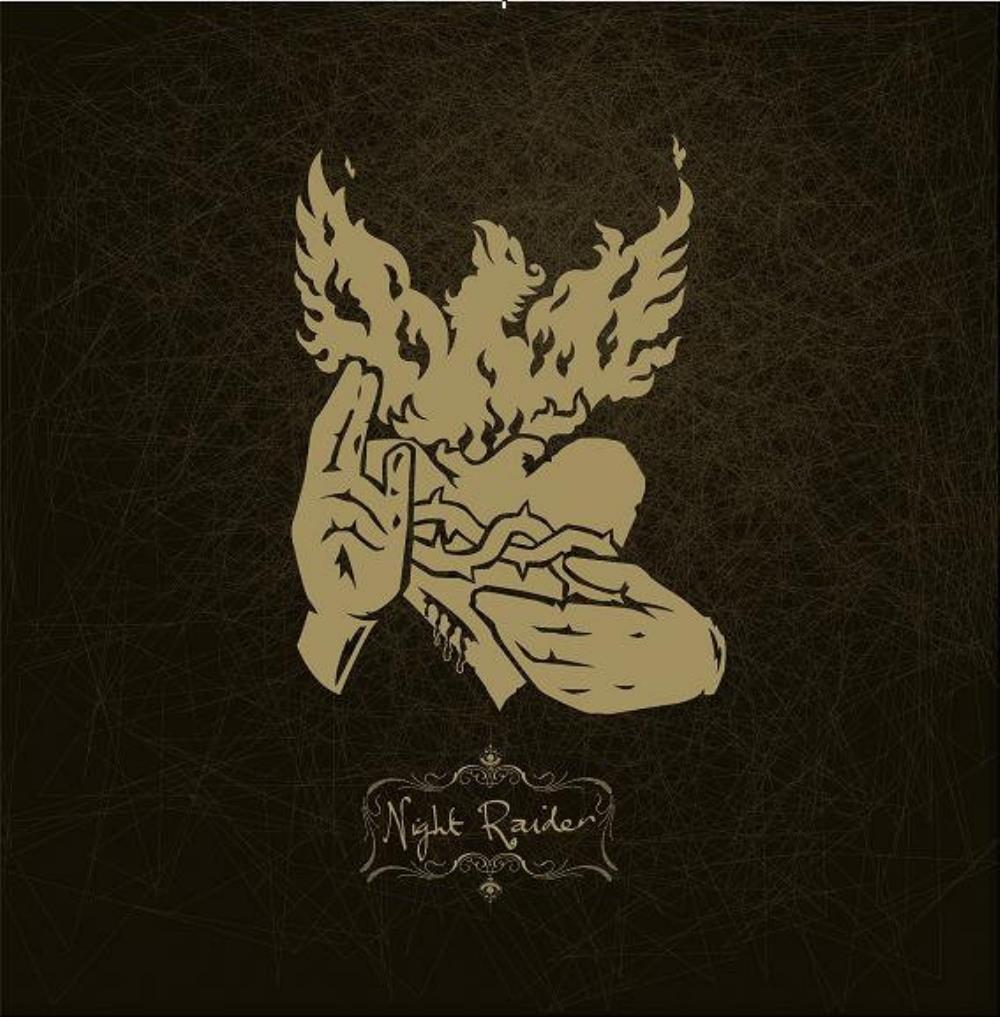
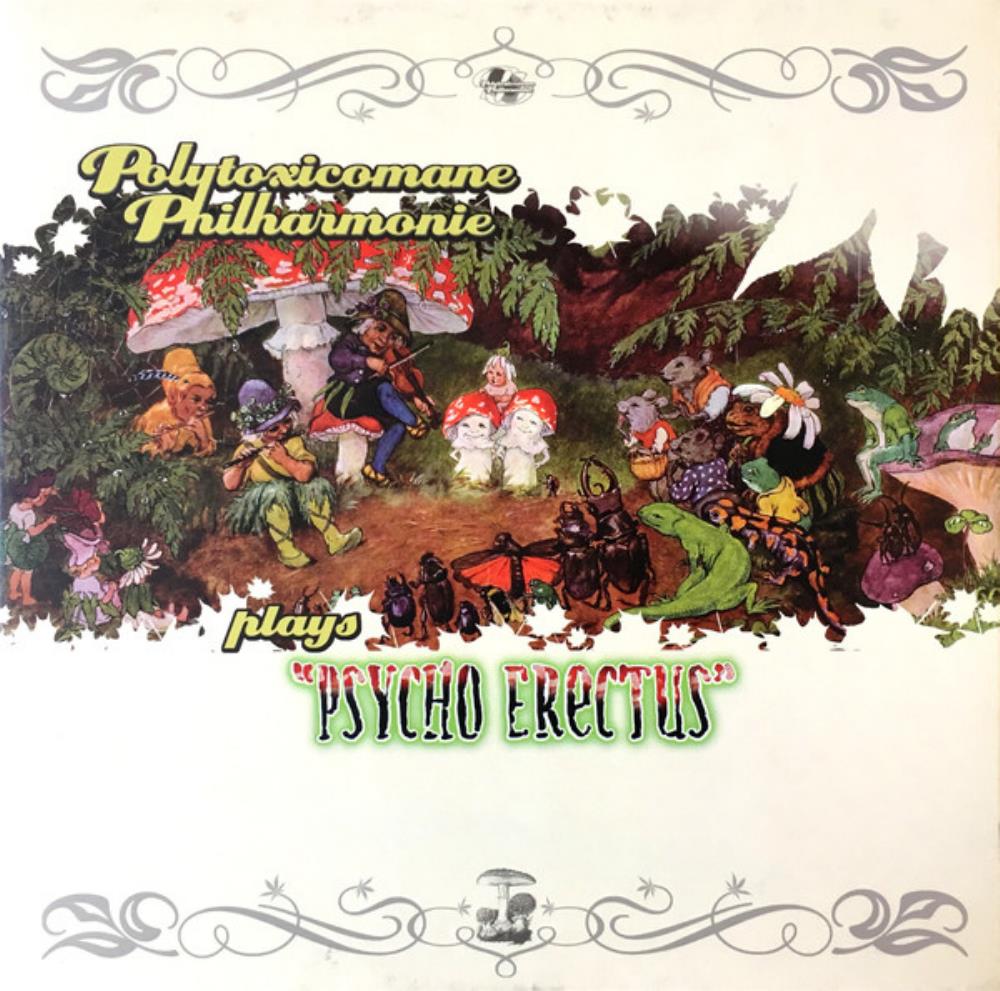
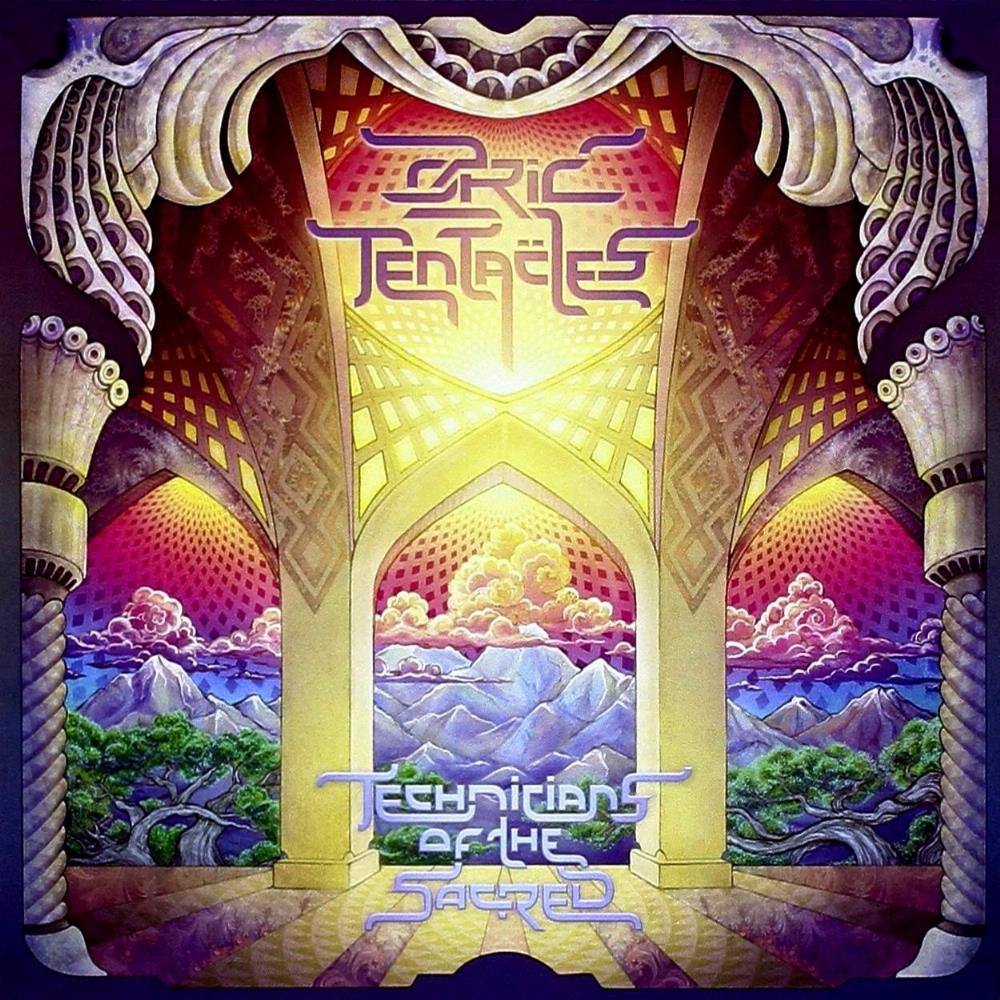
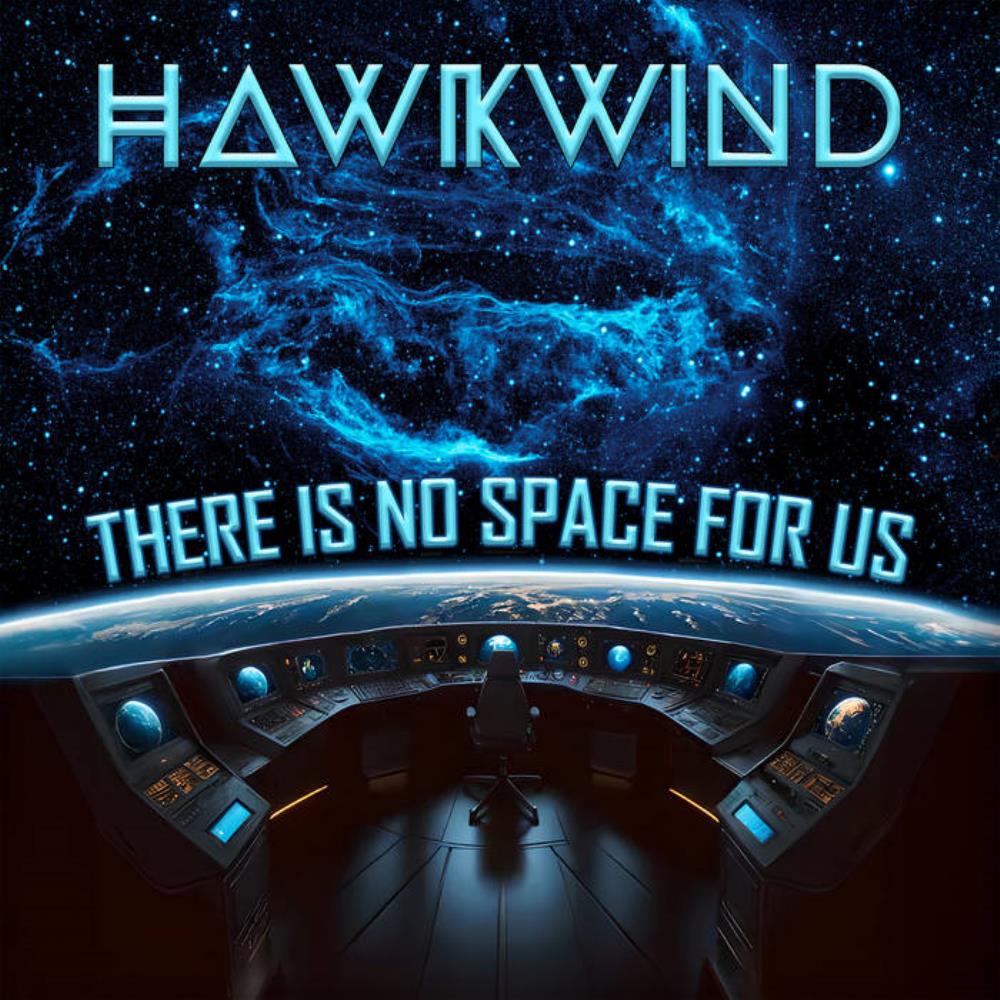
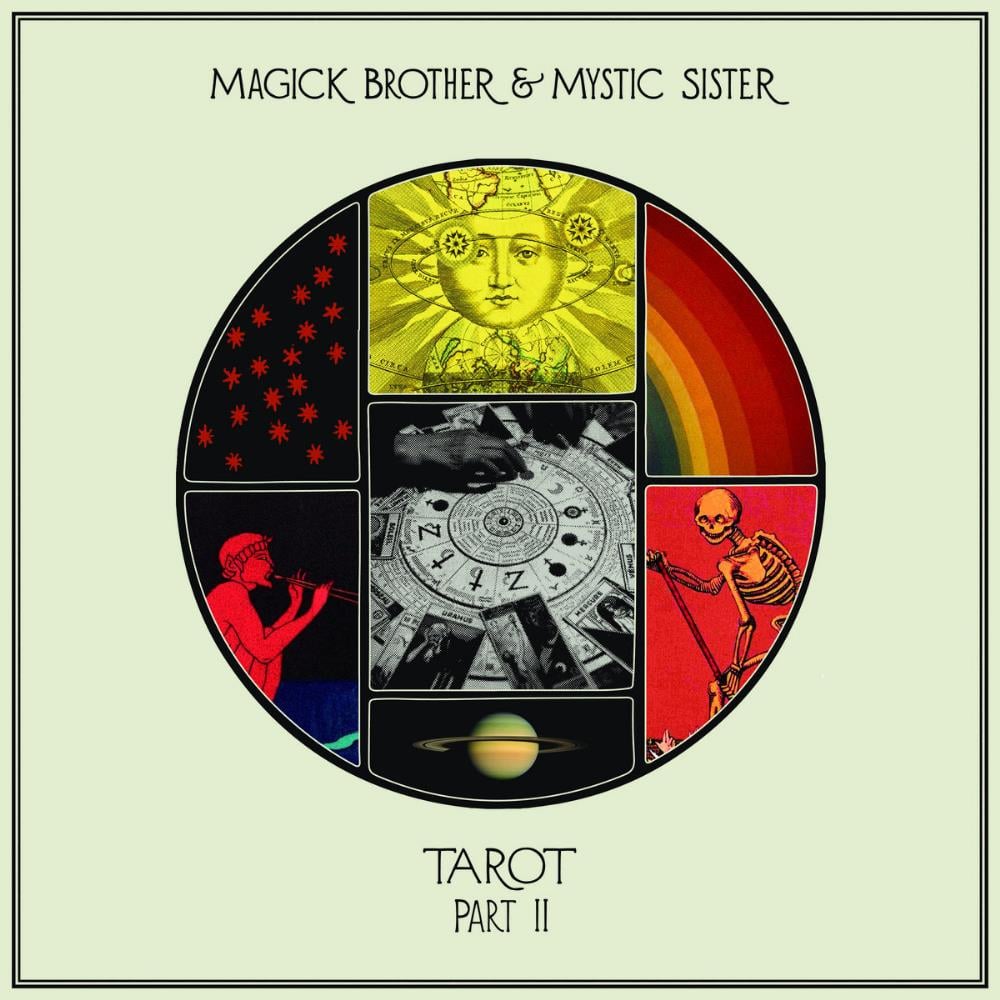
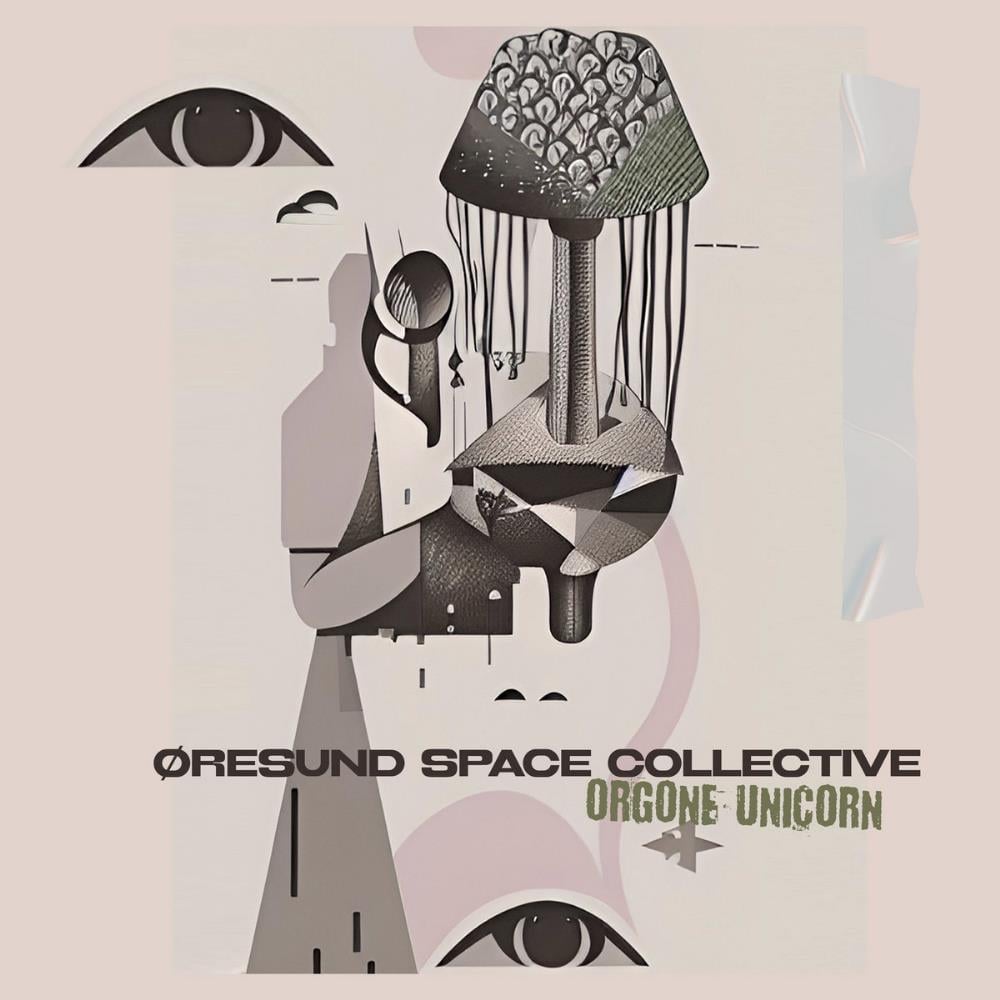
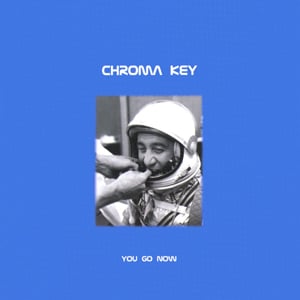
 |
|